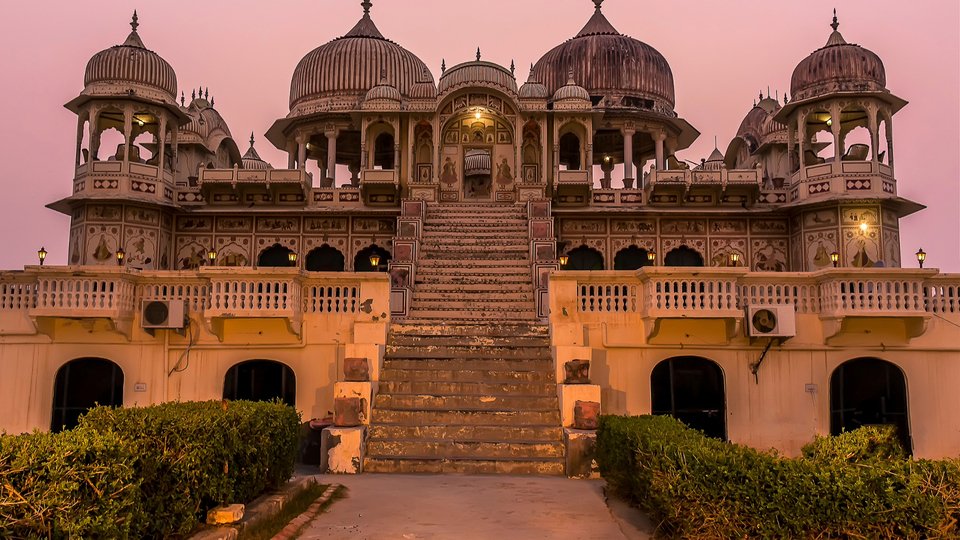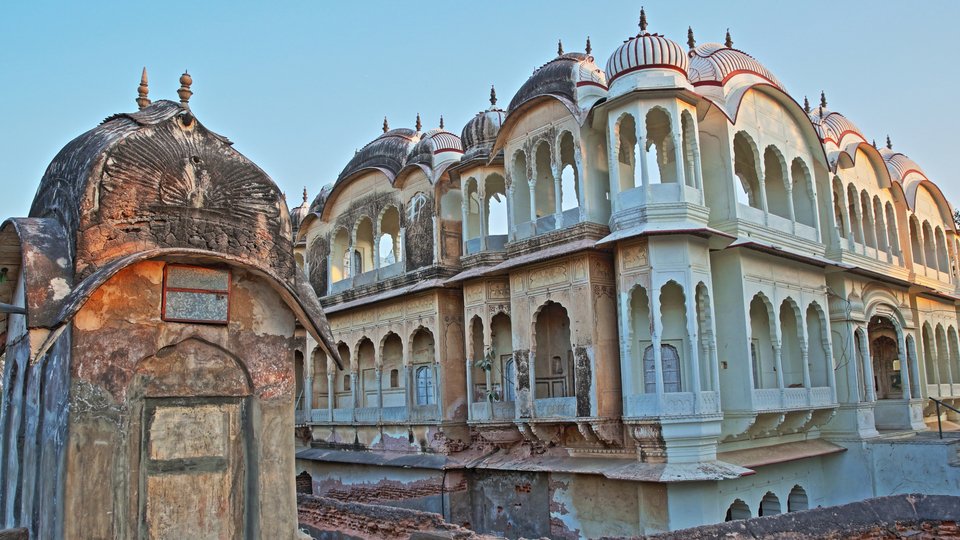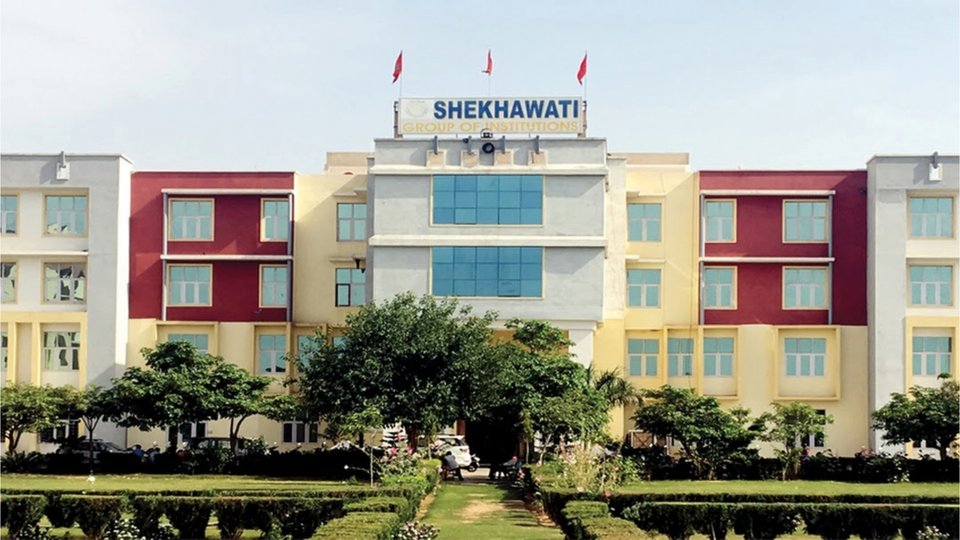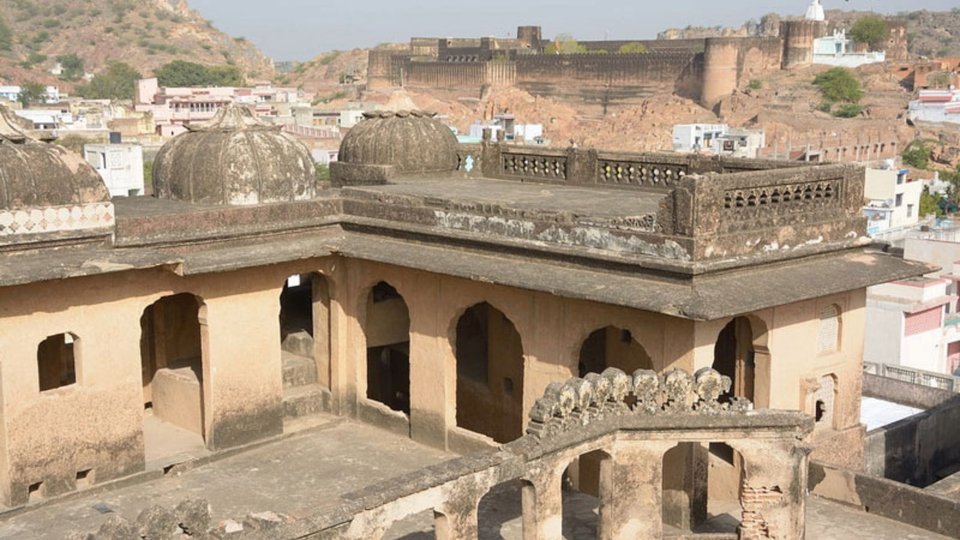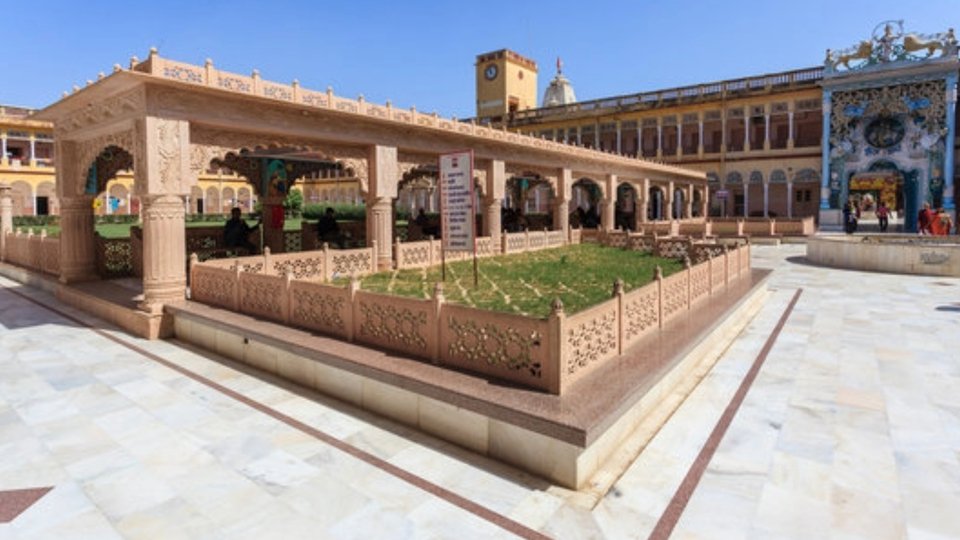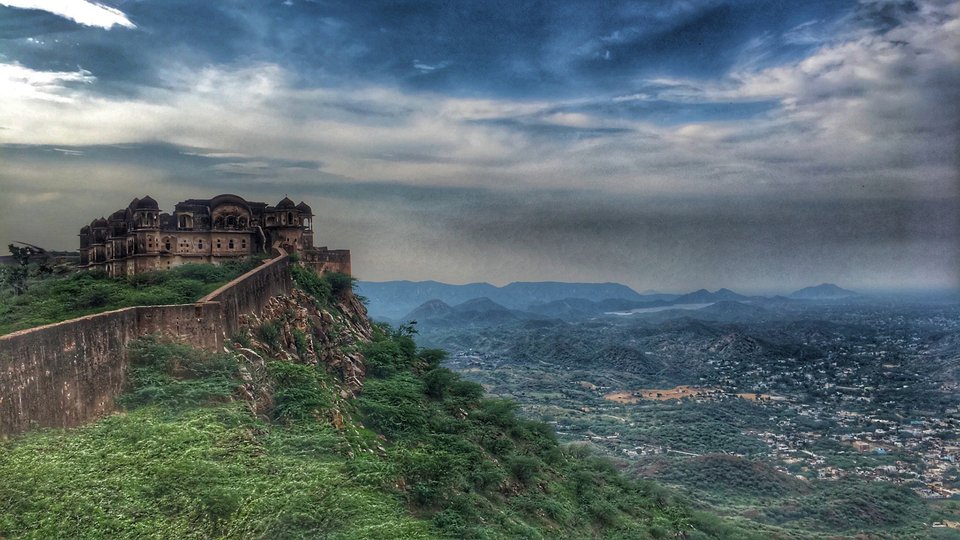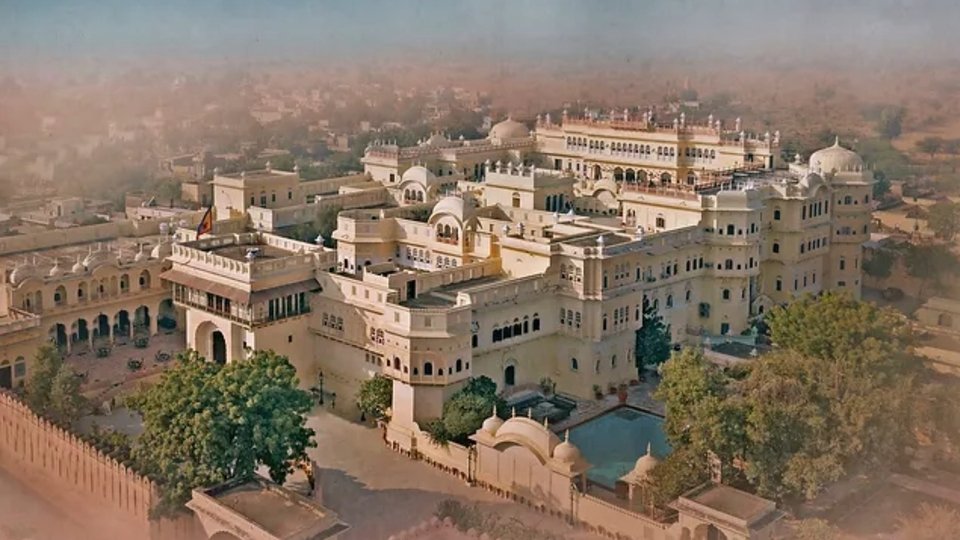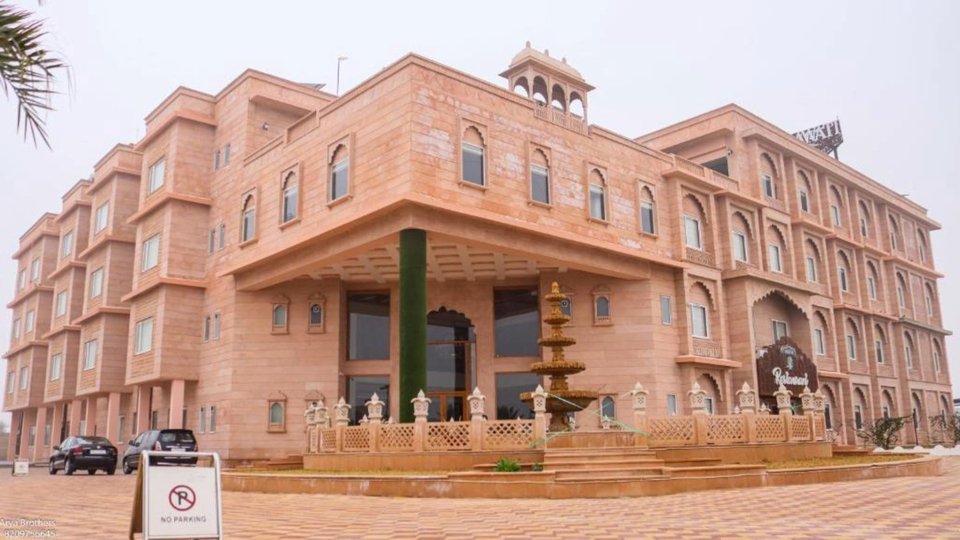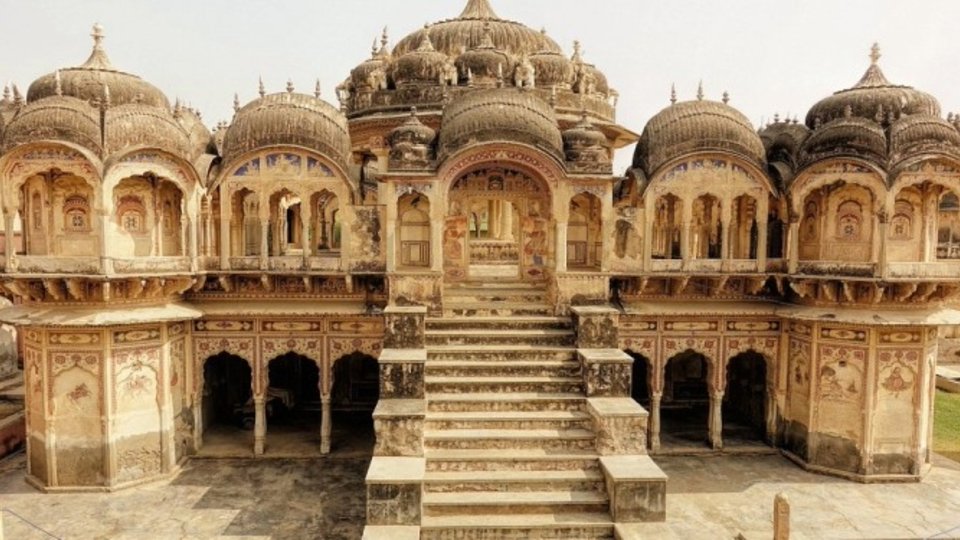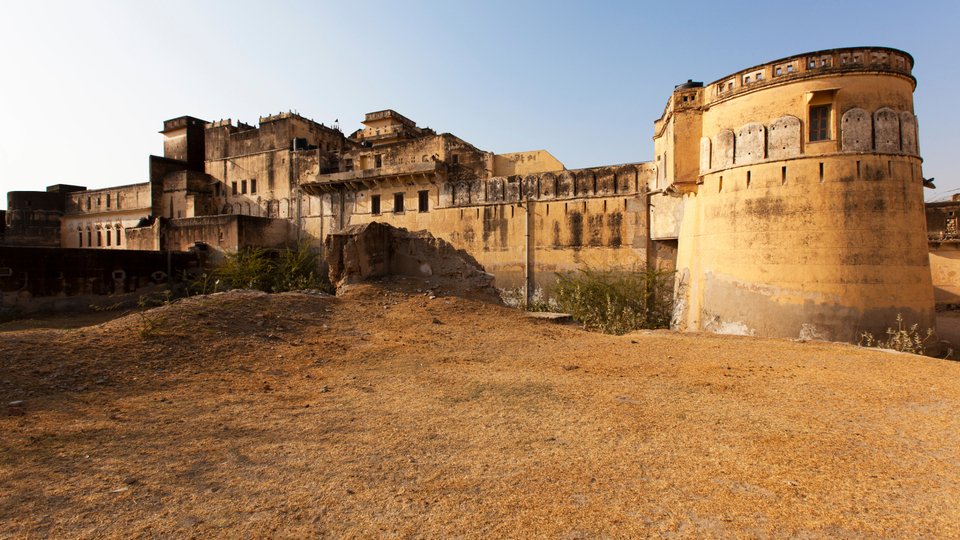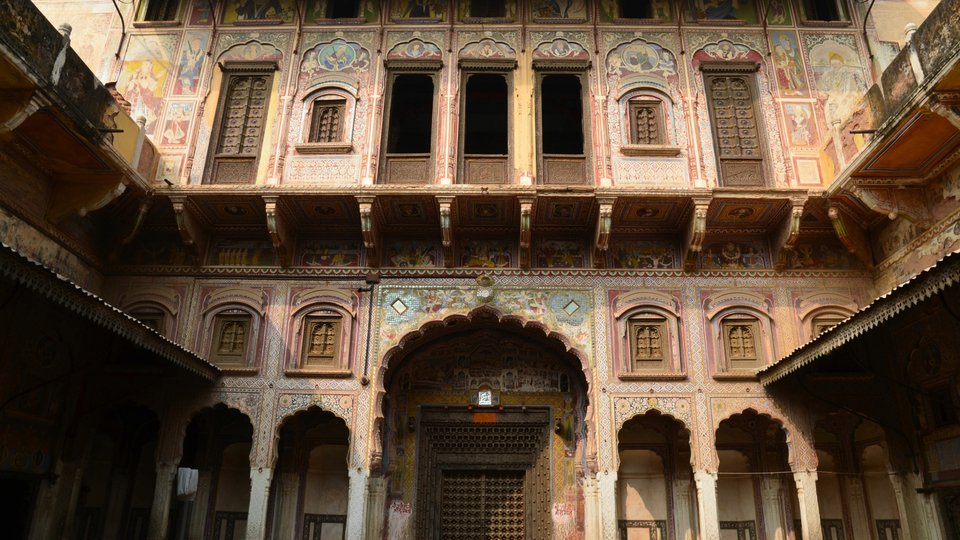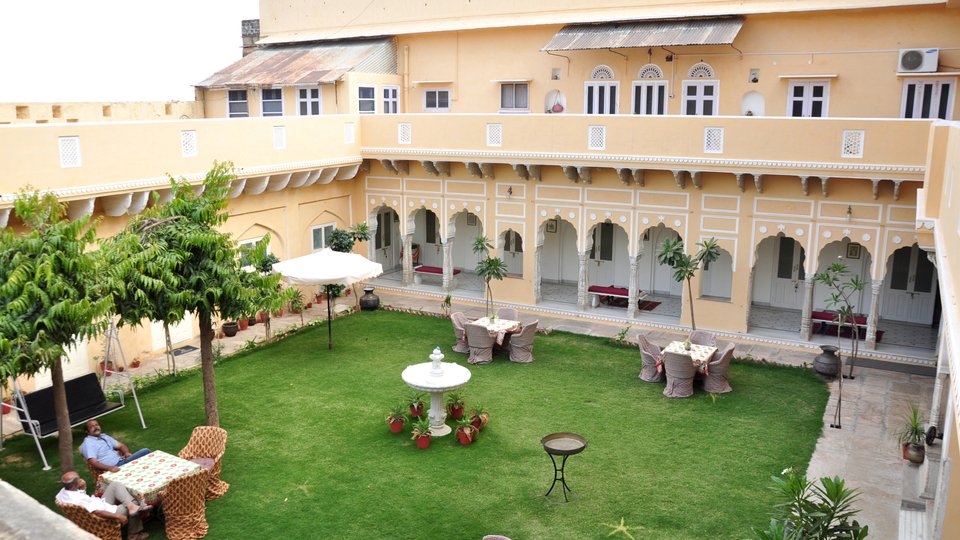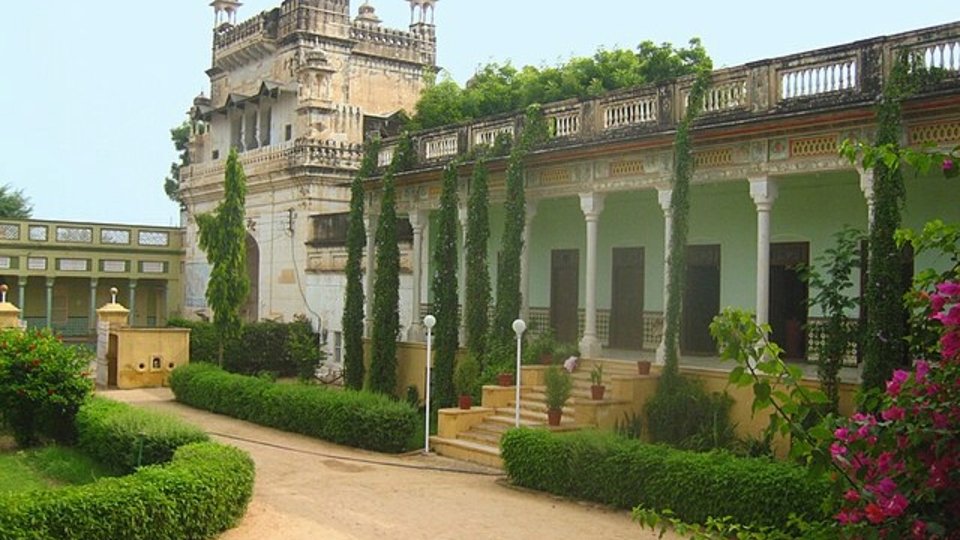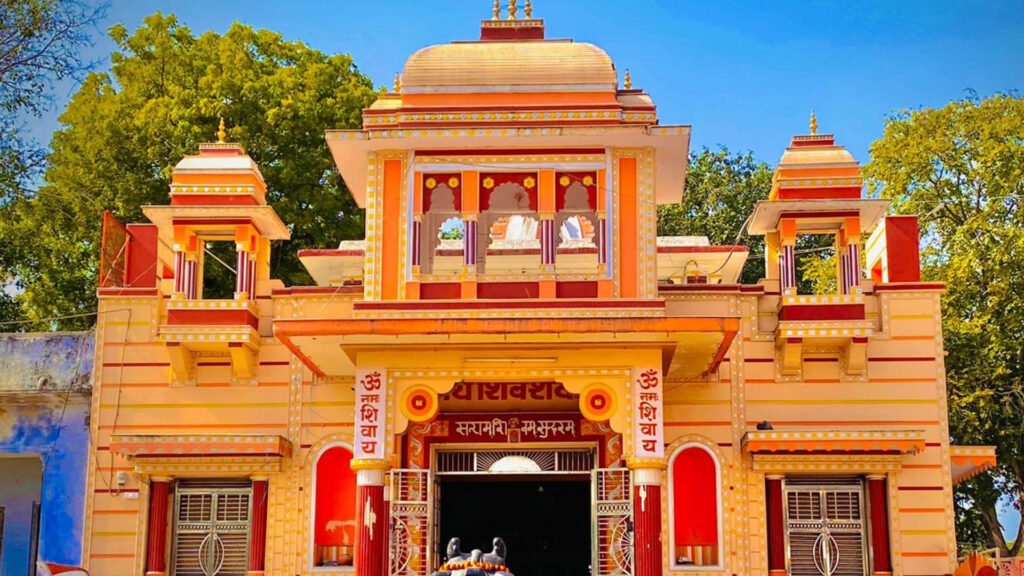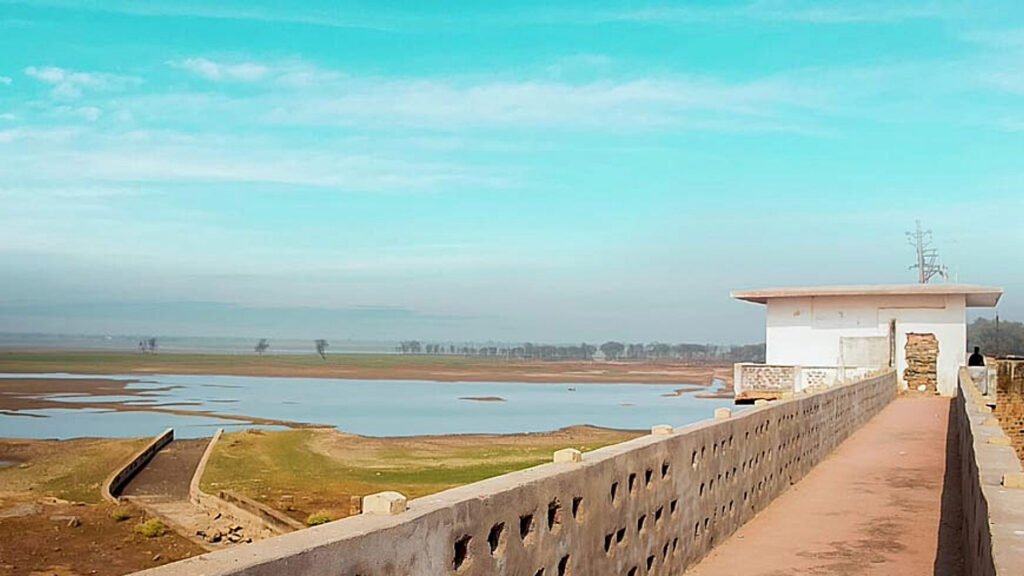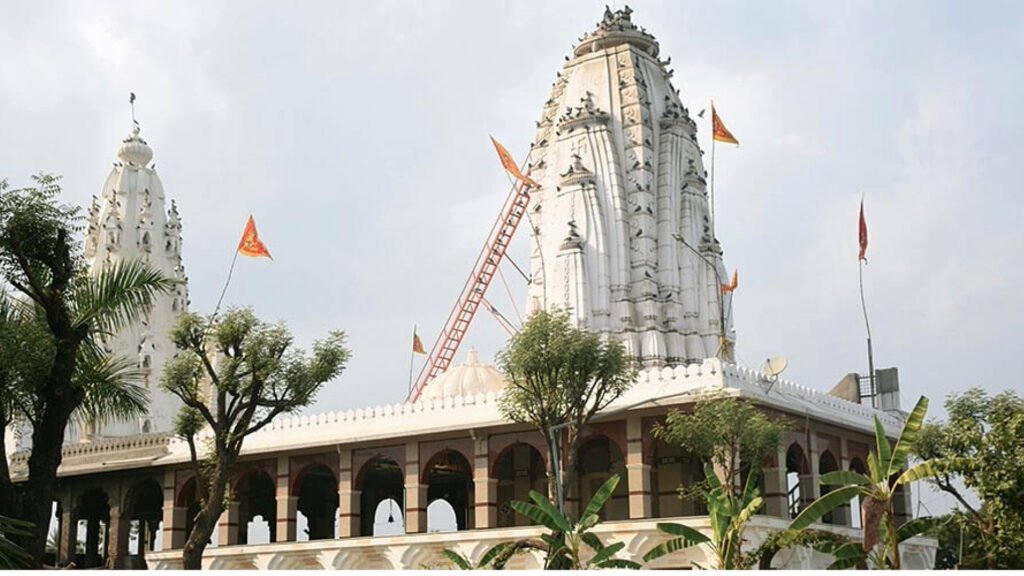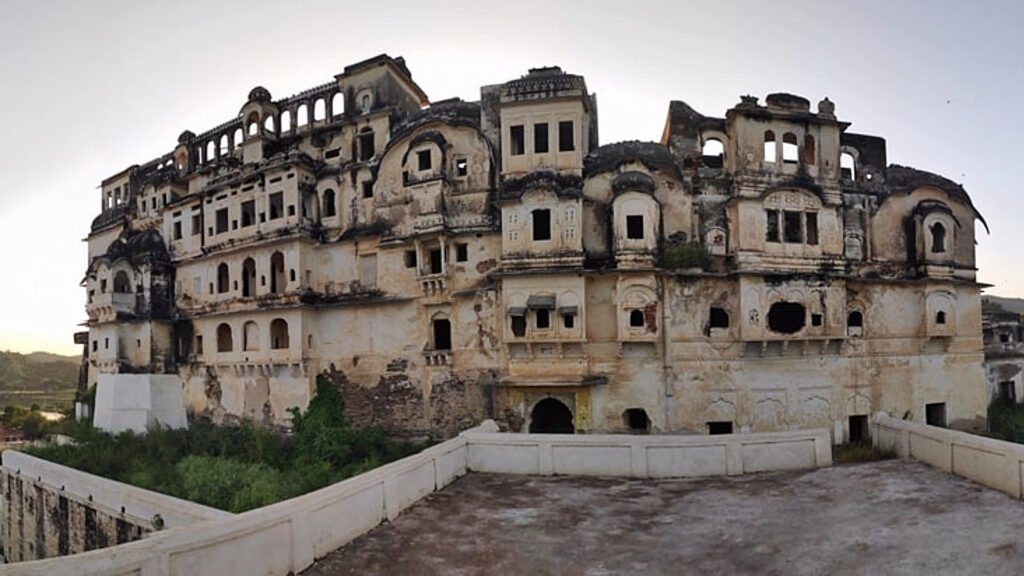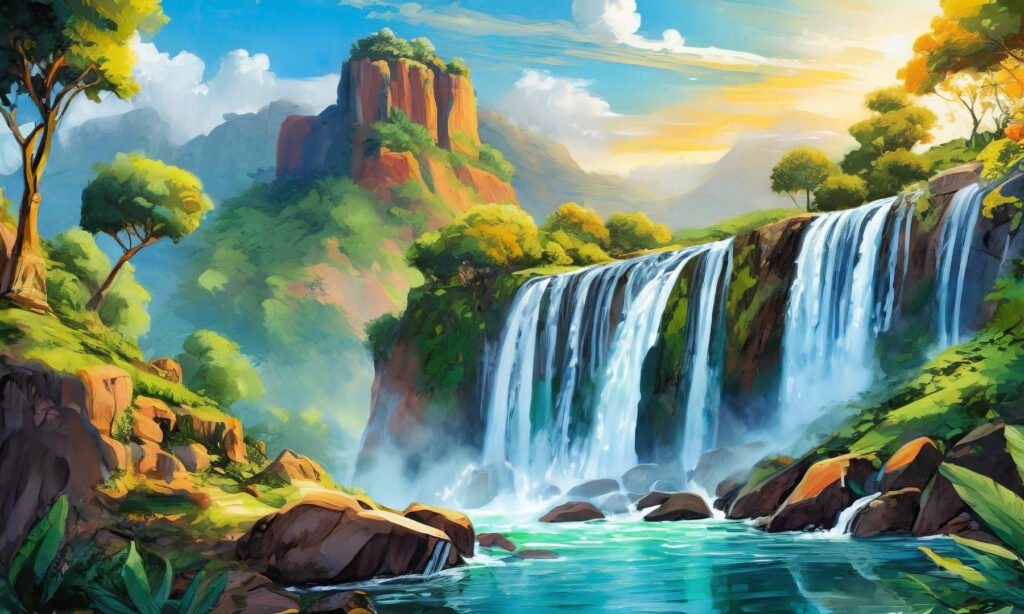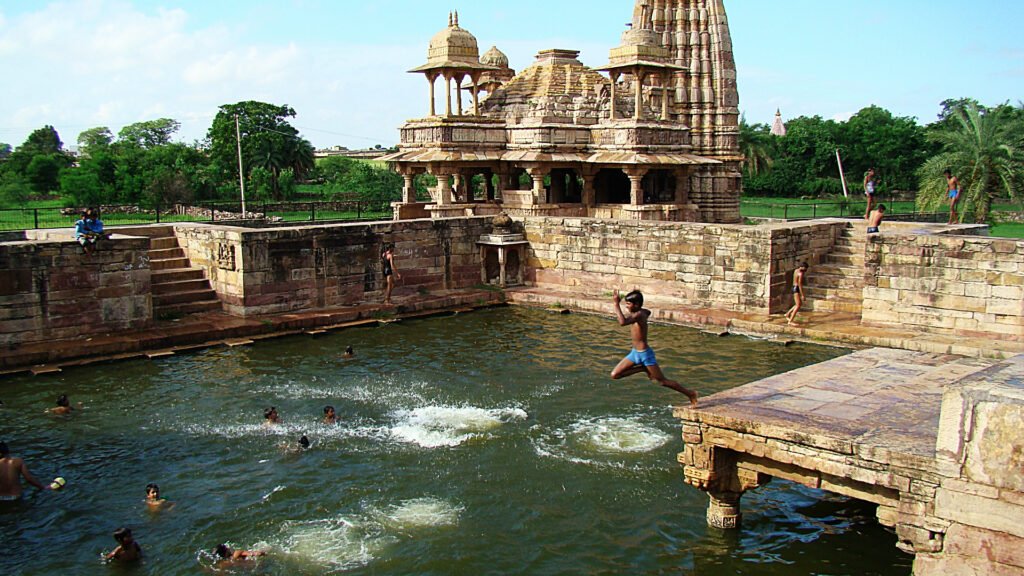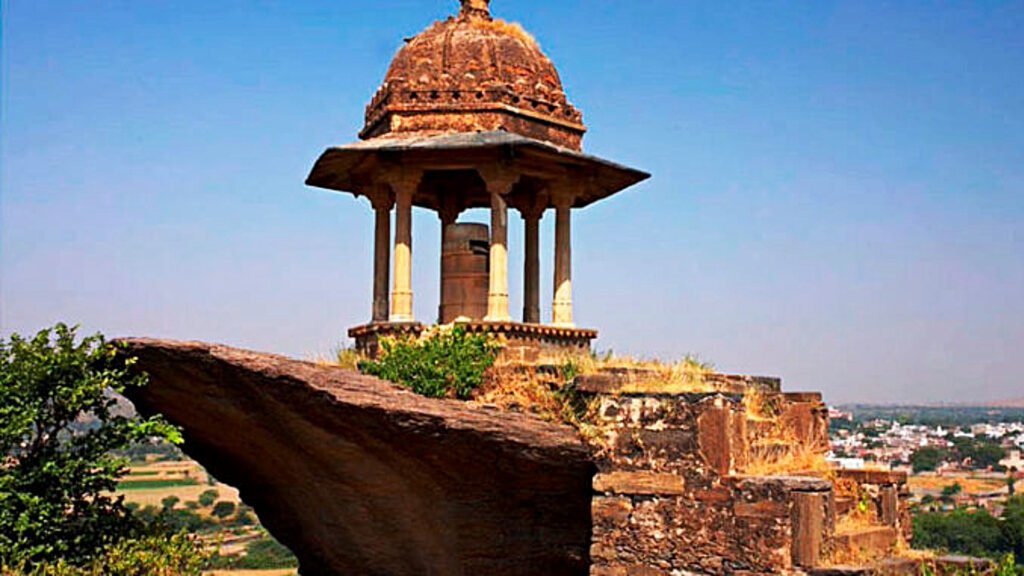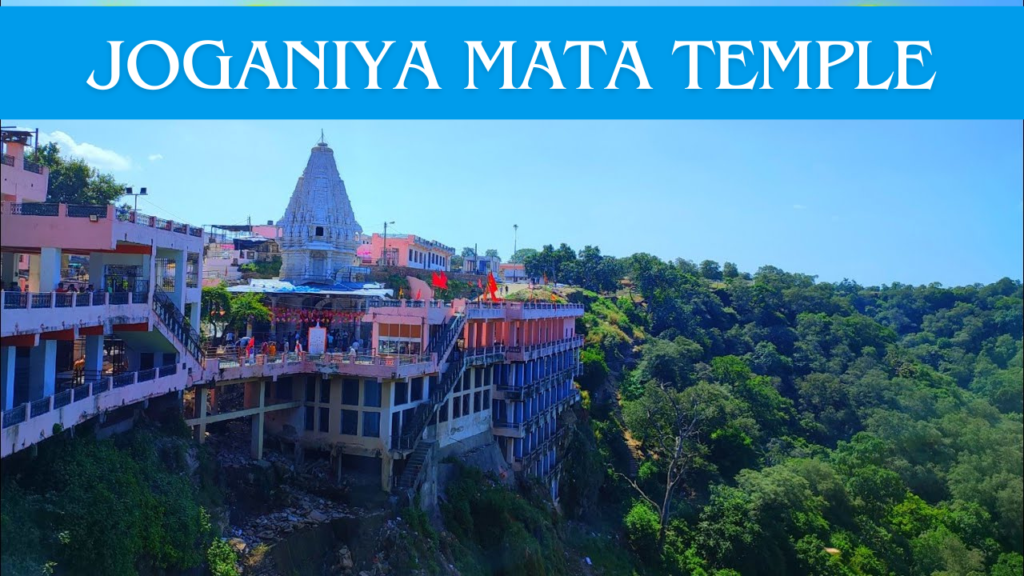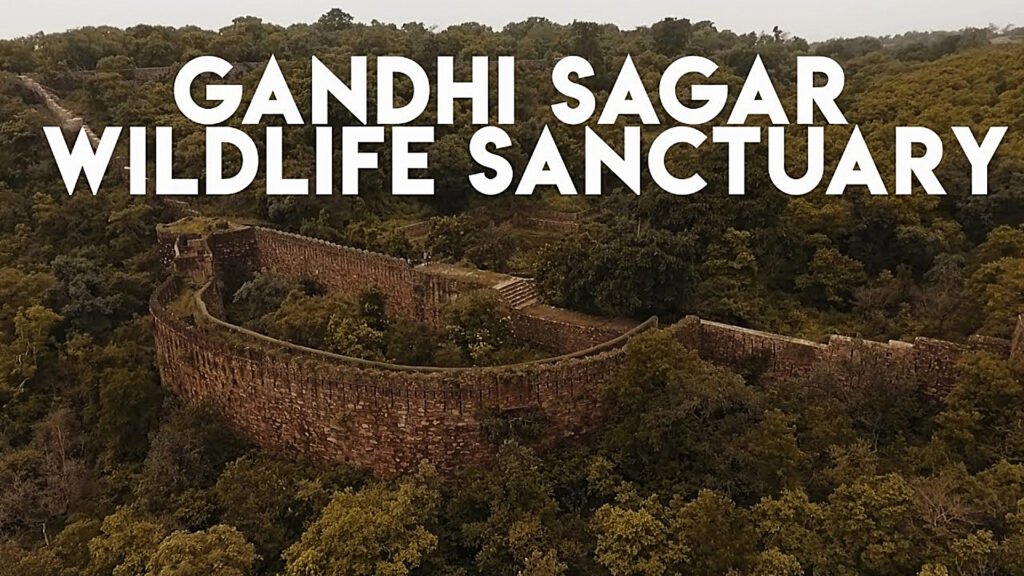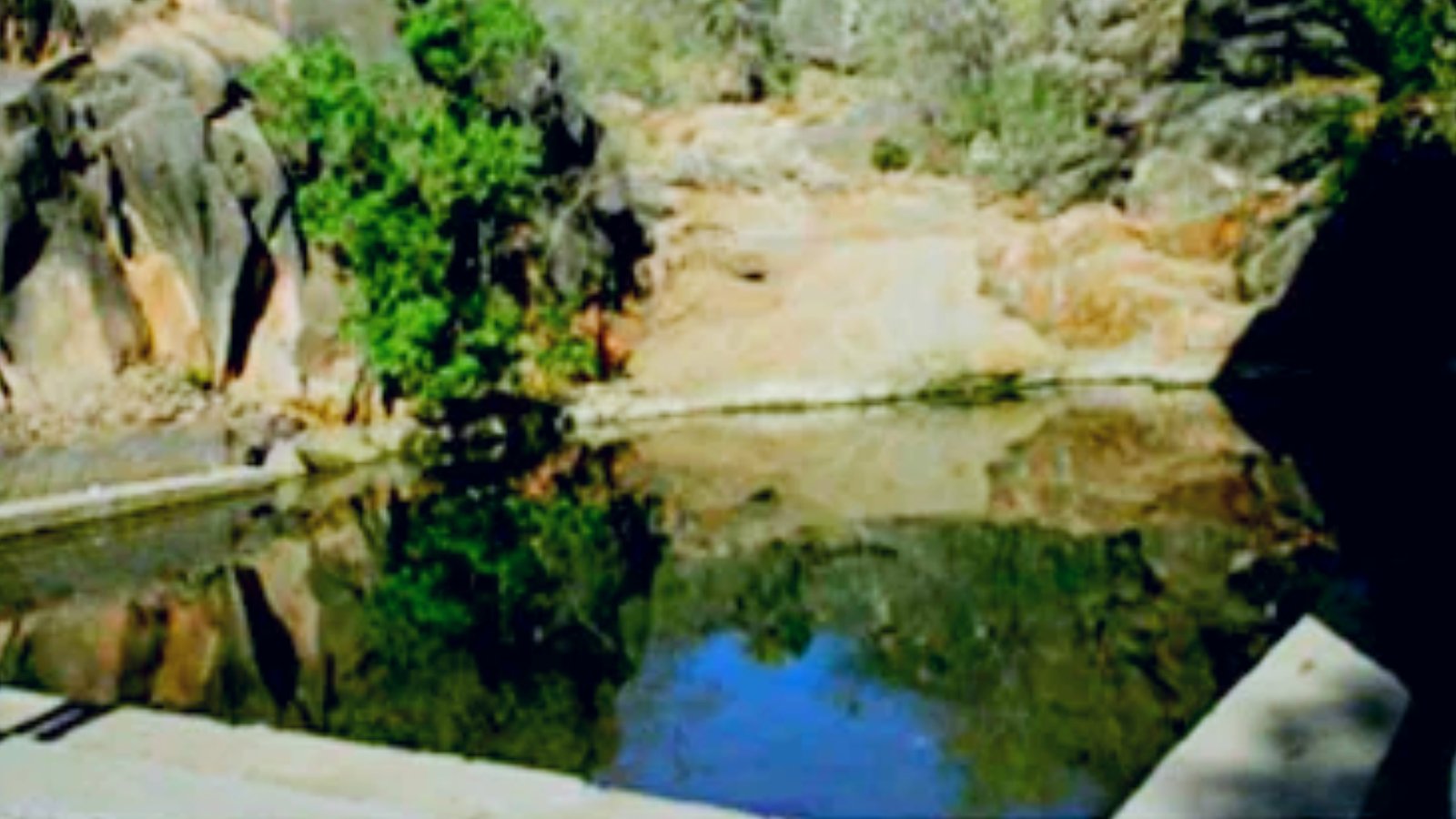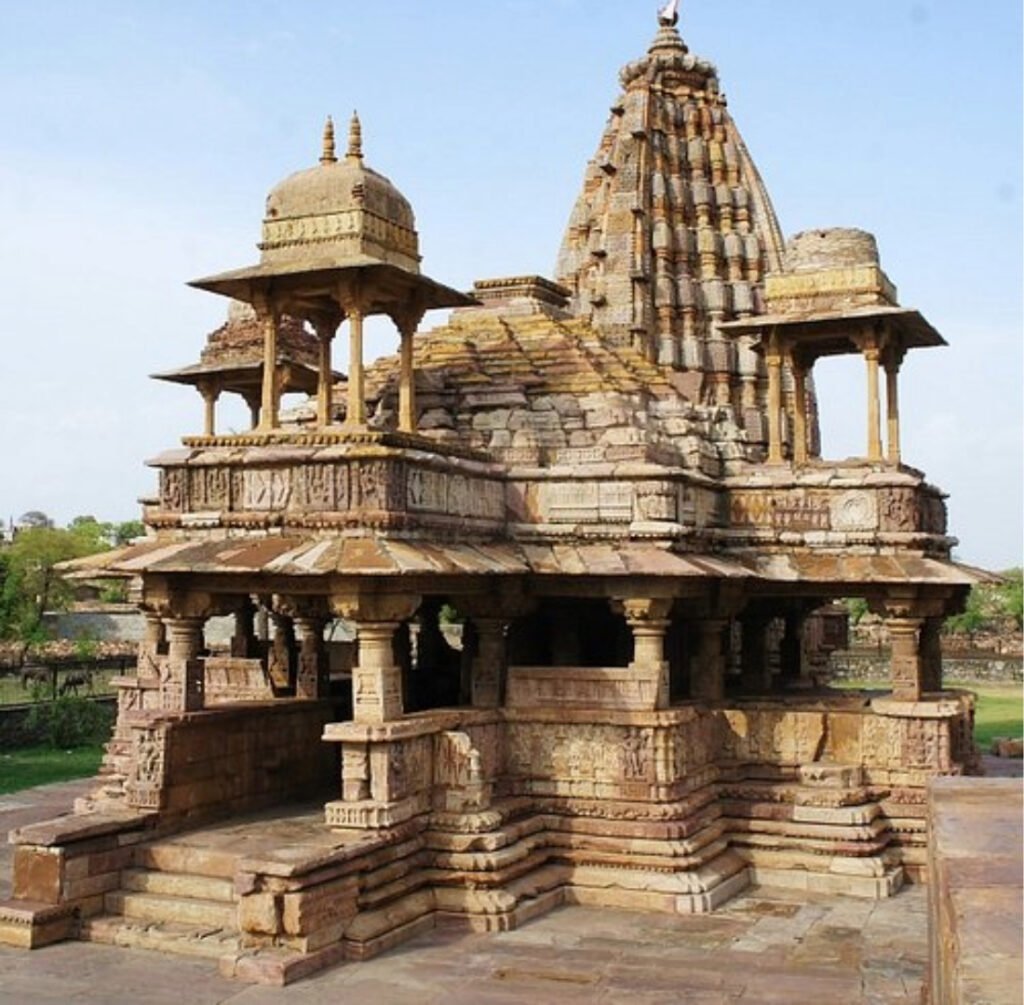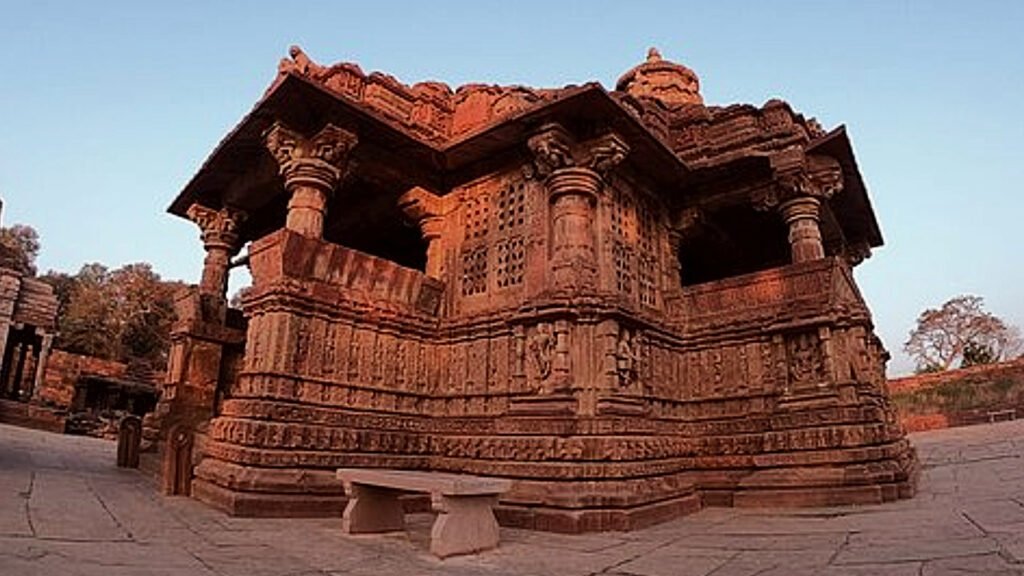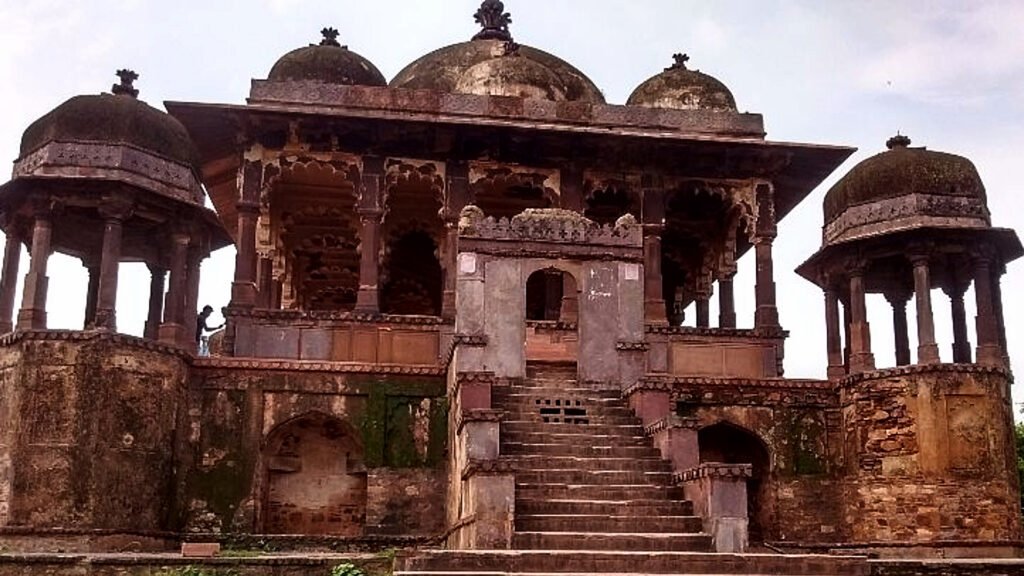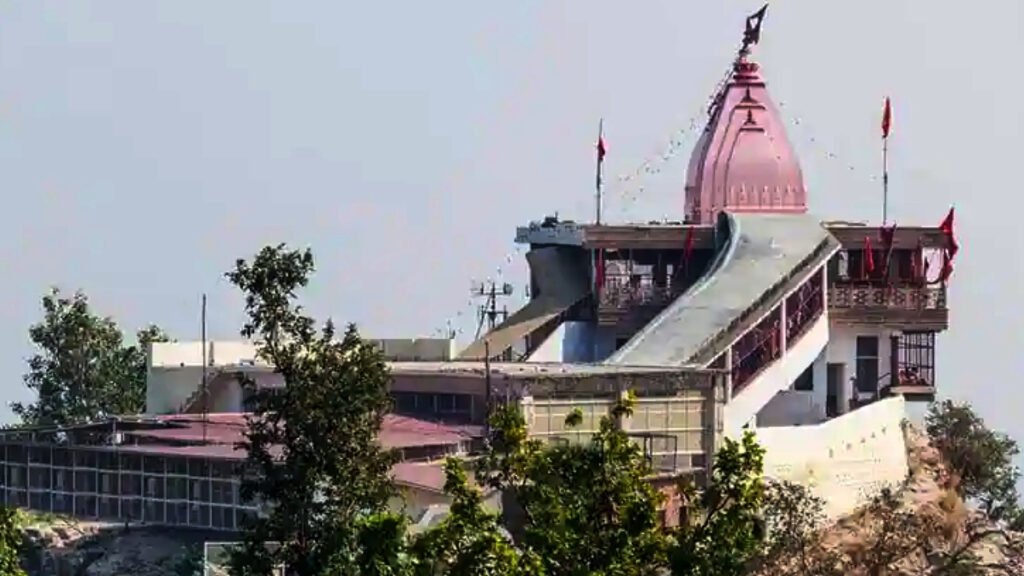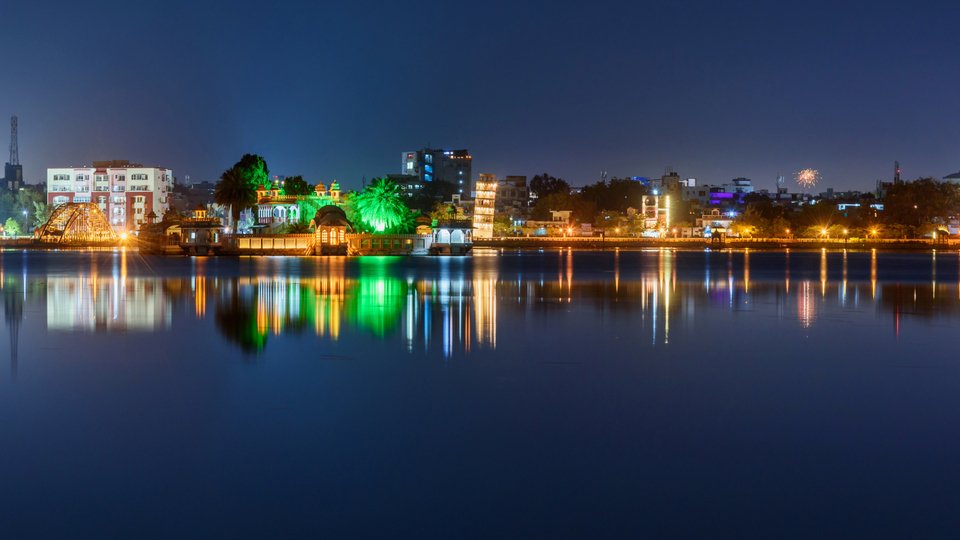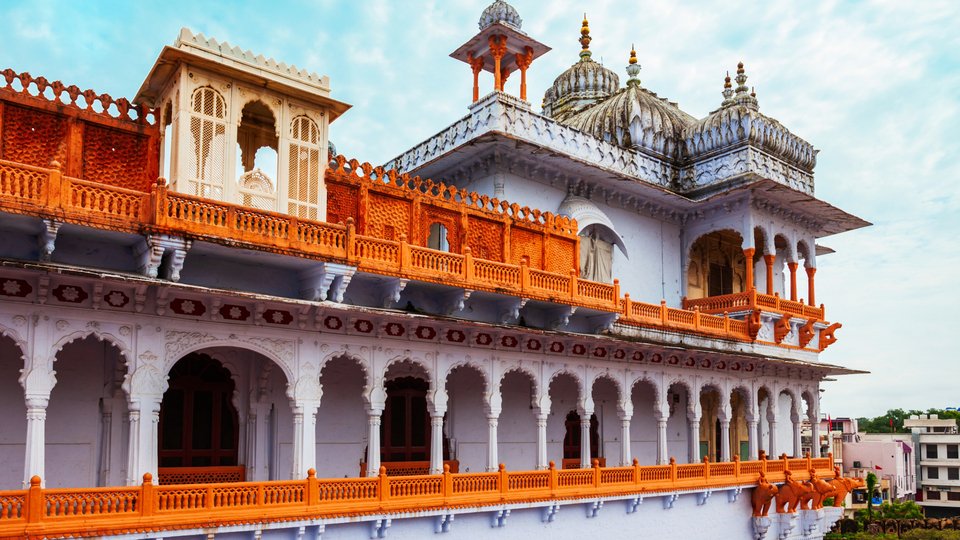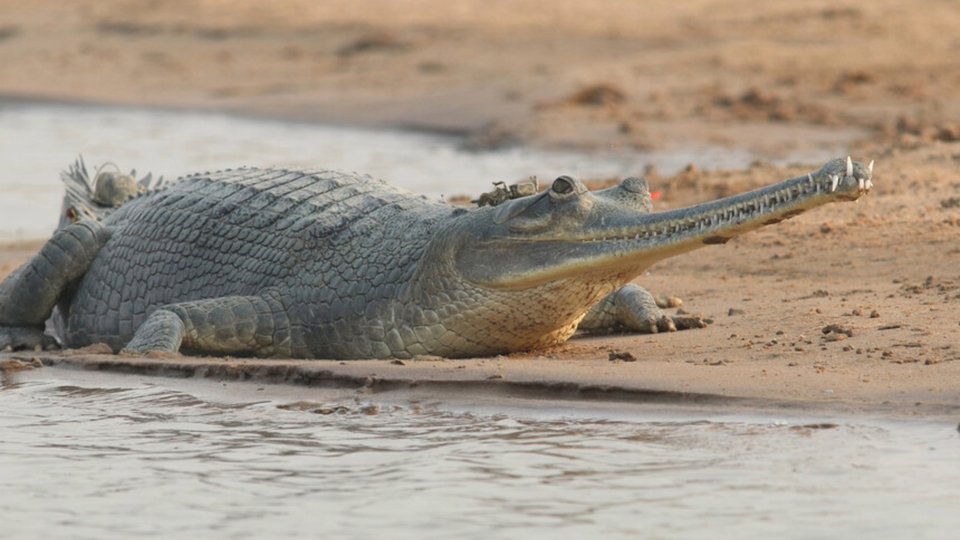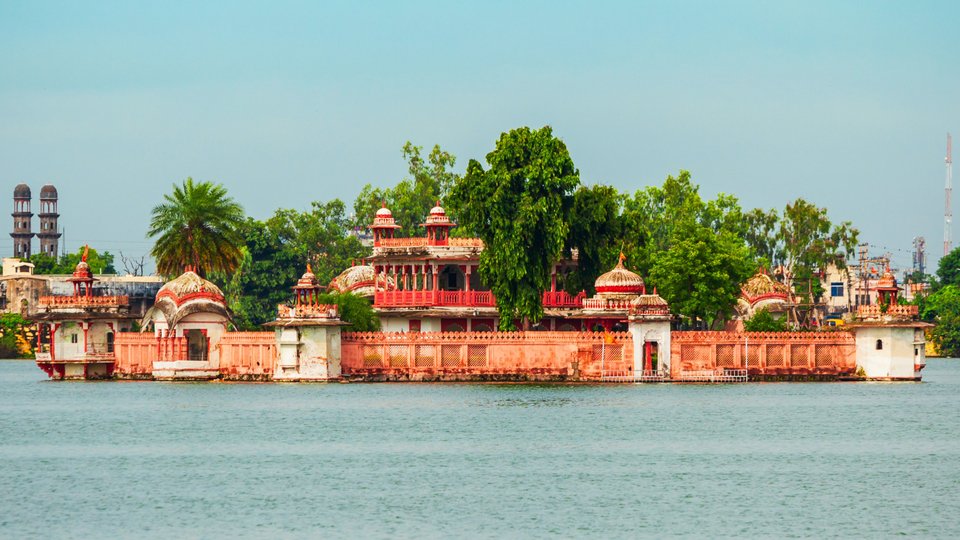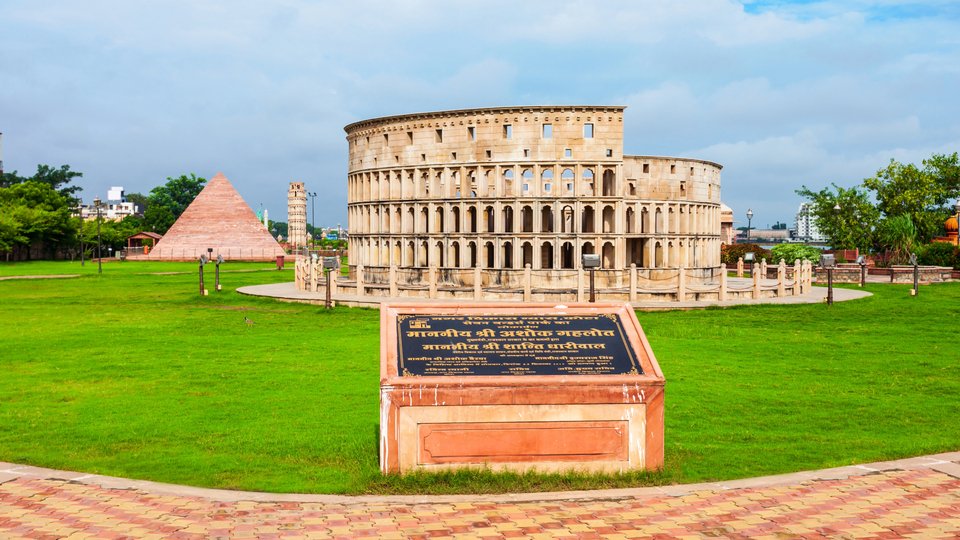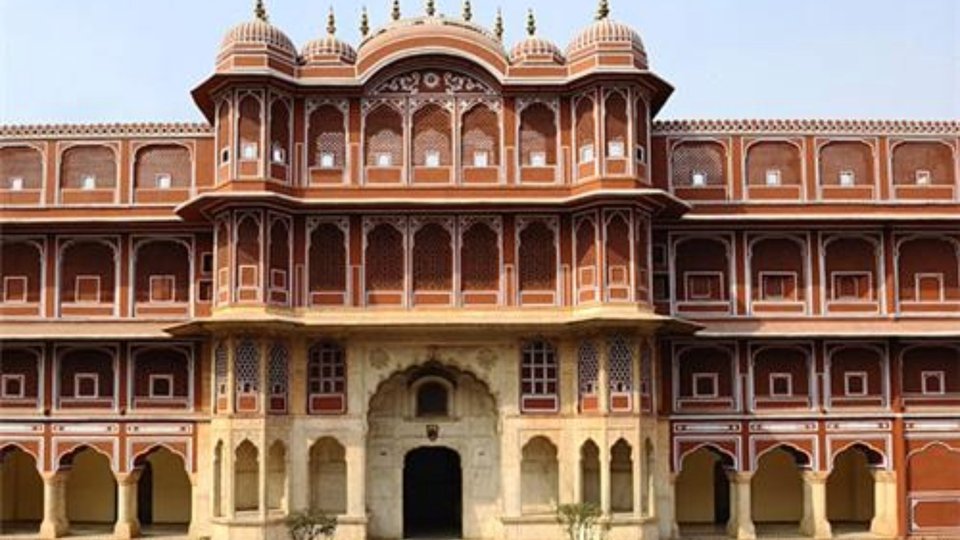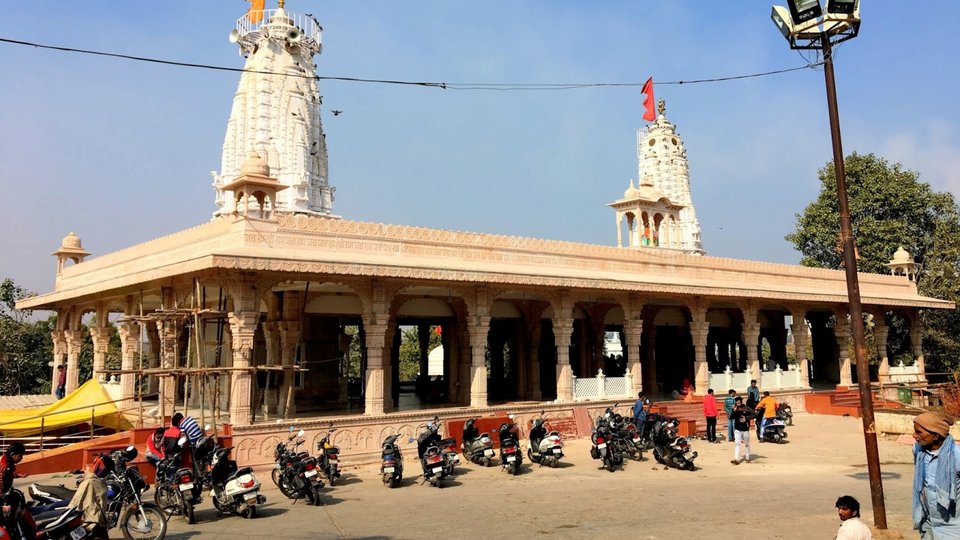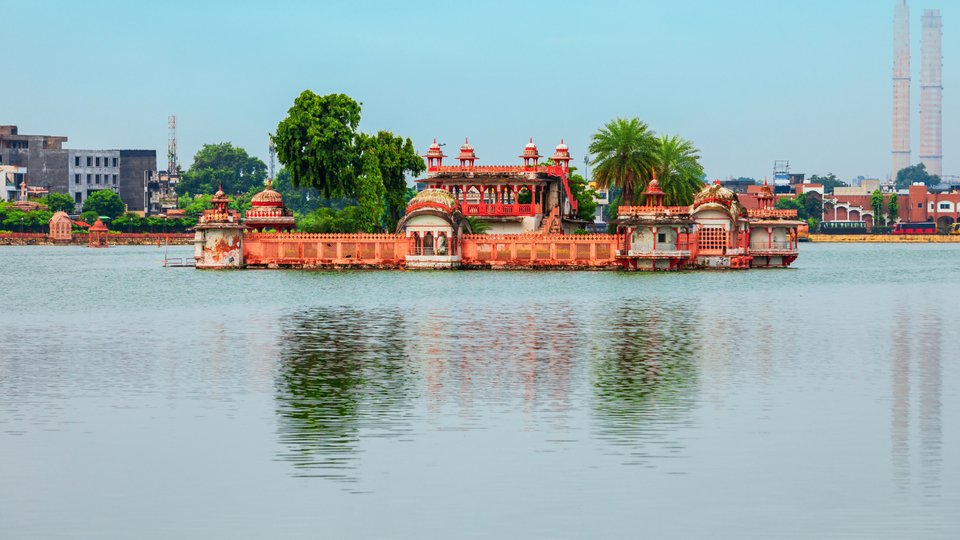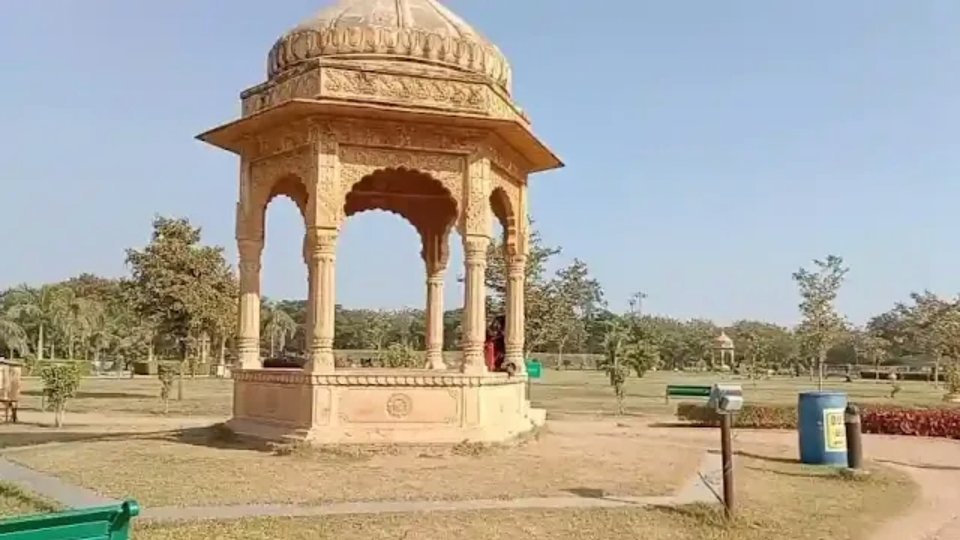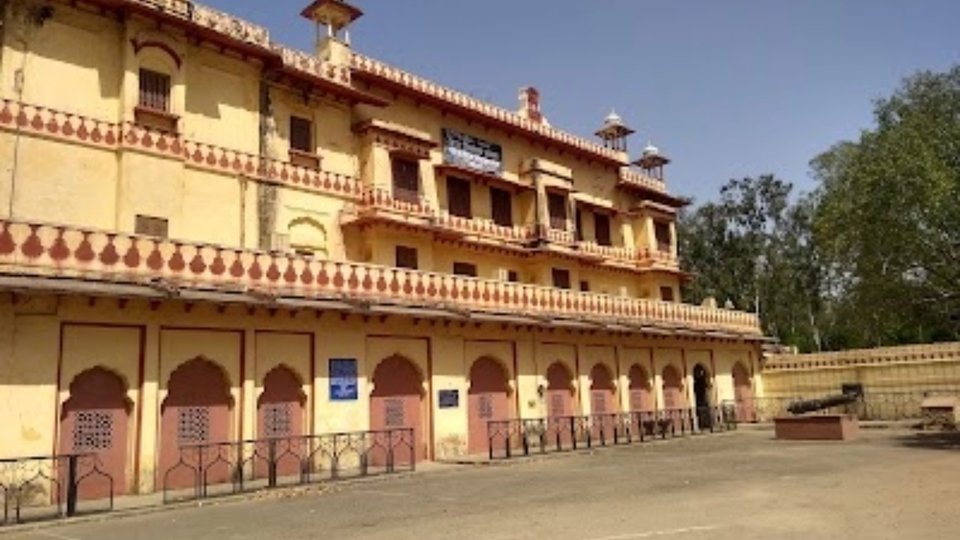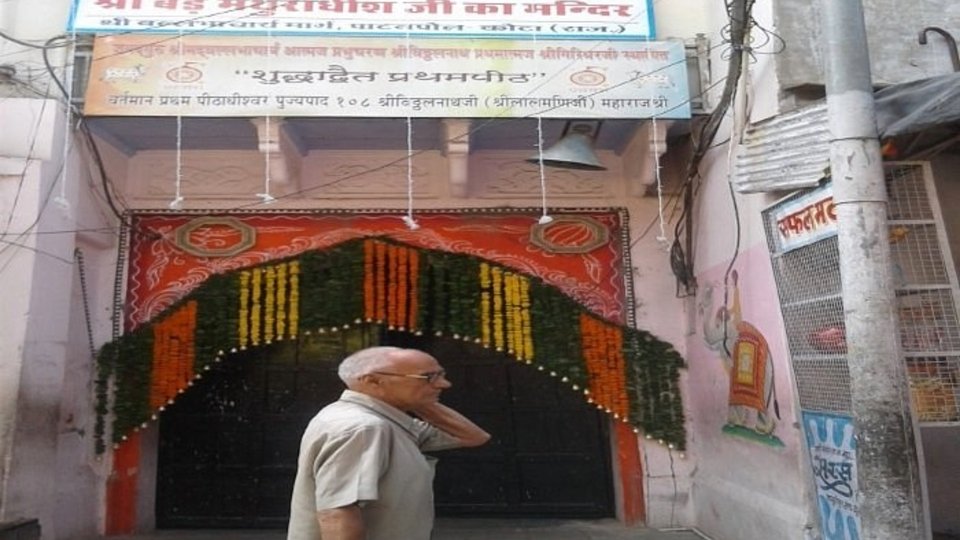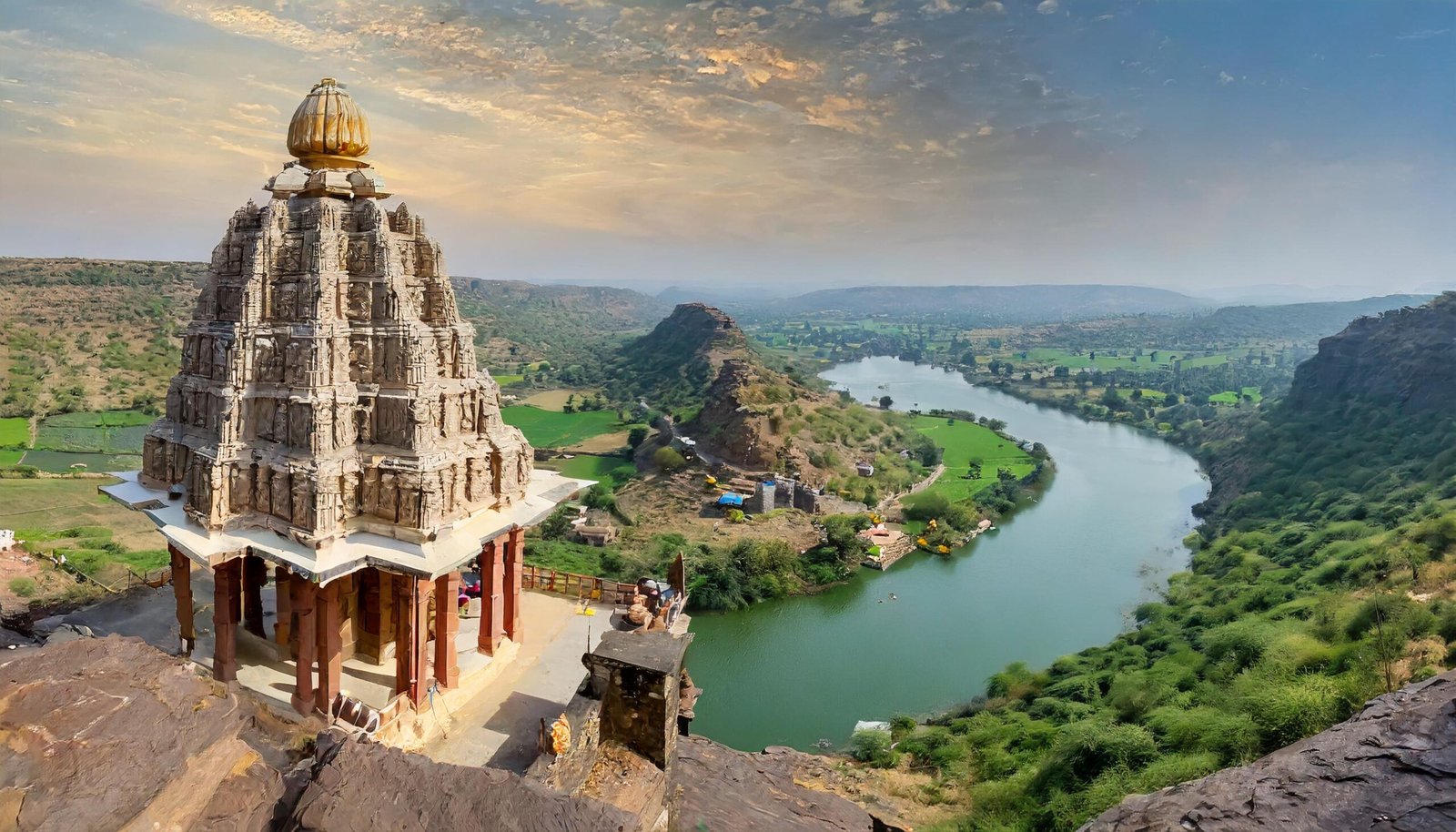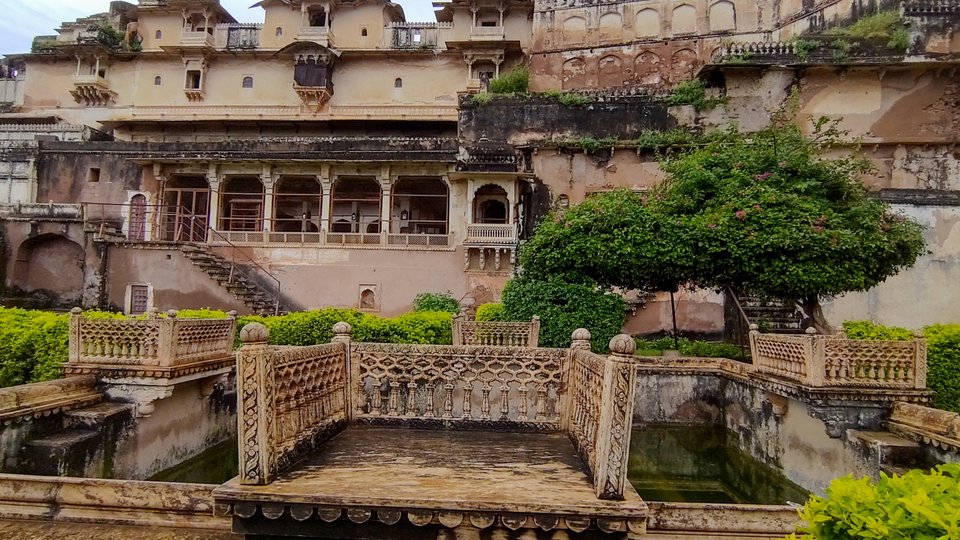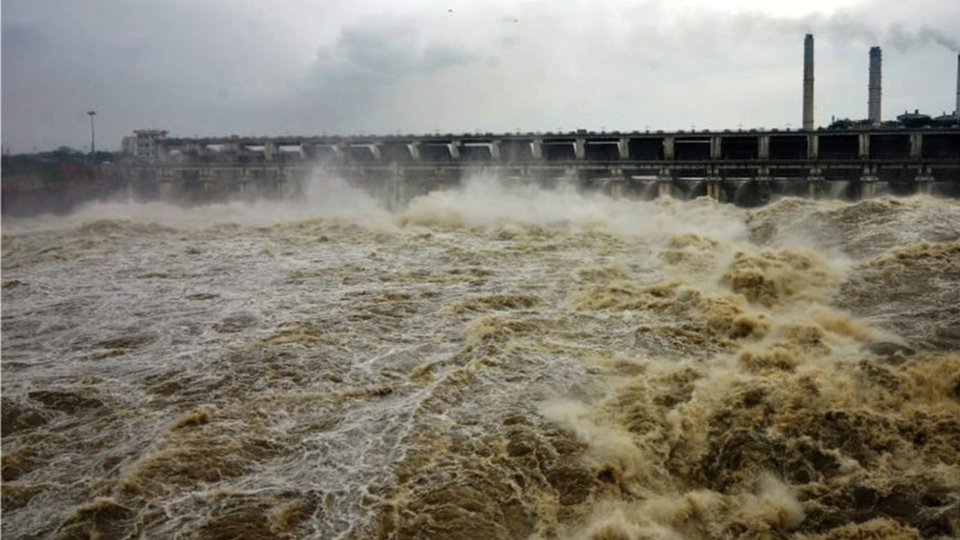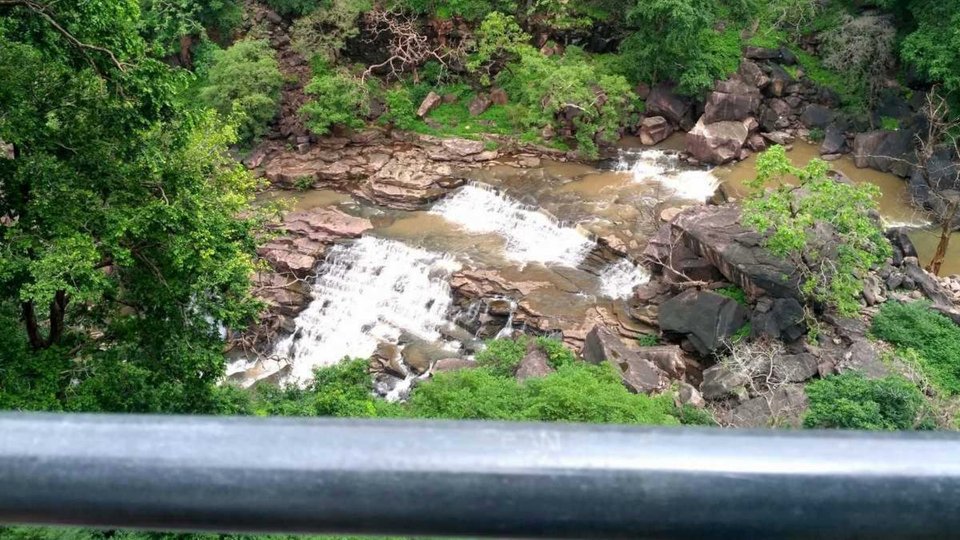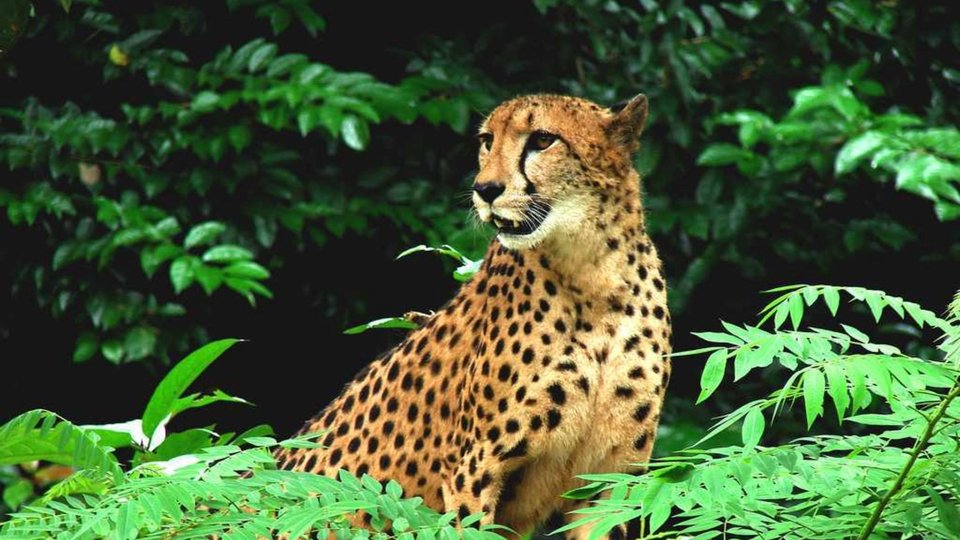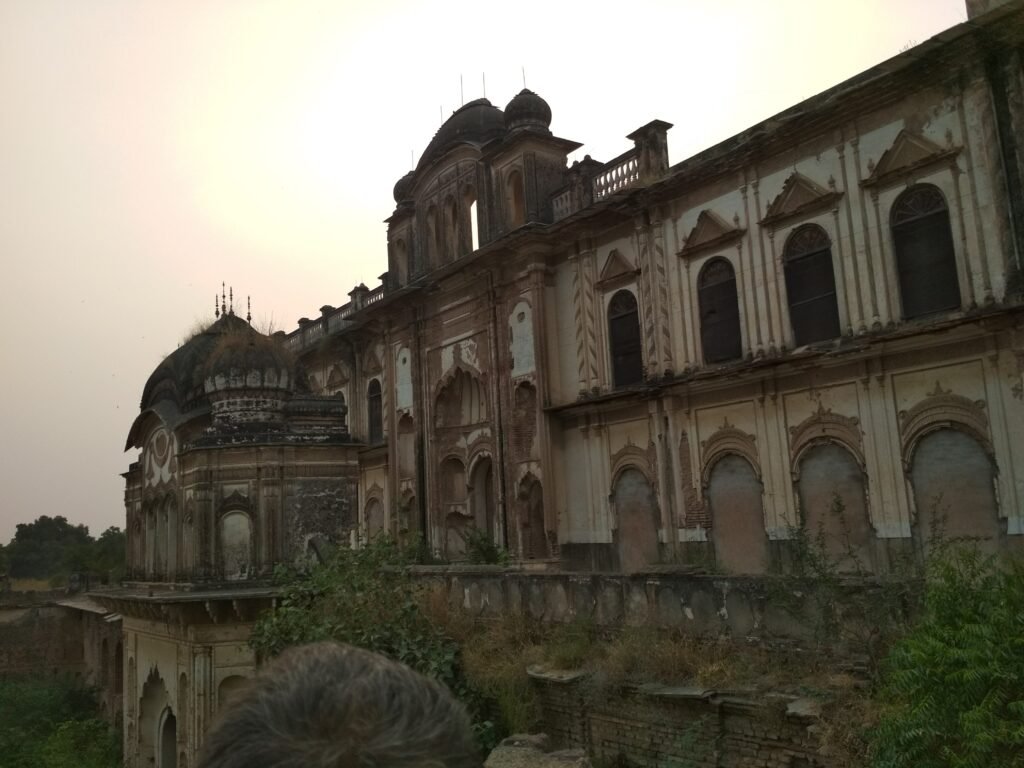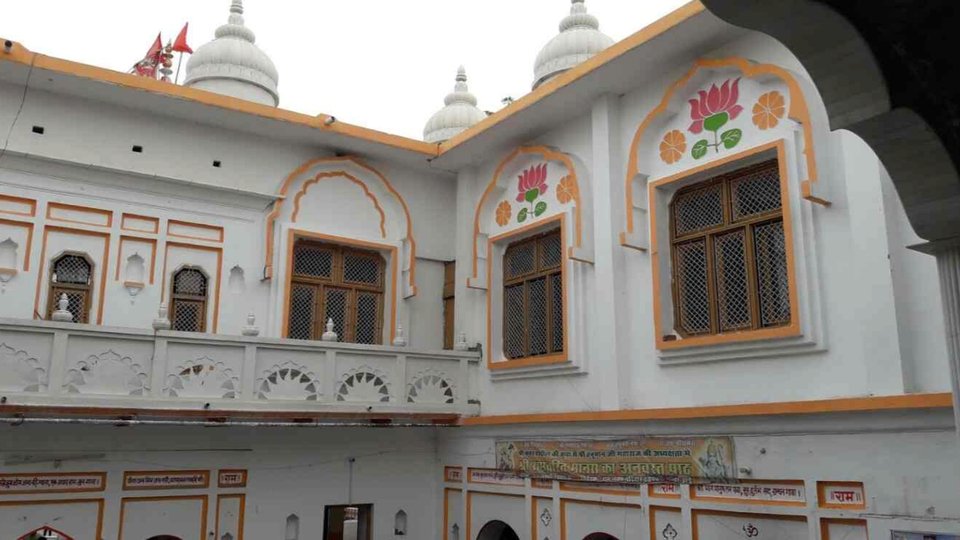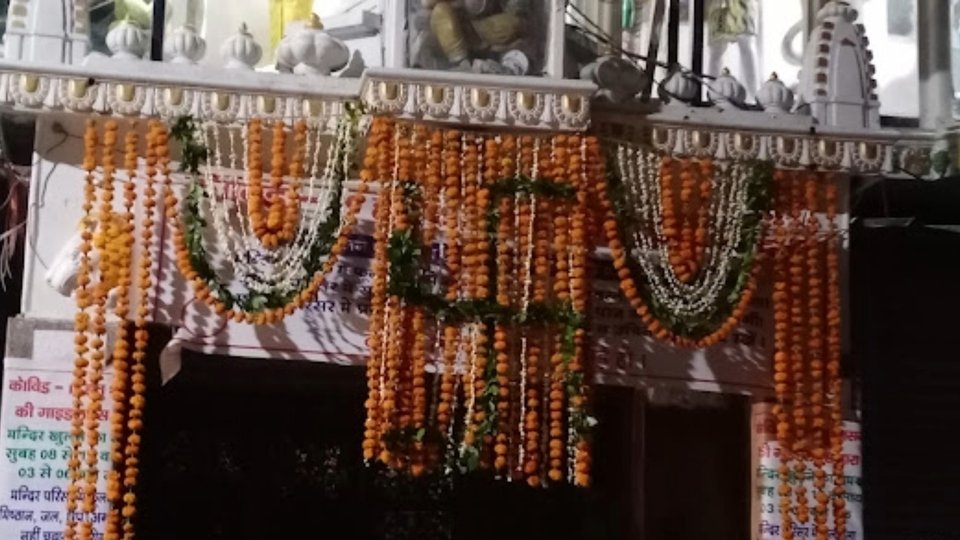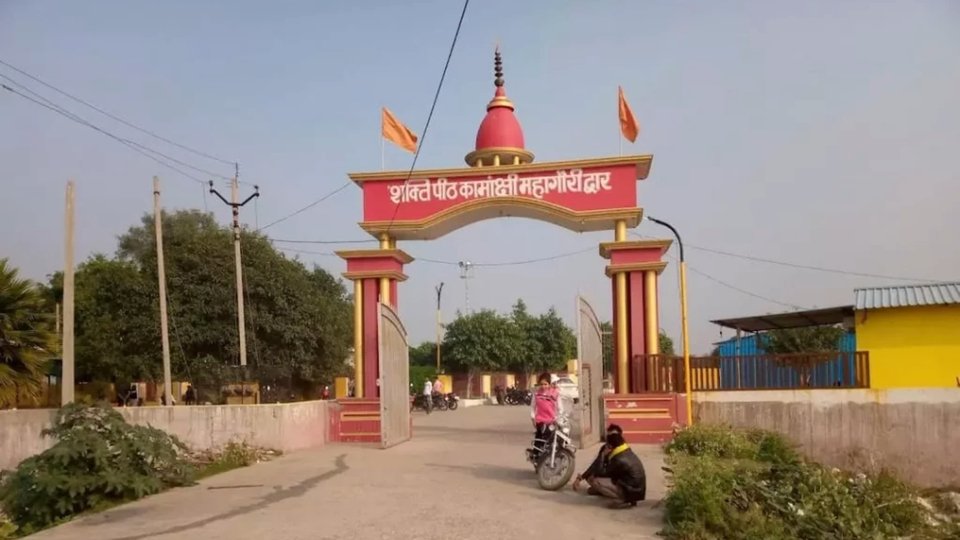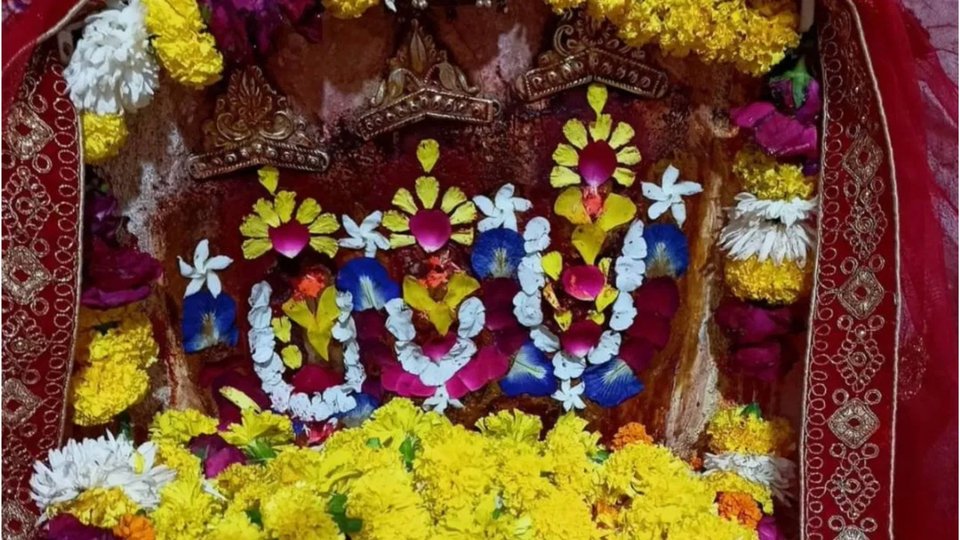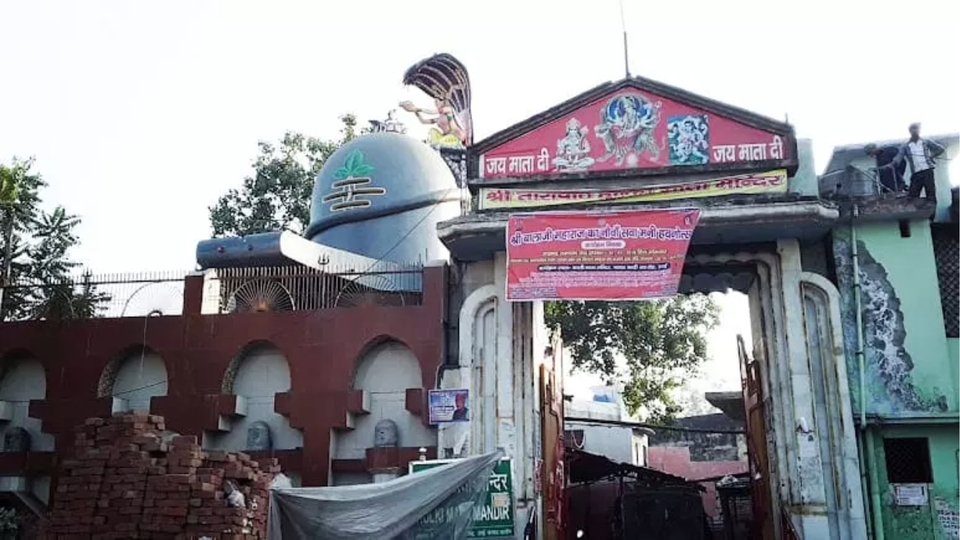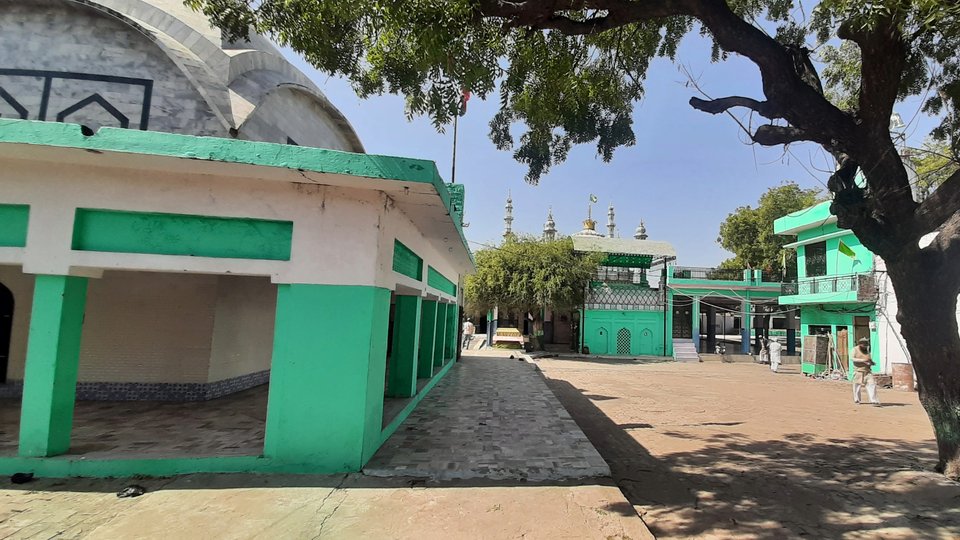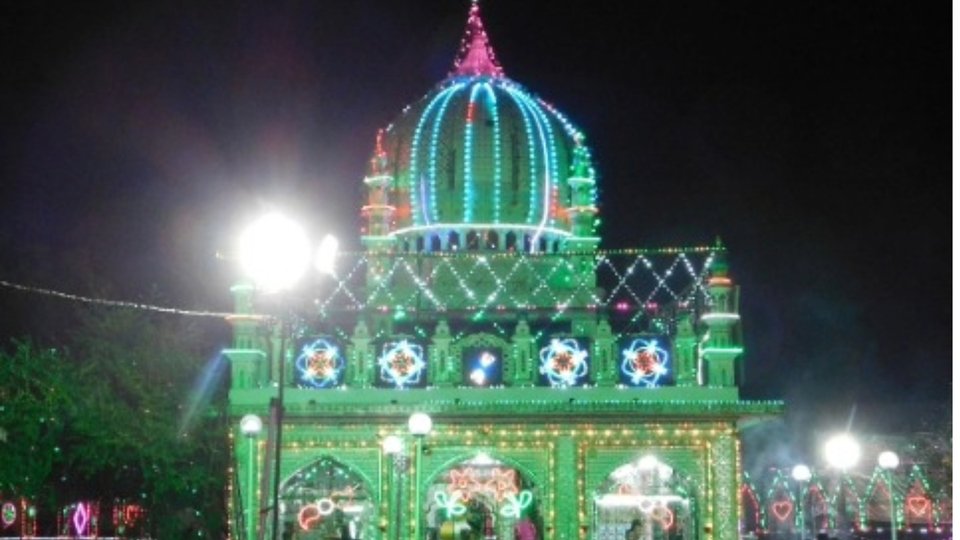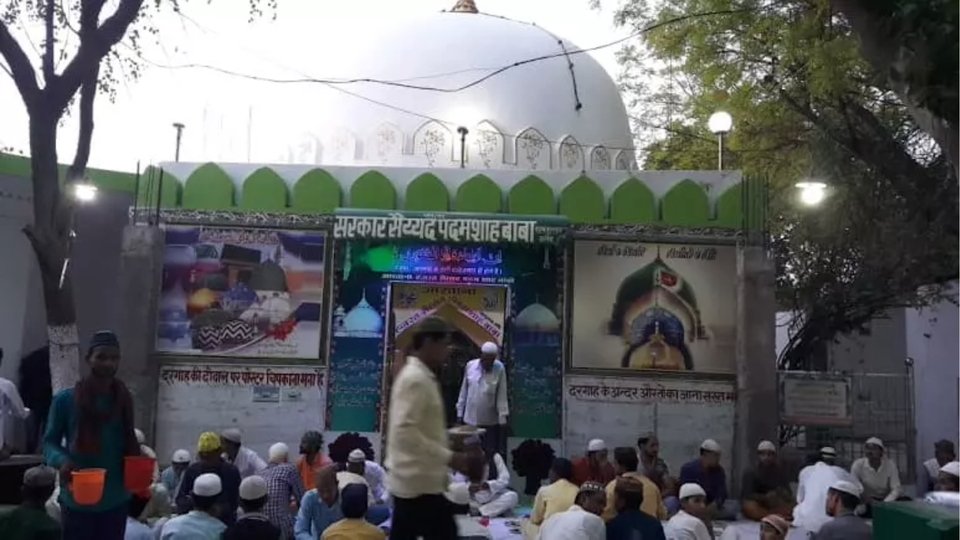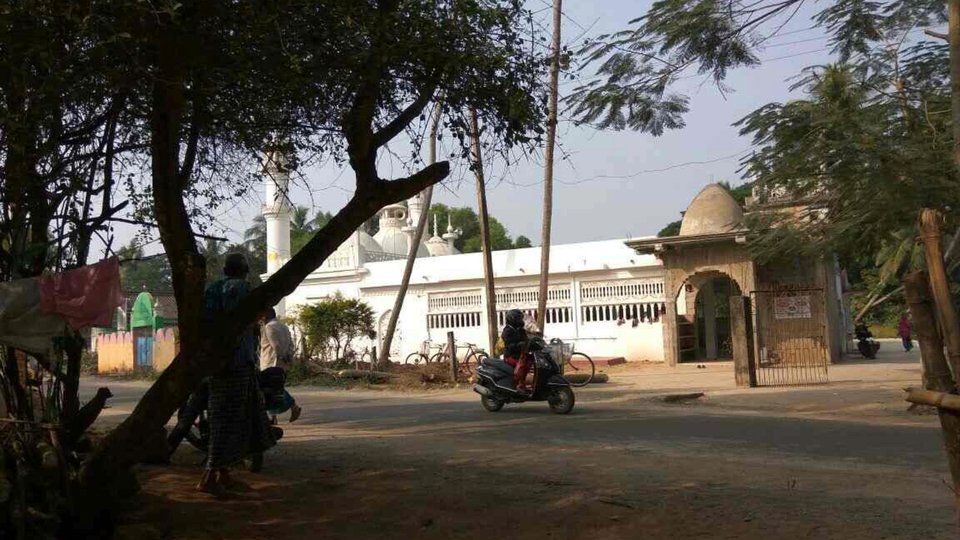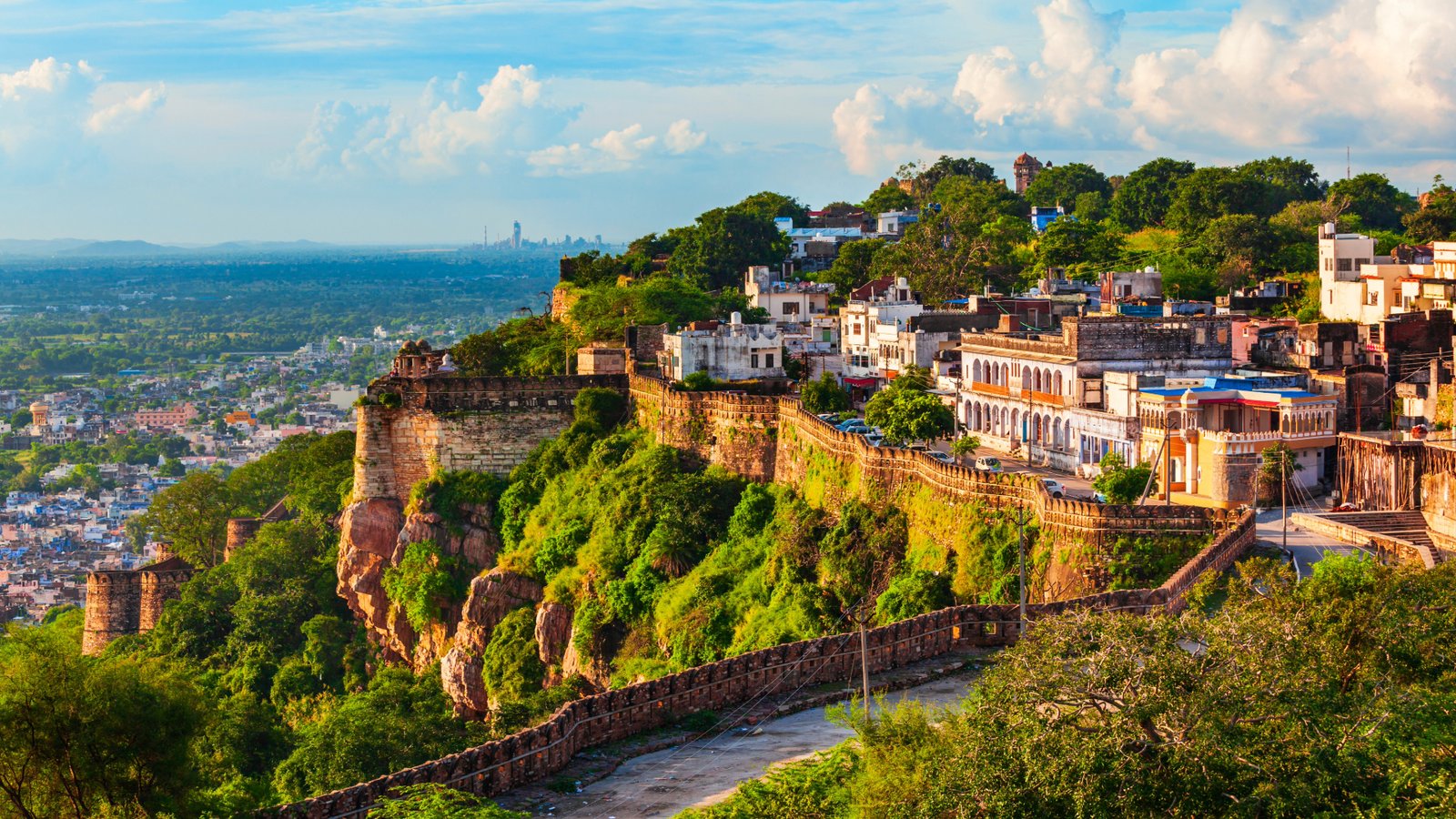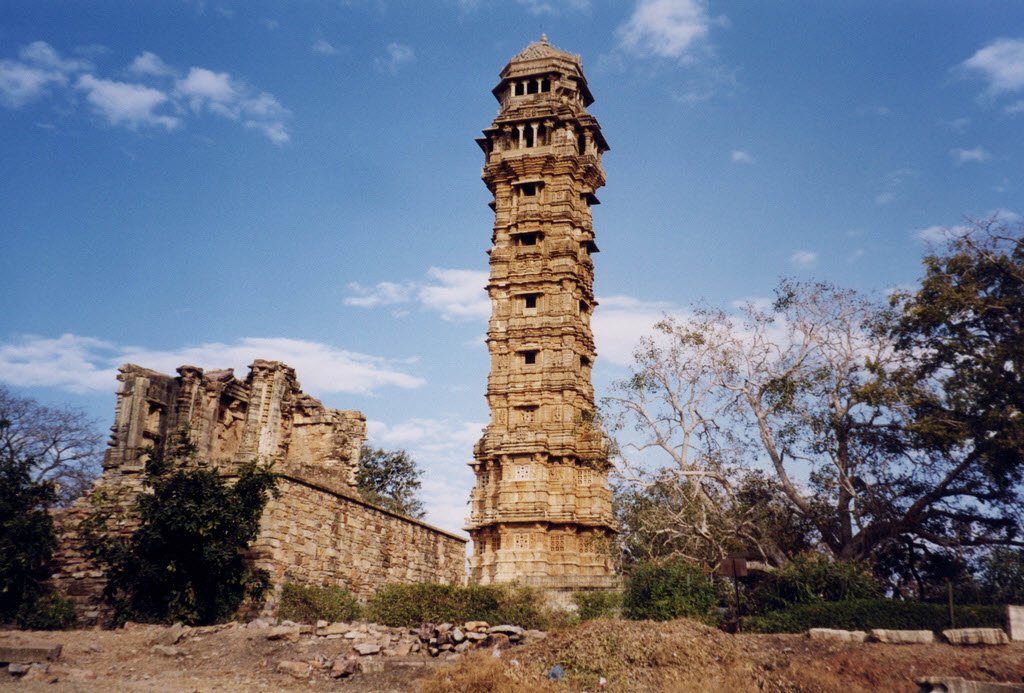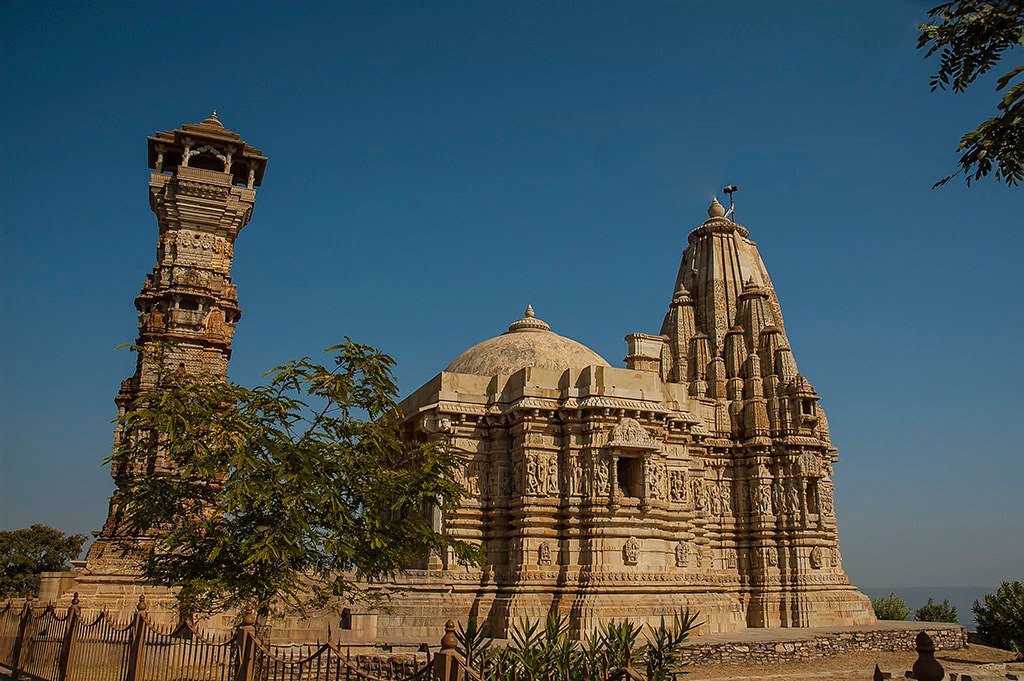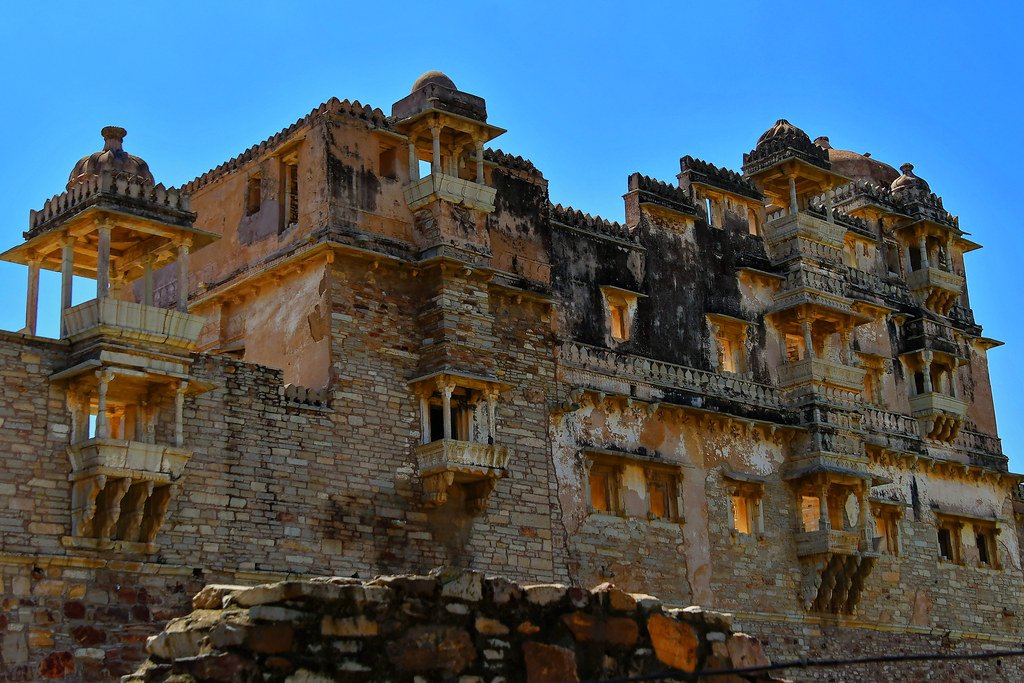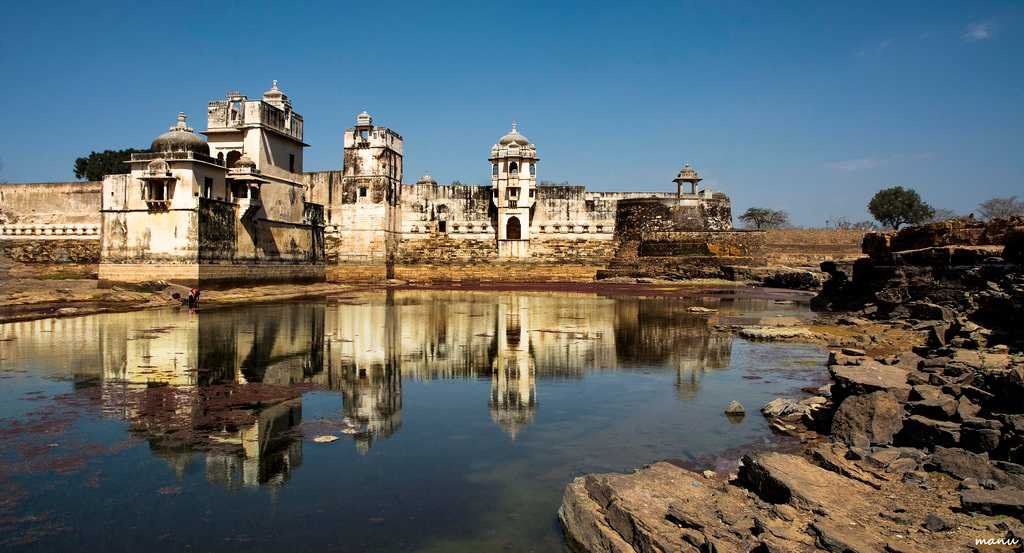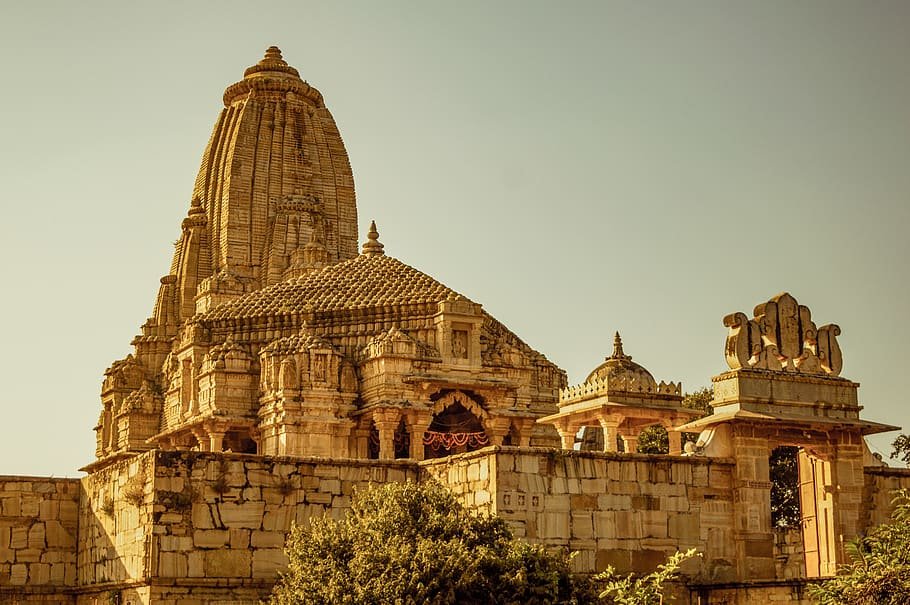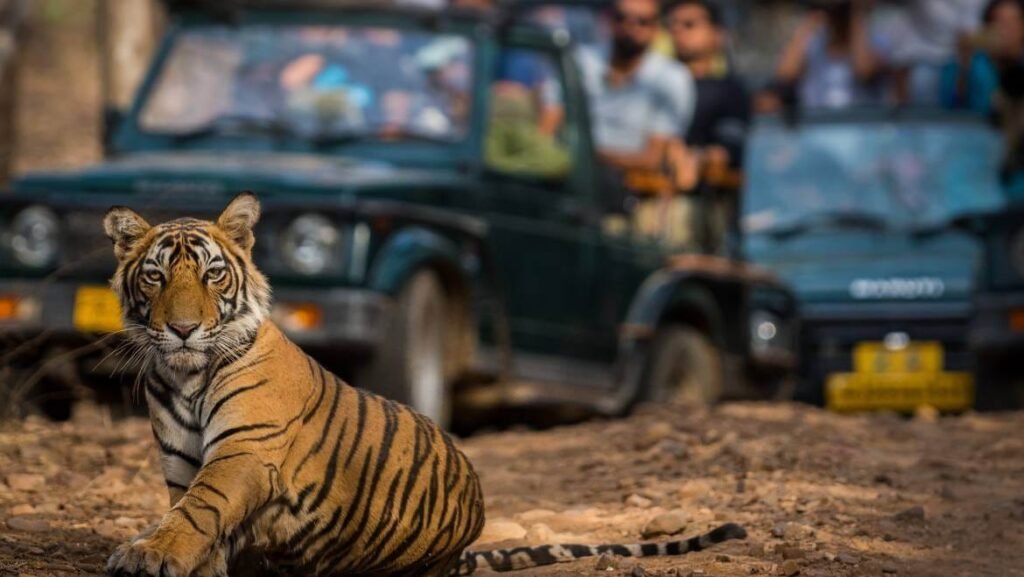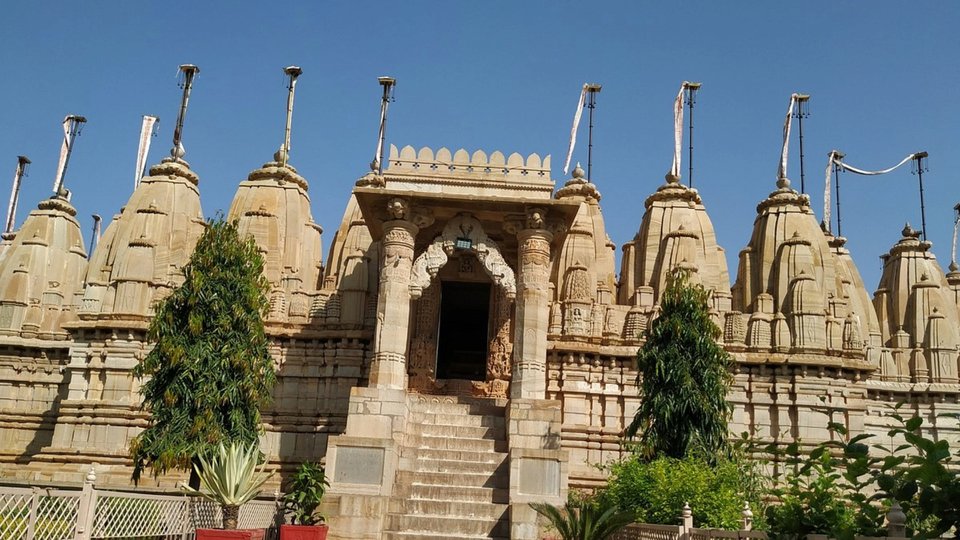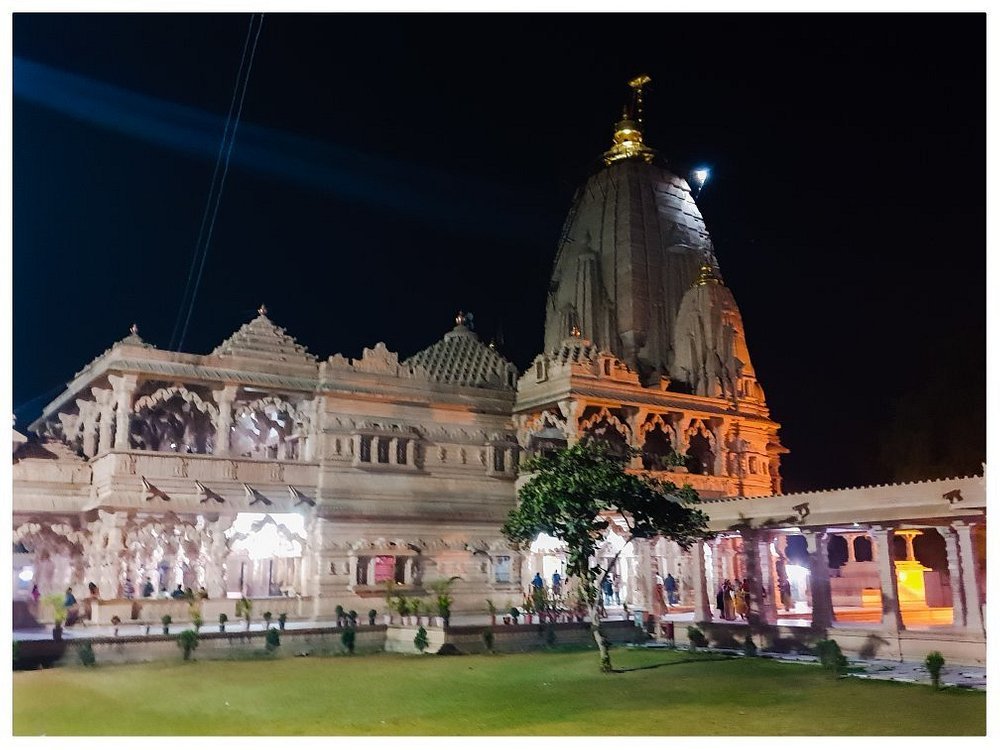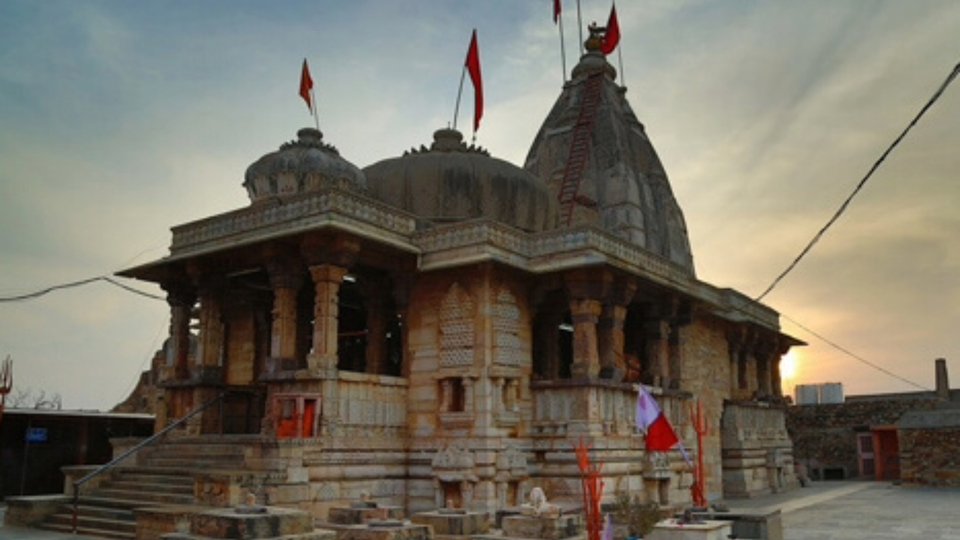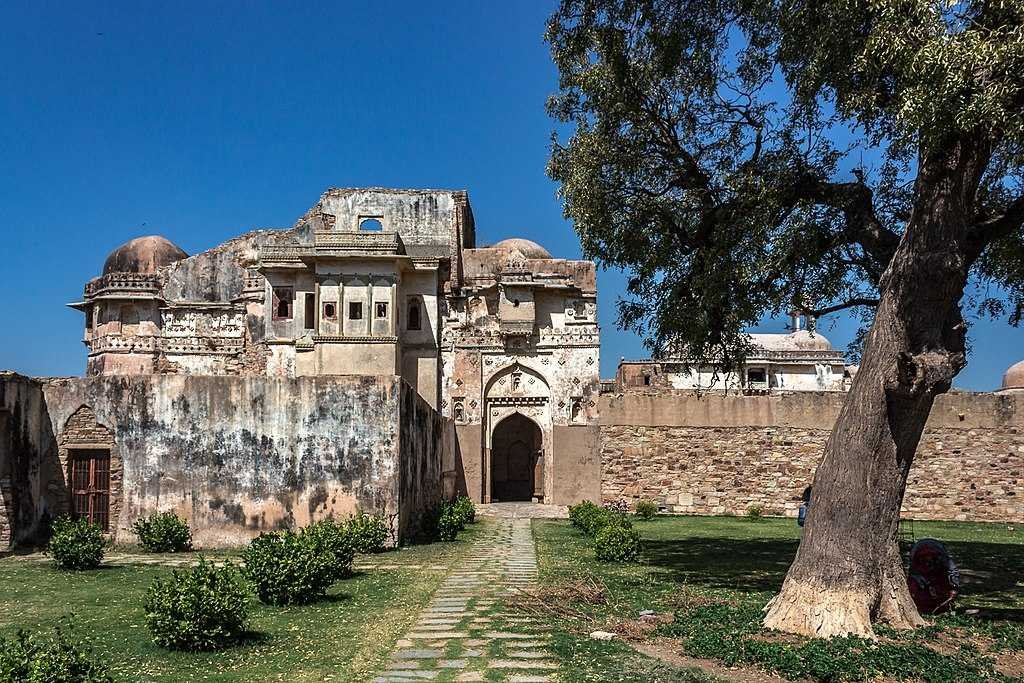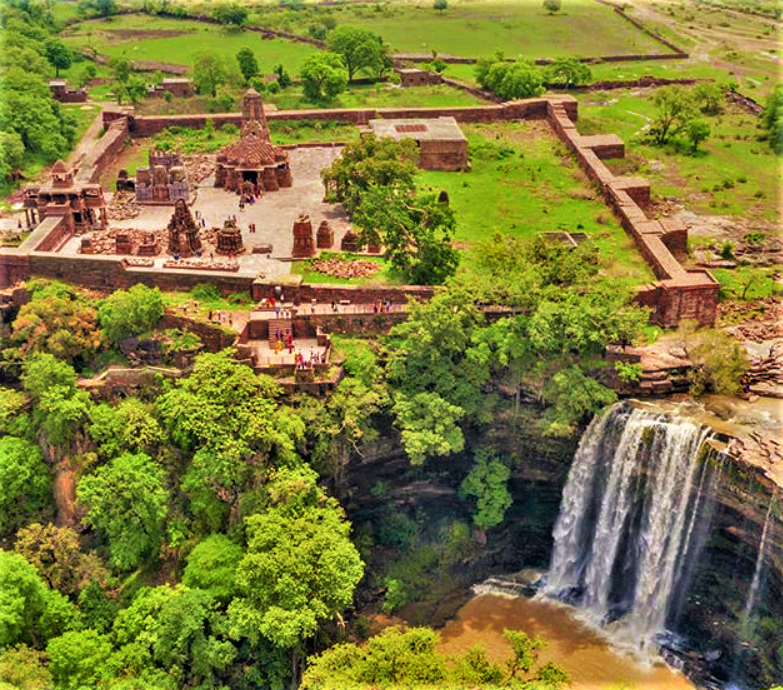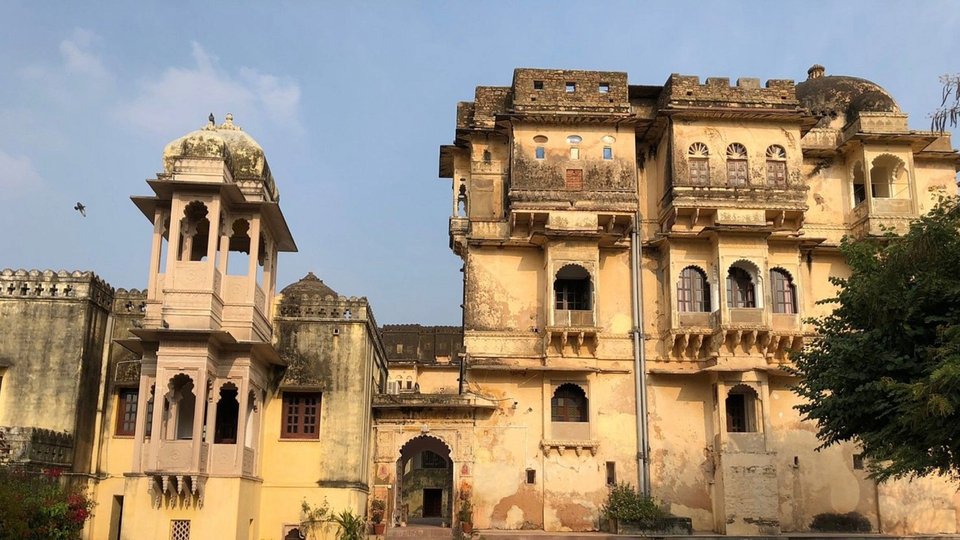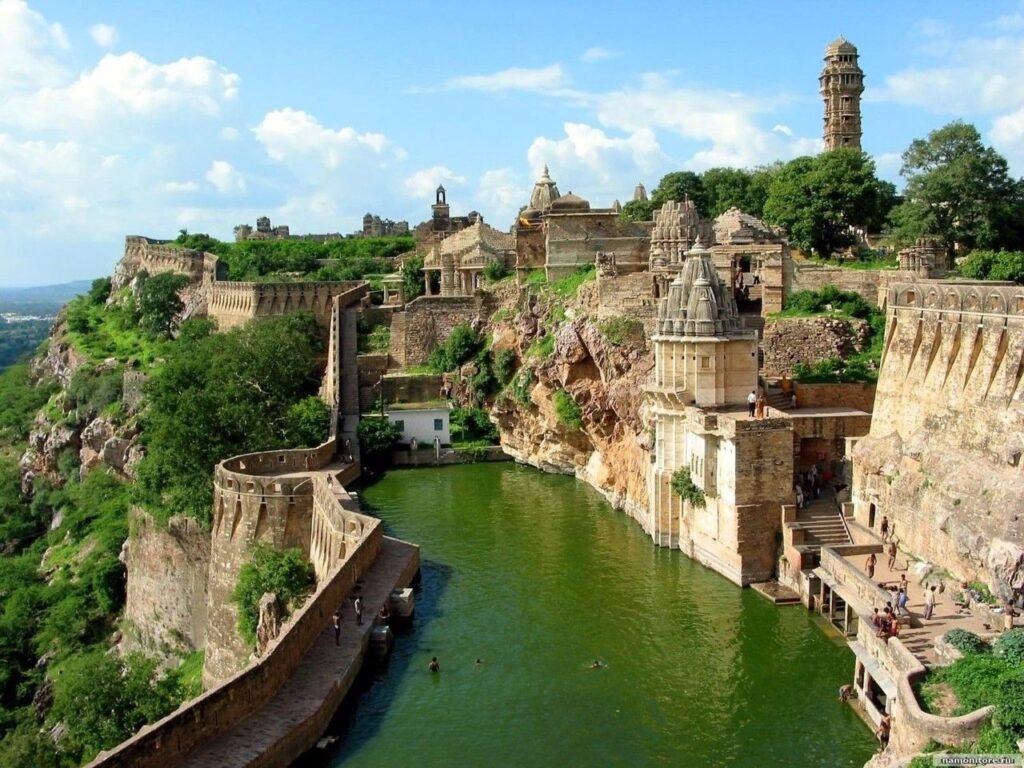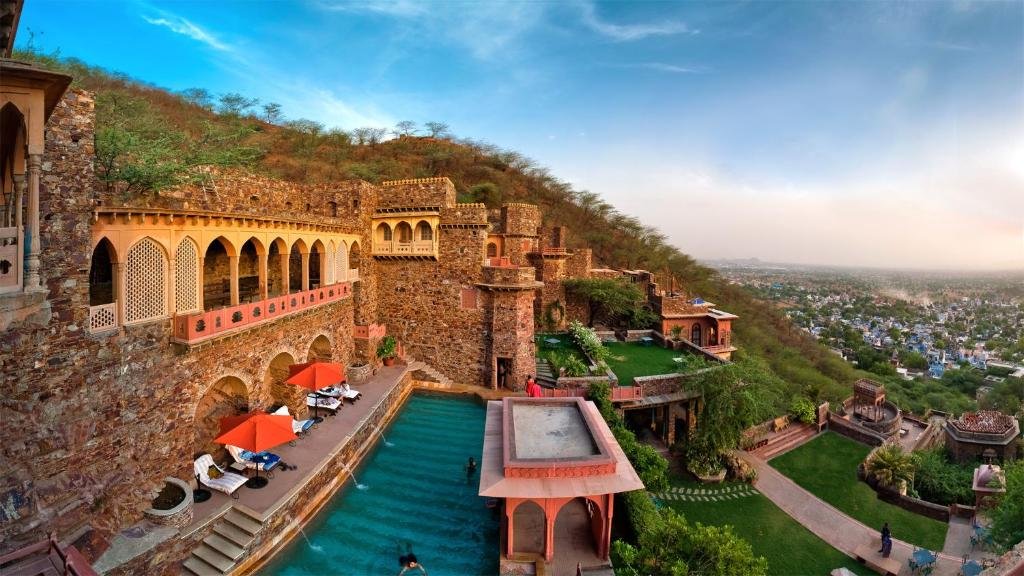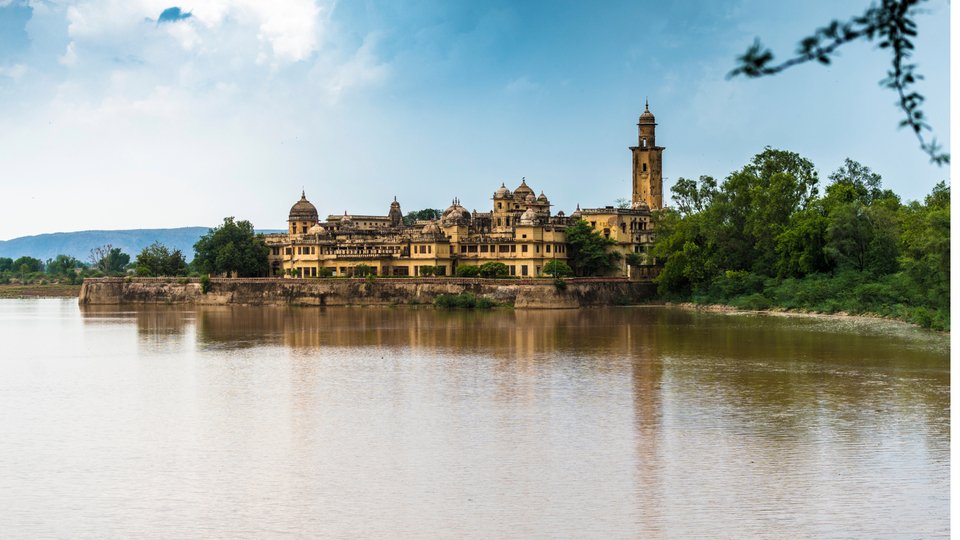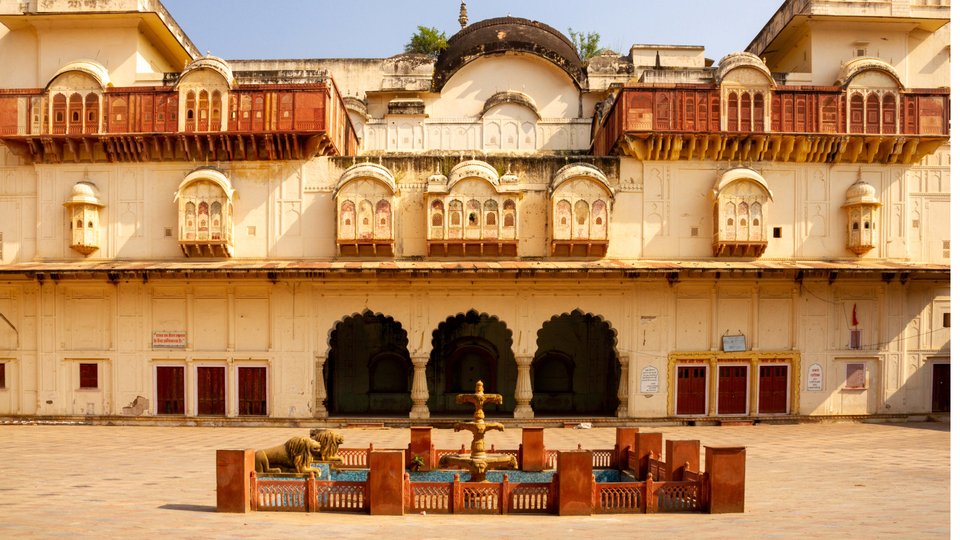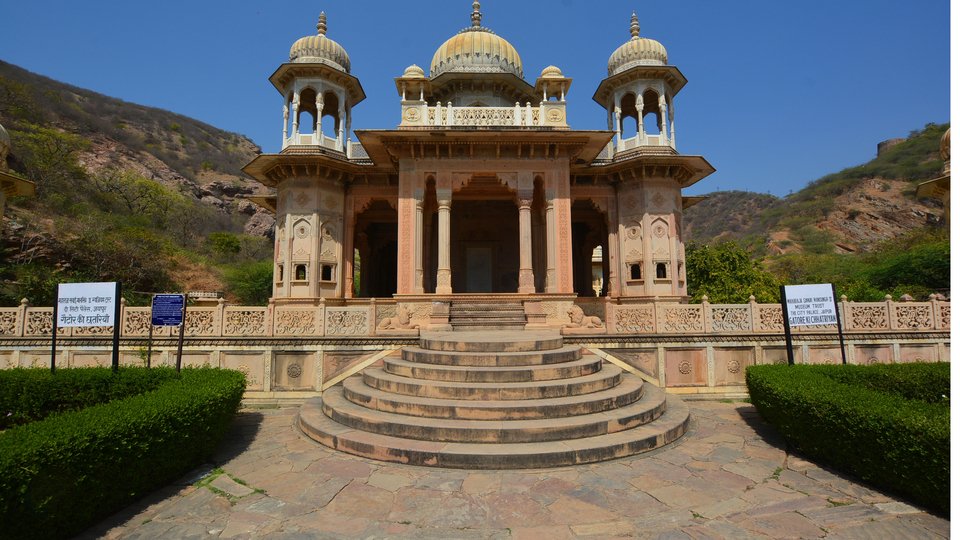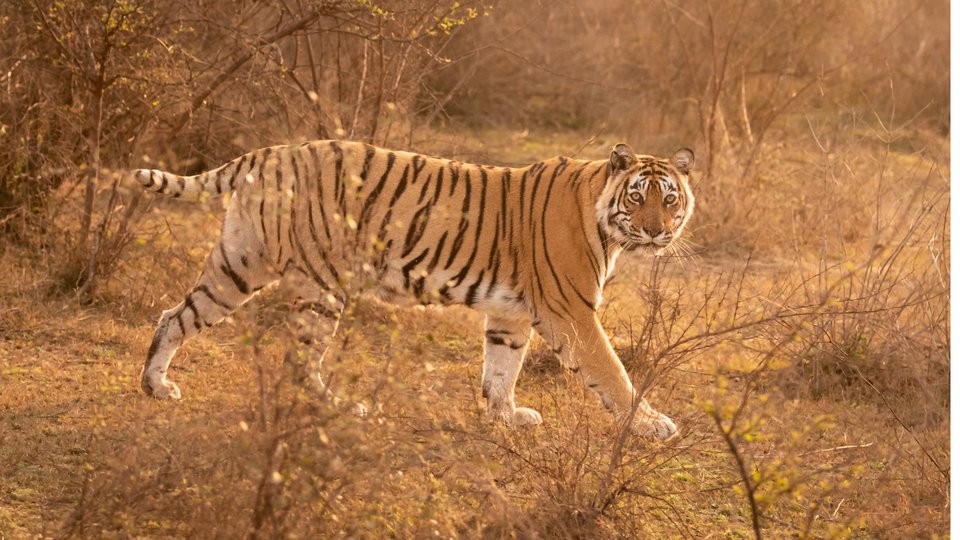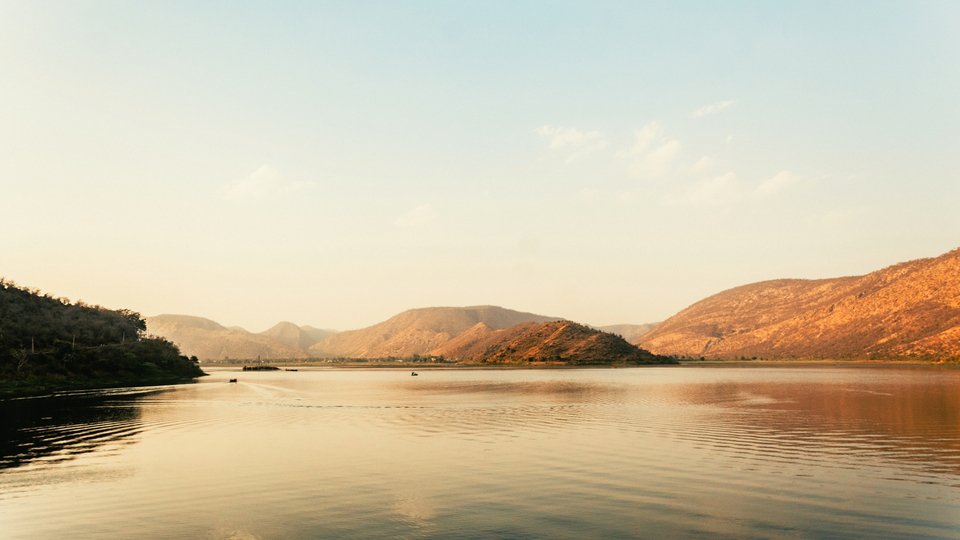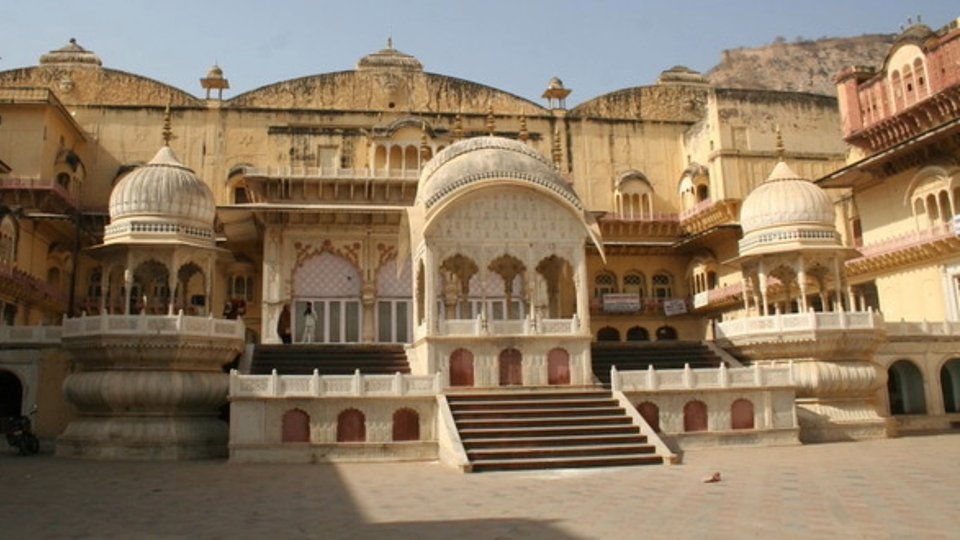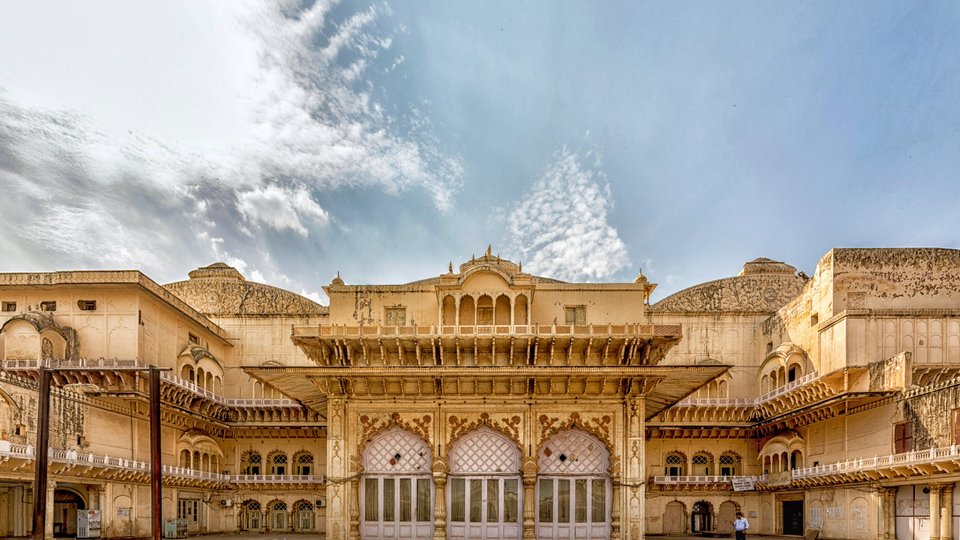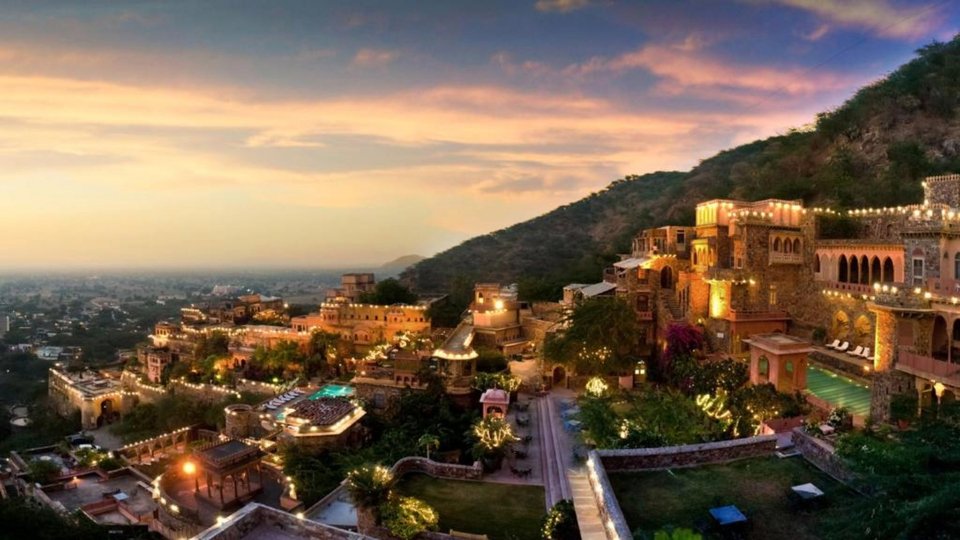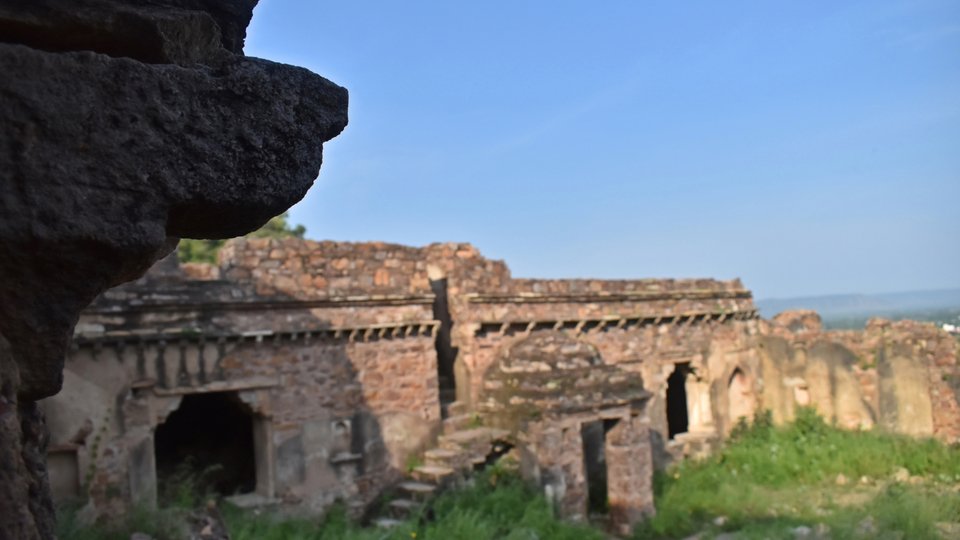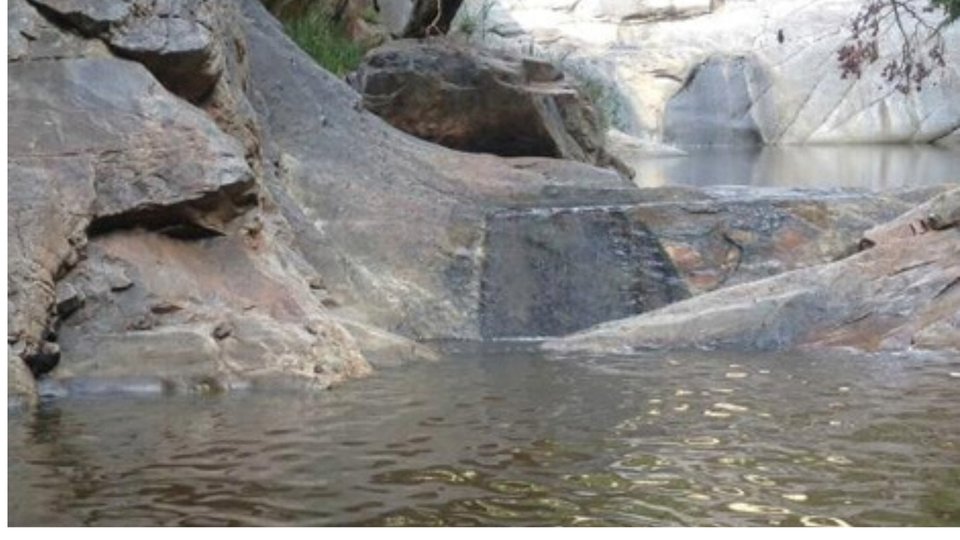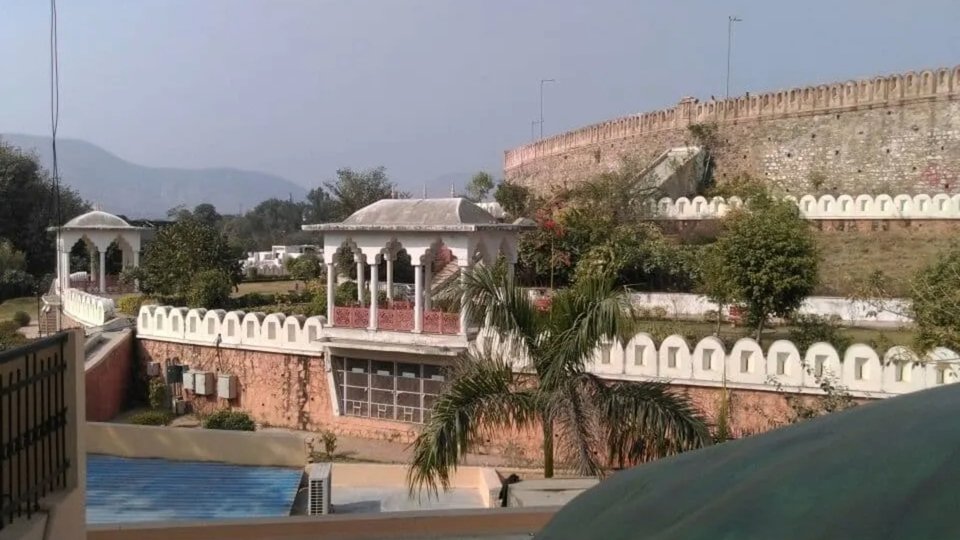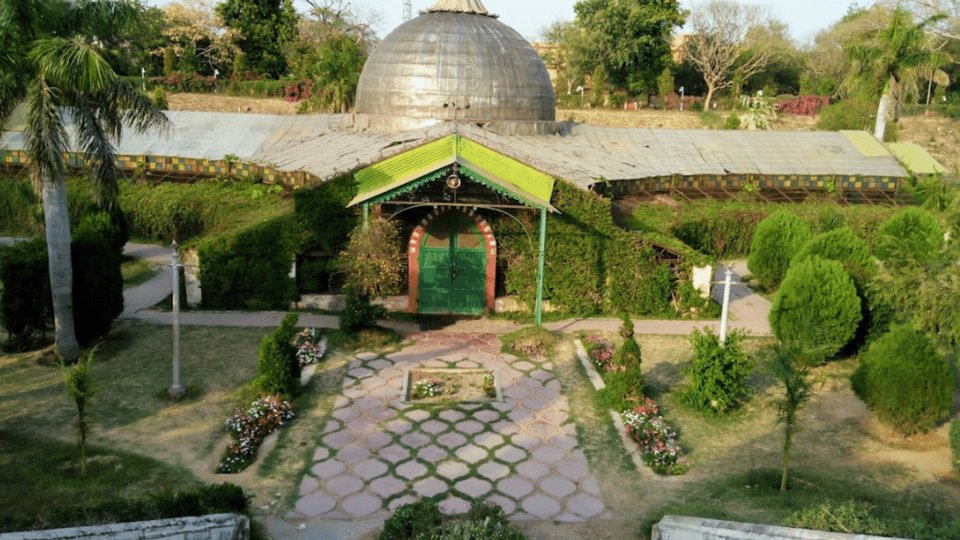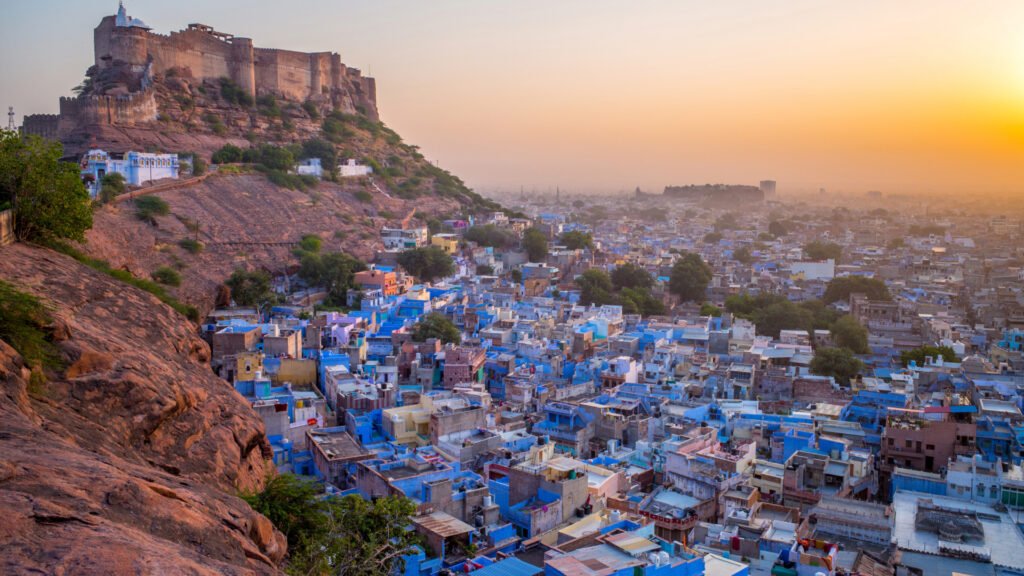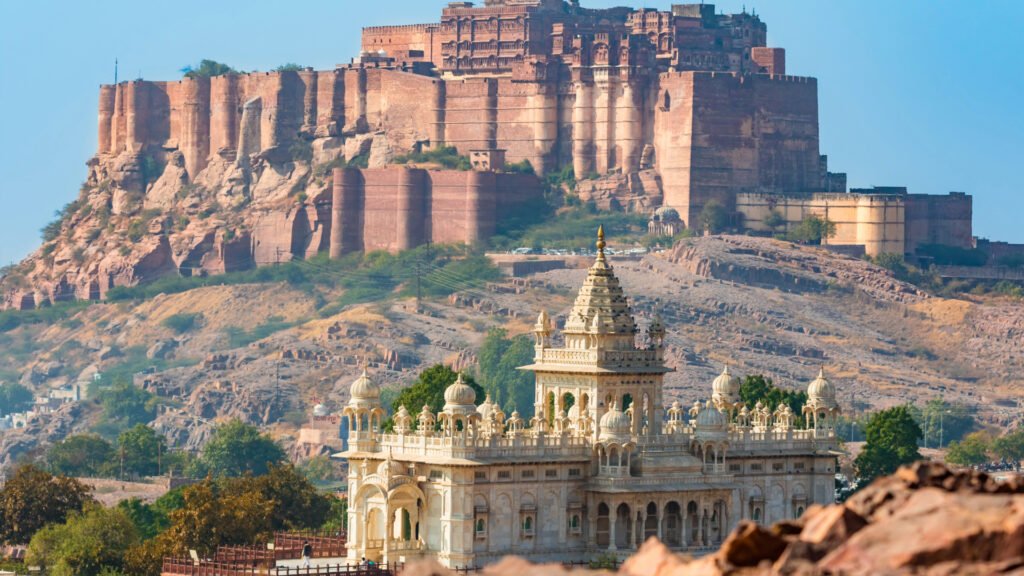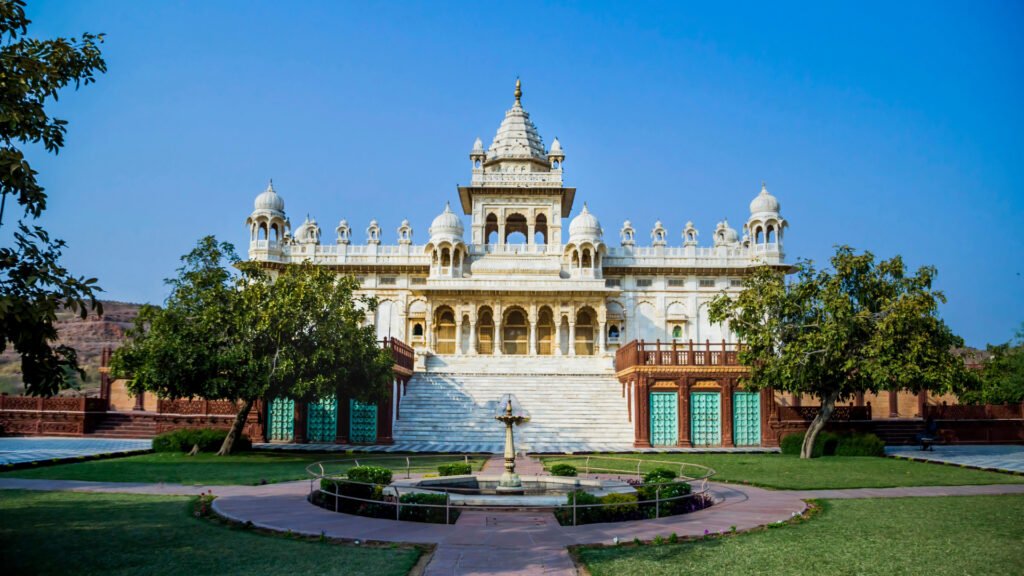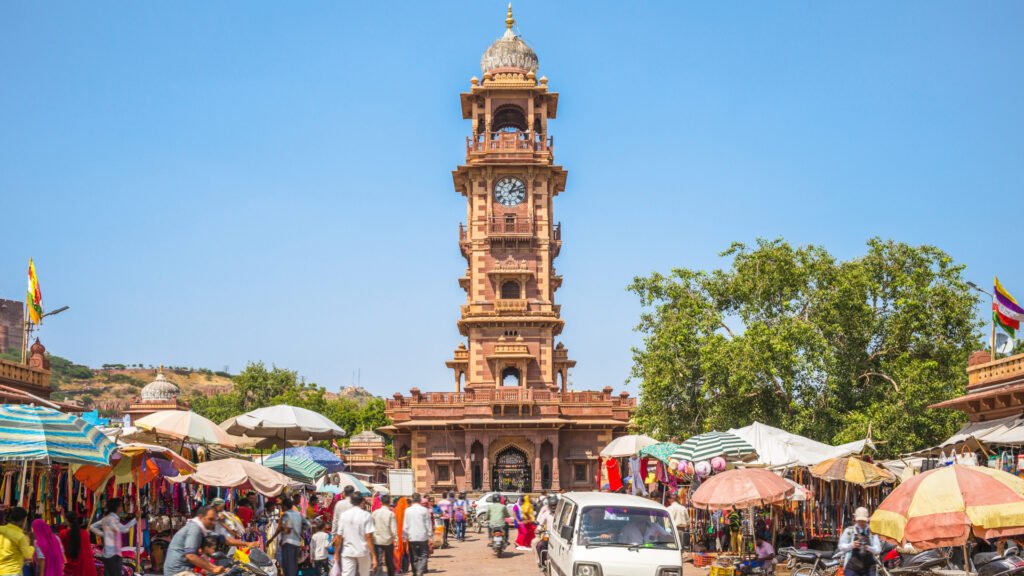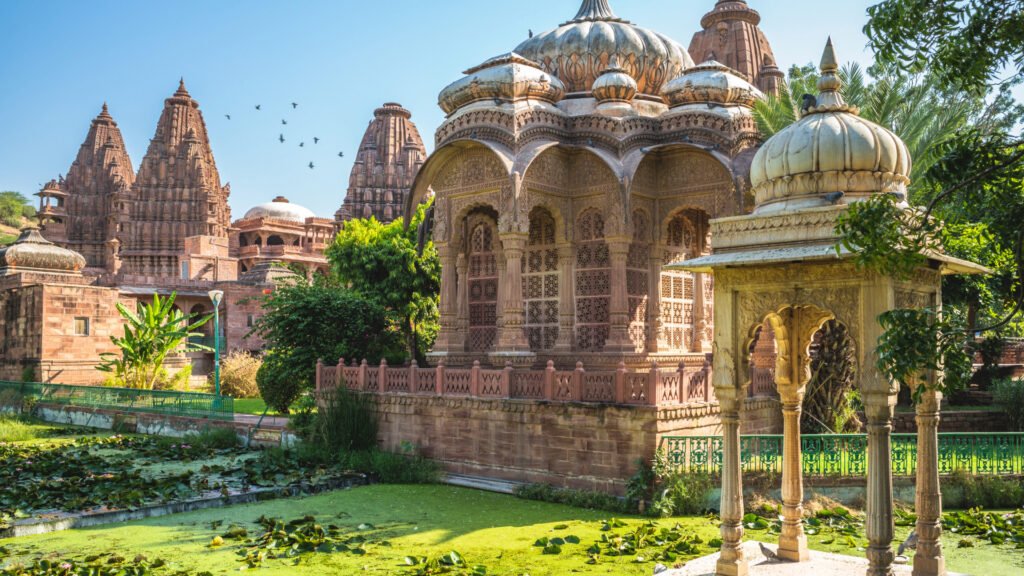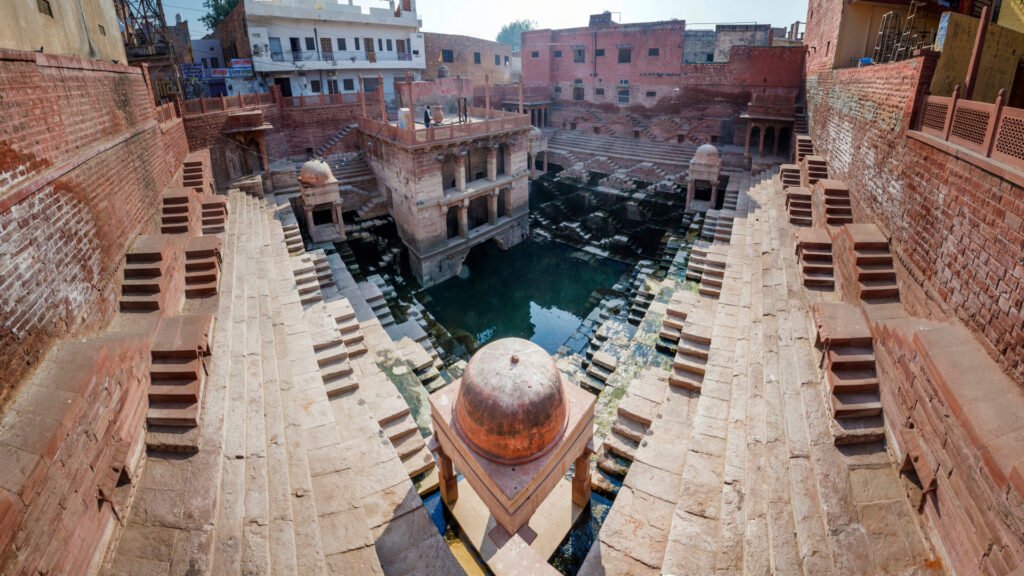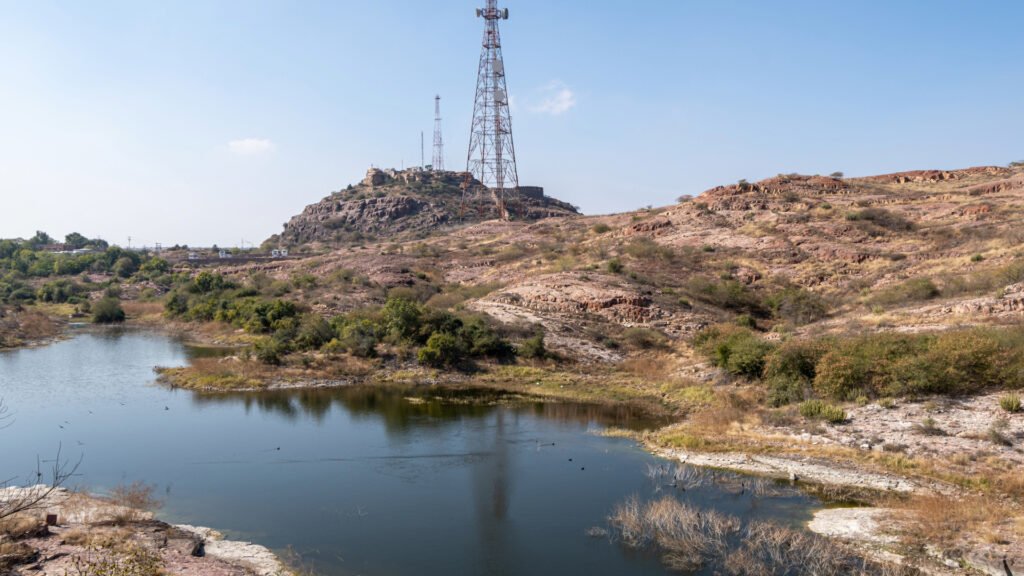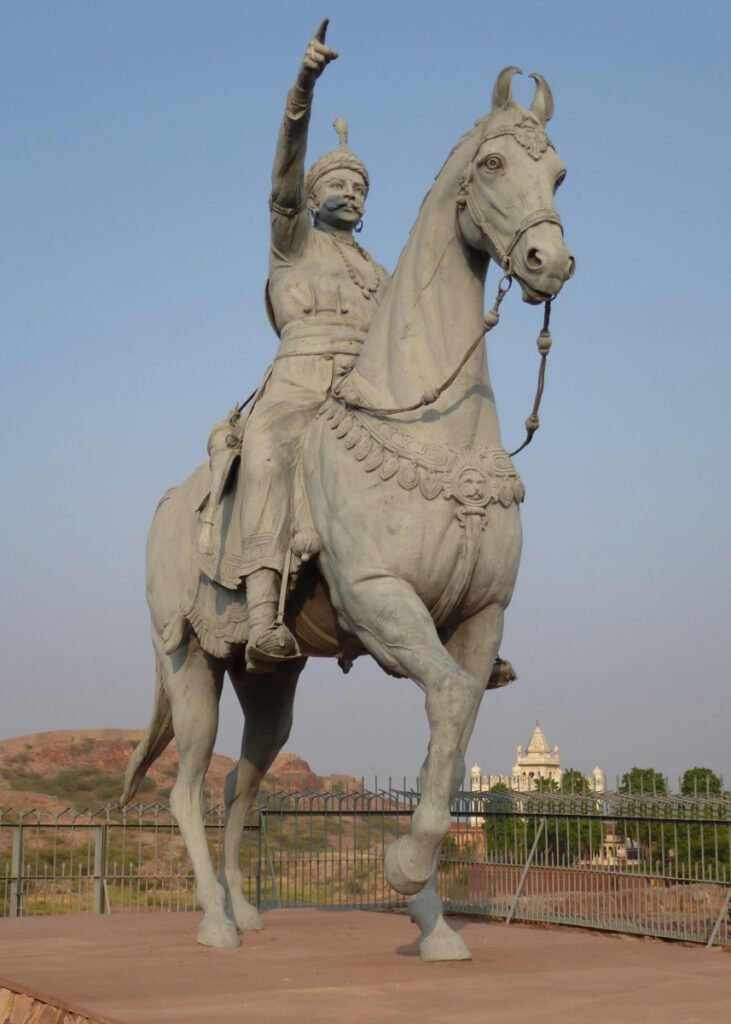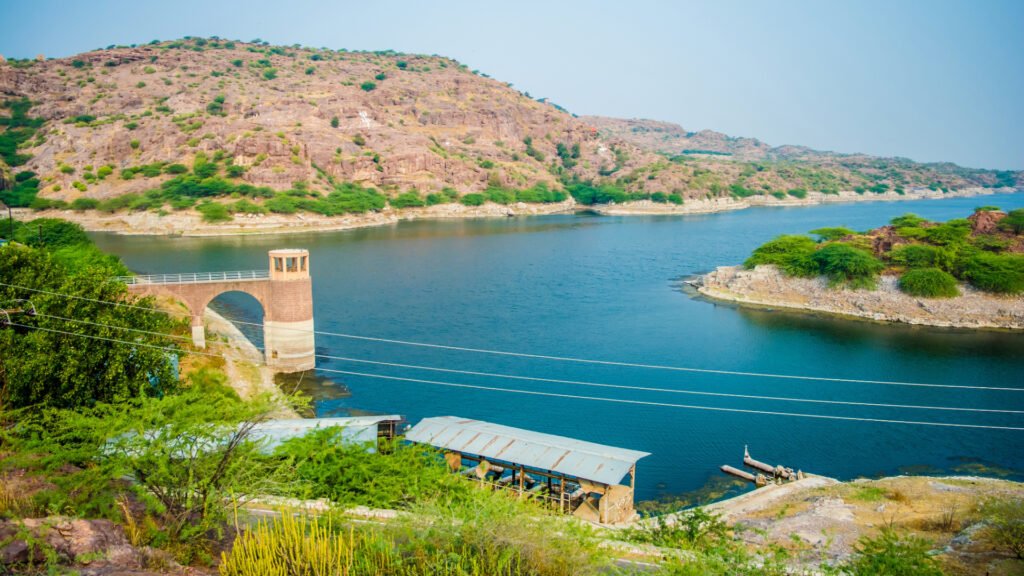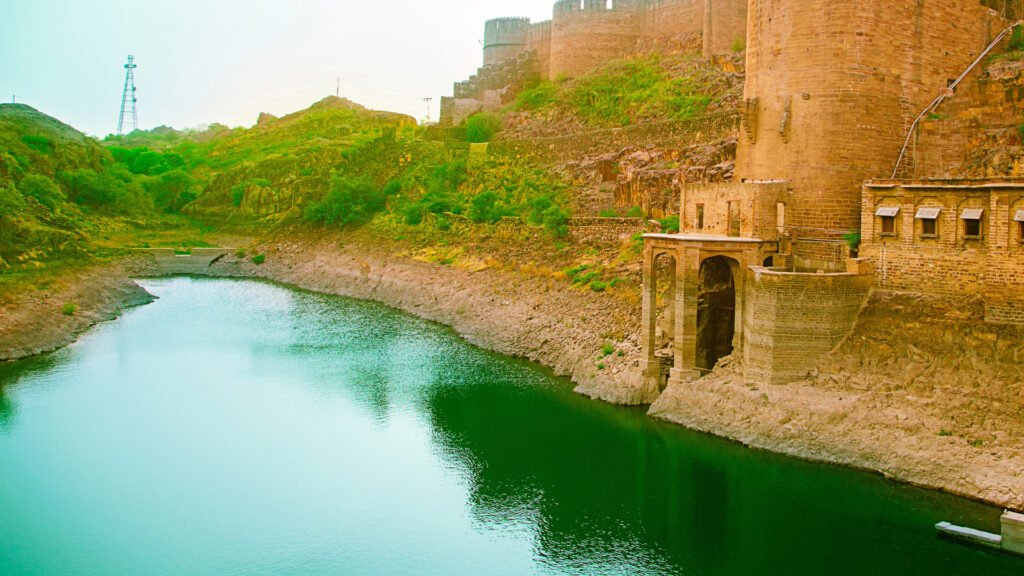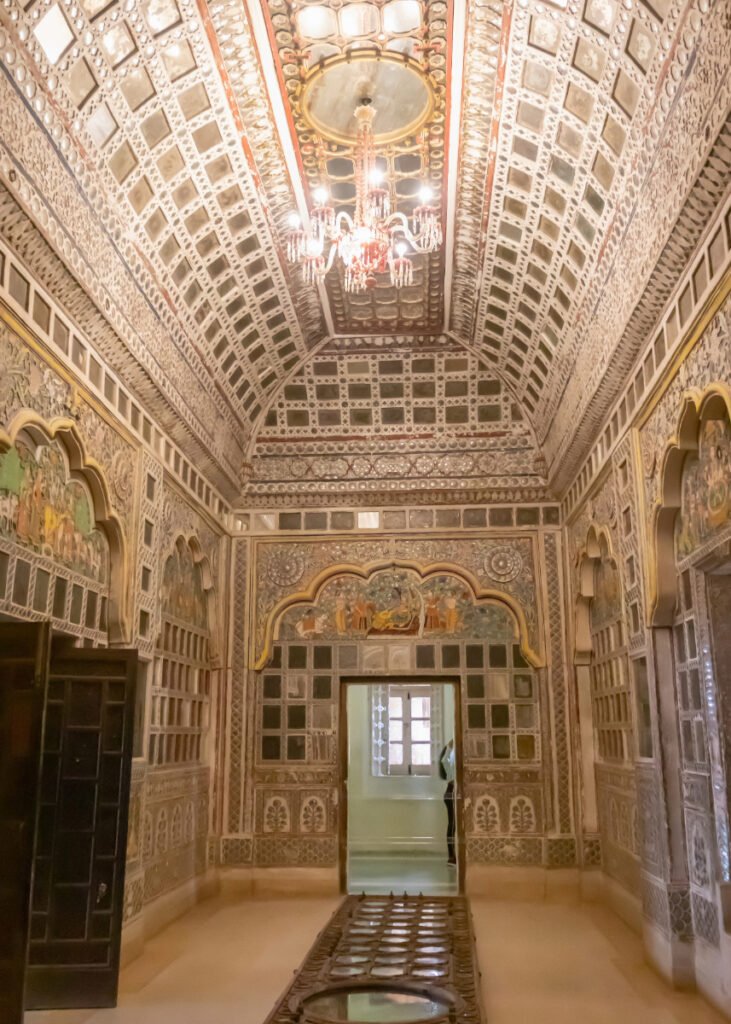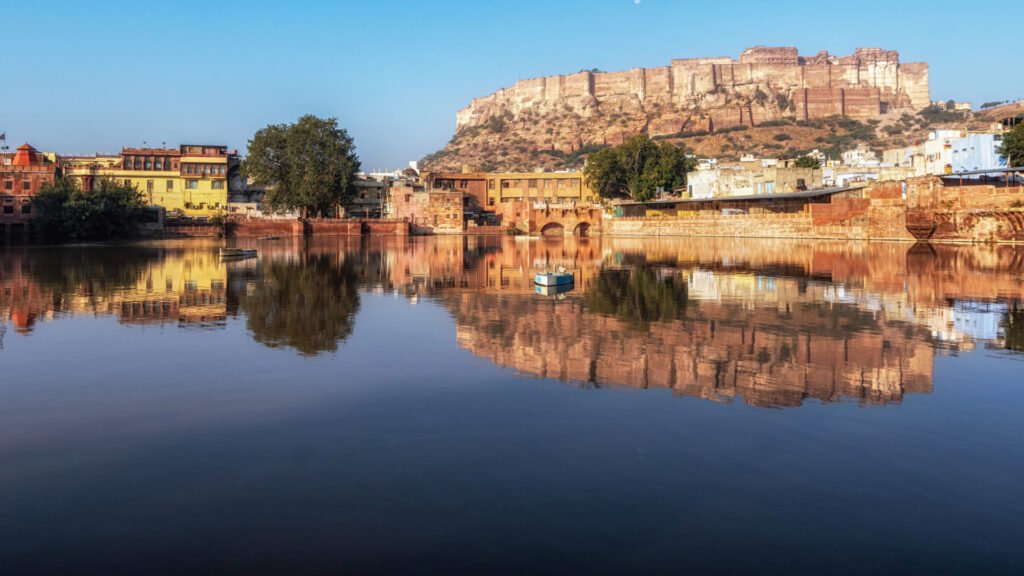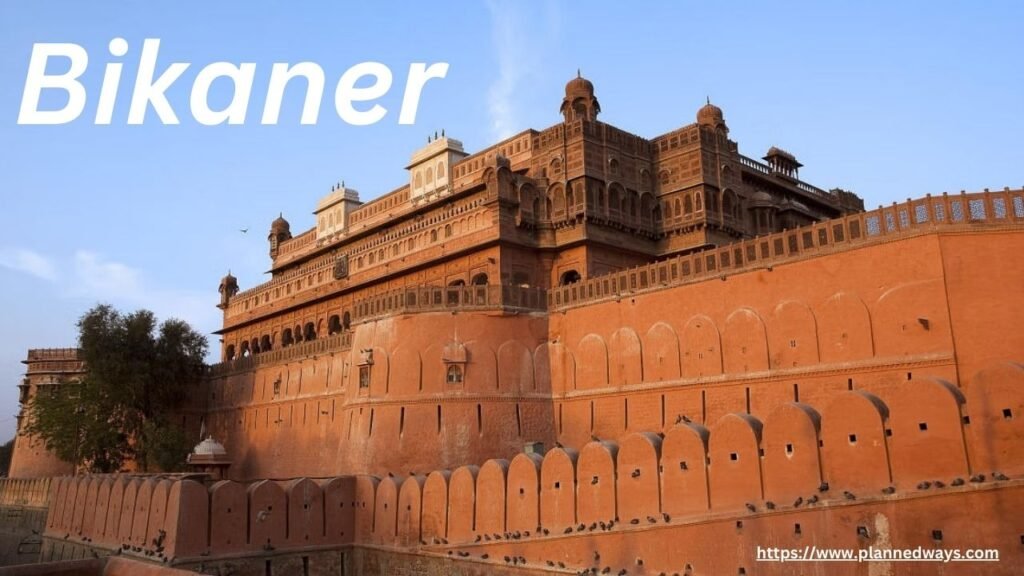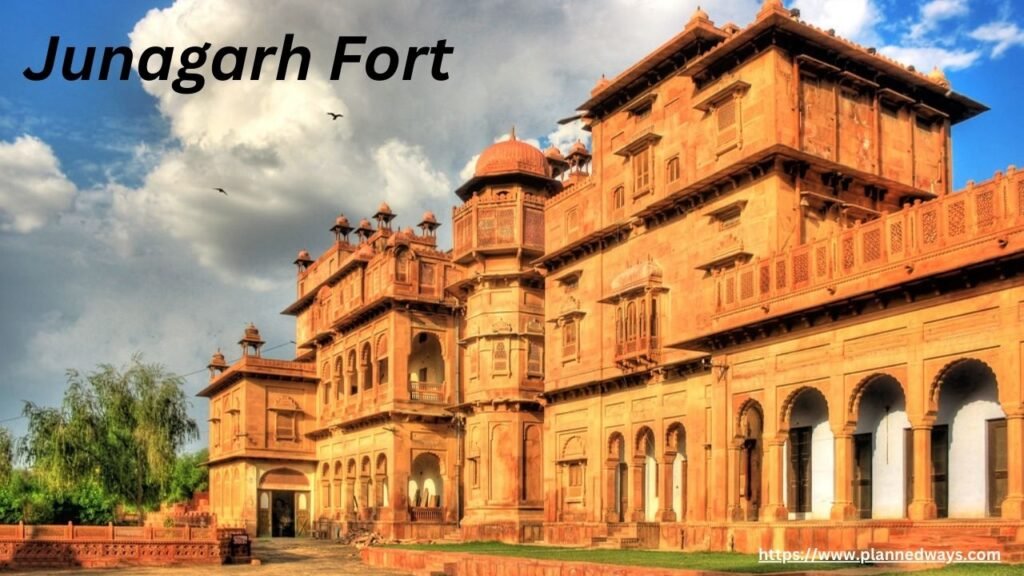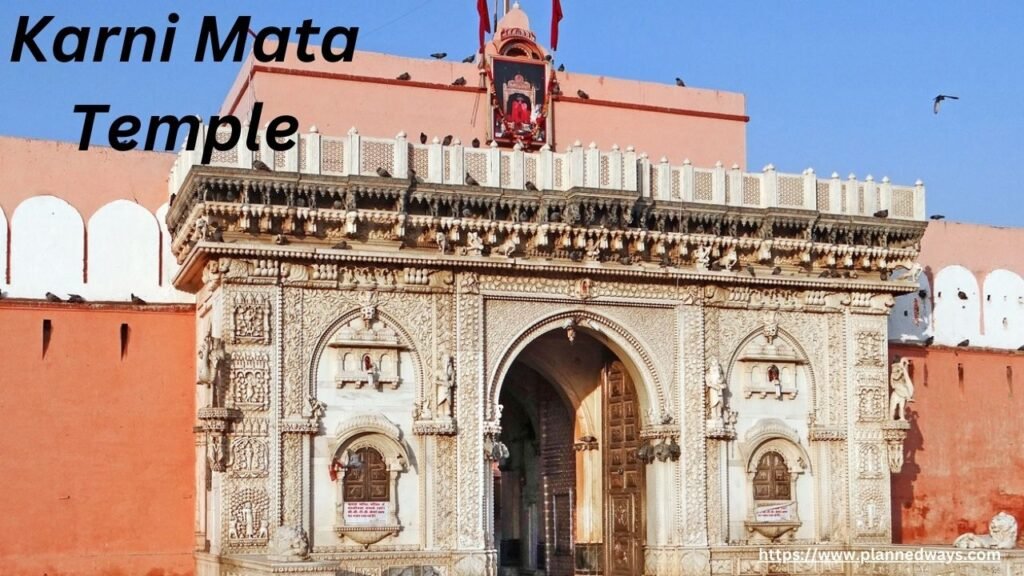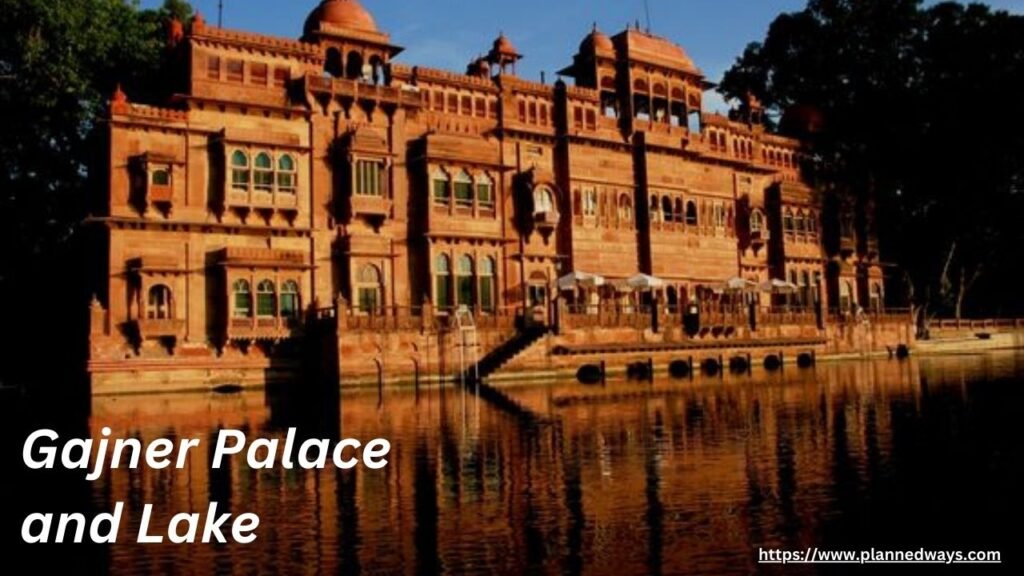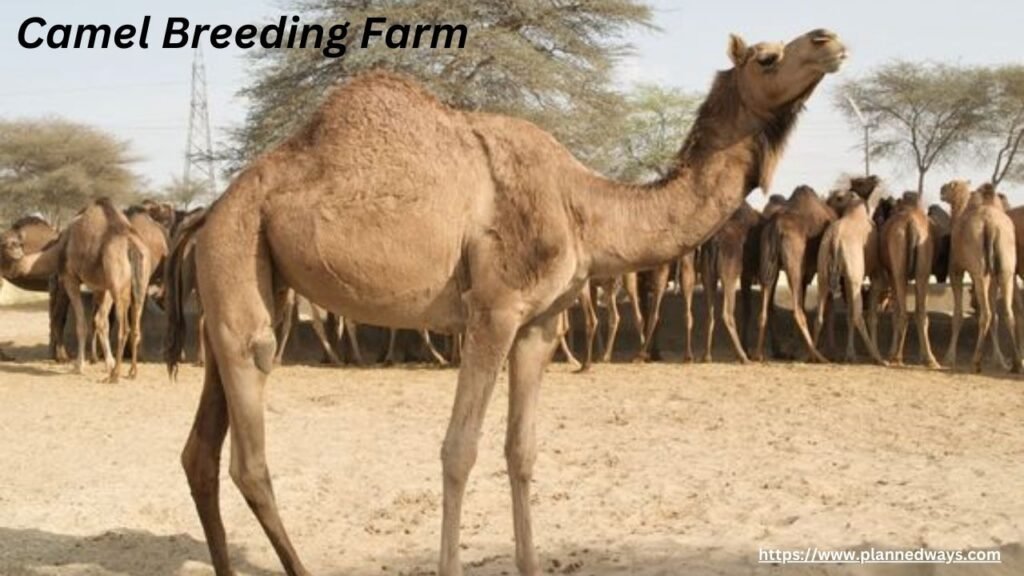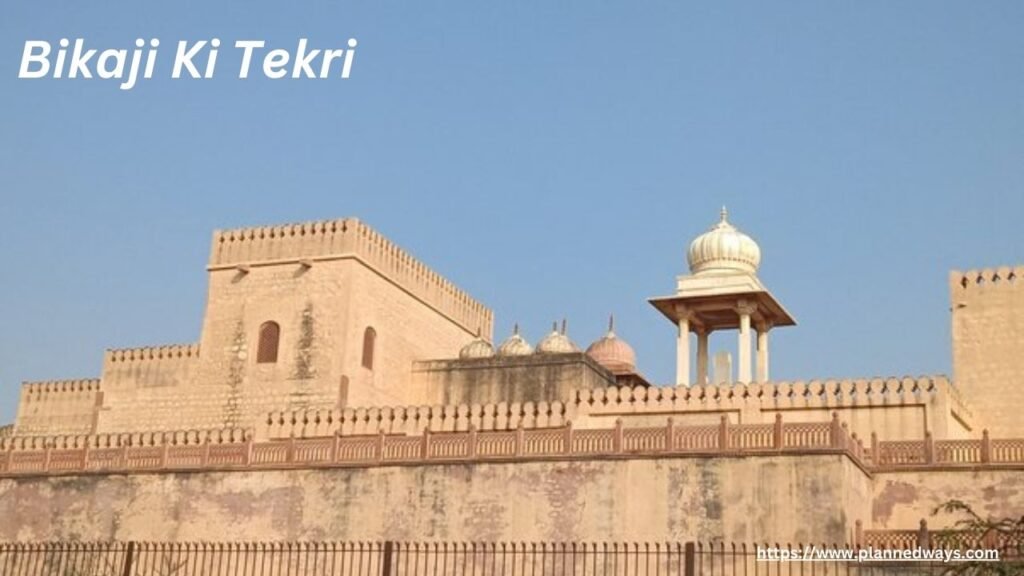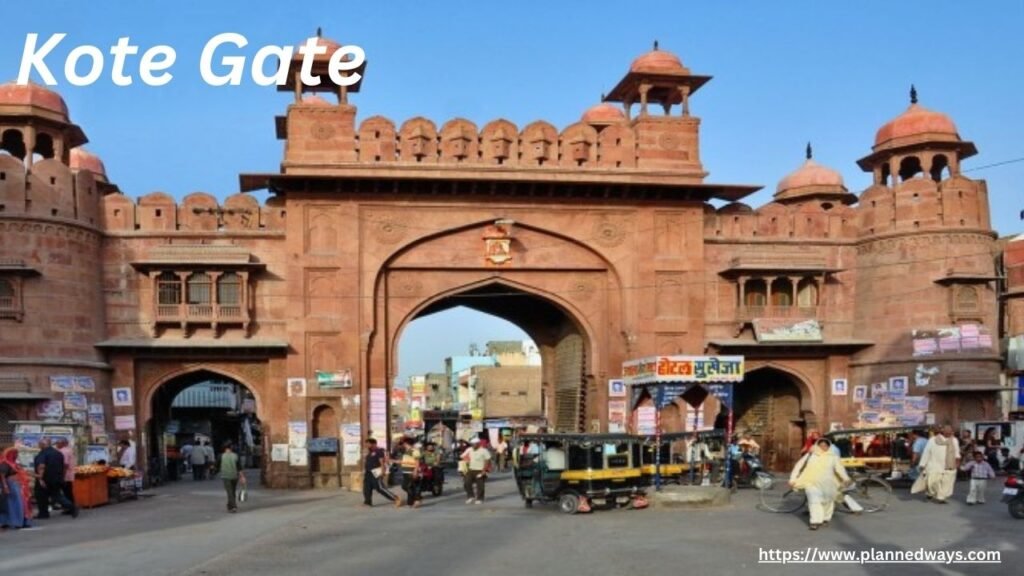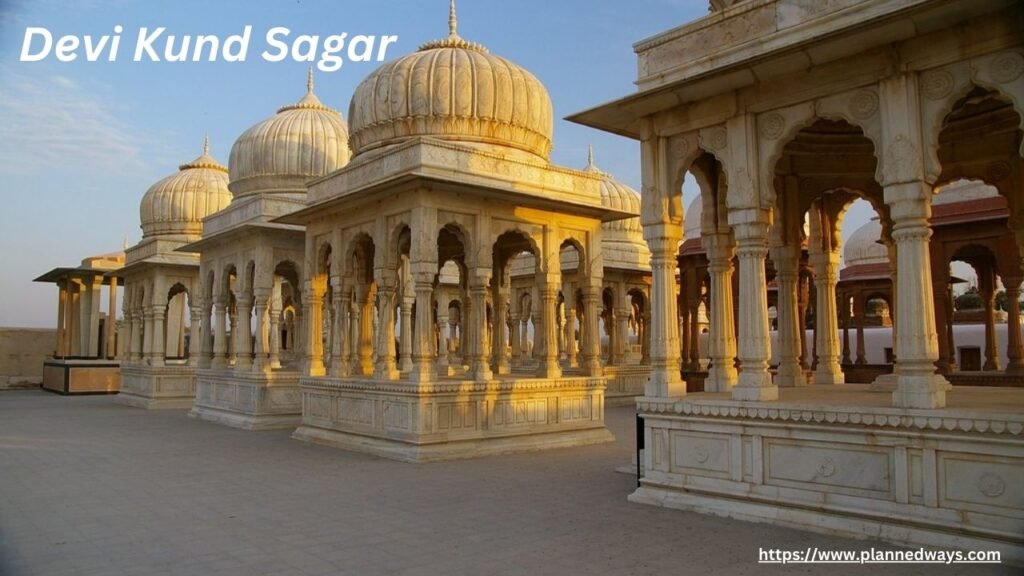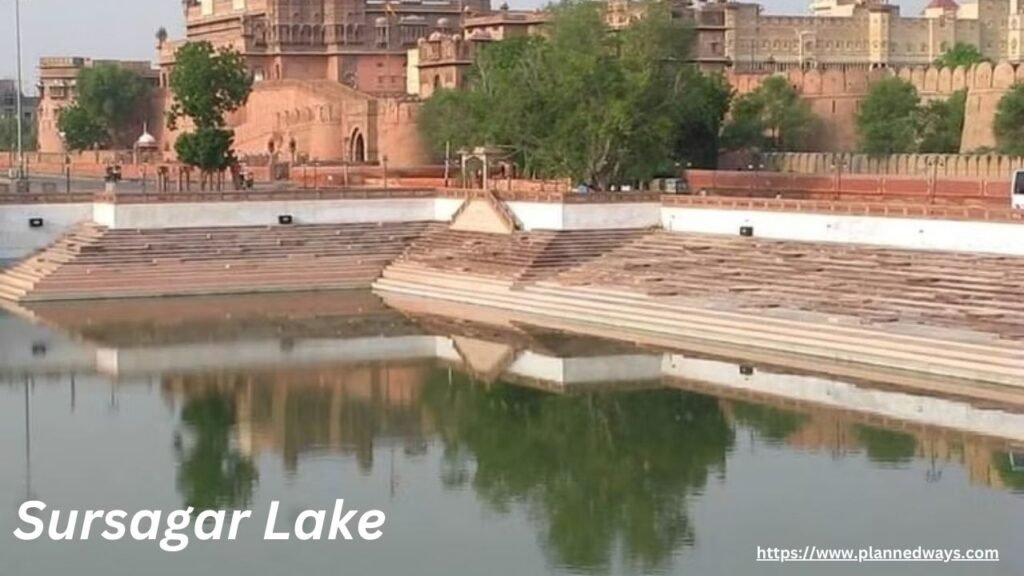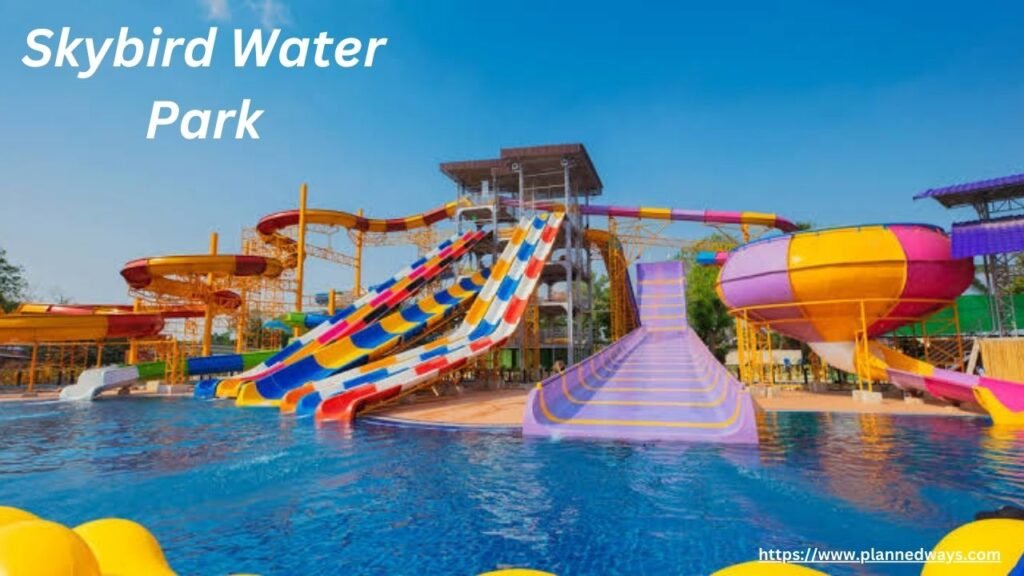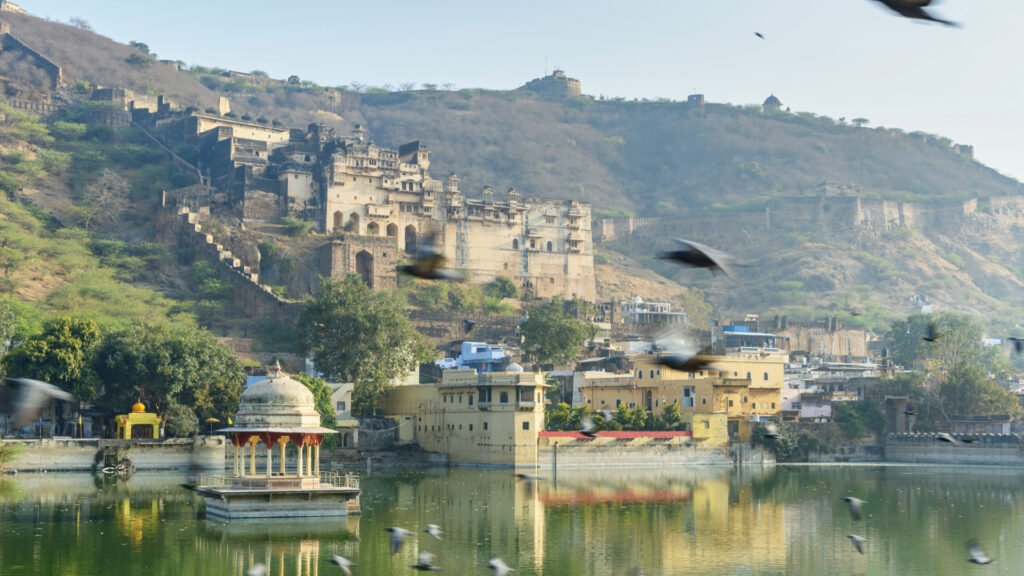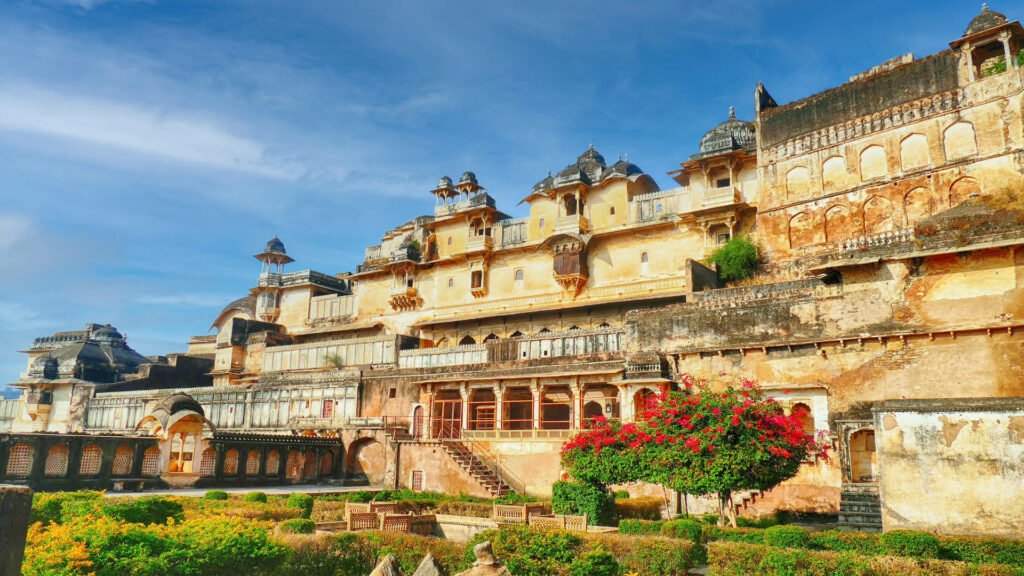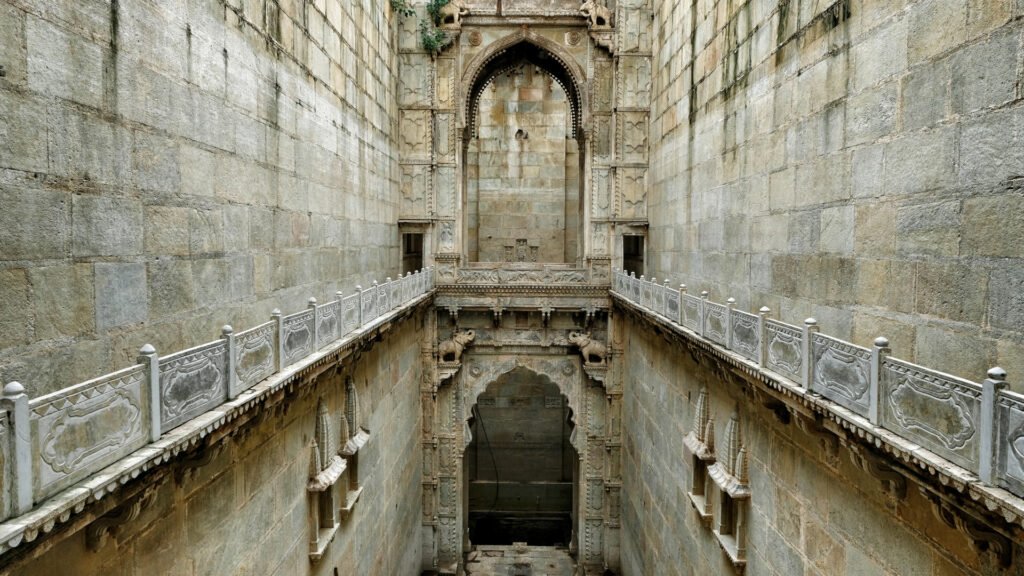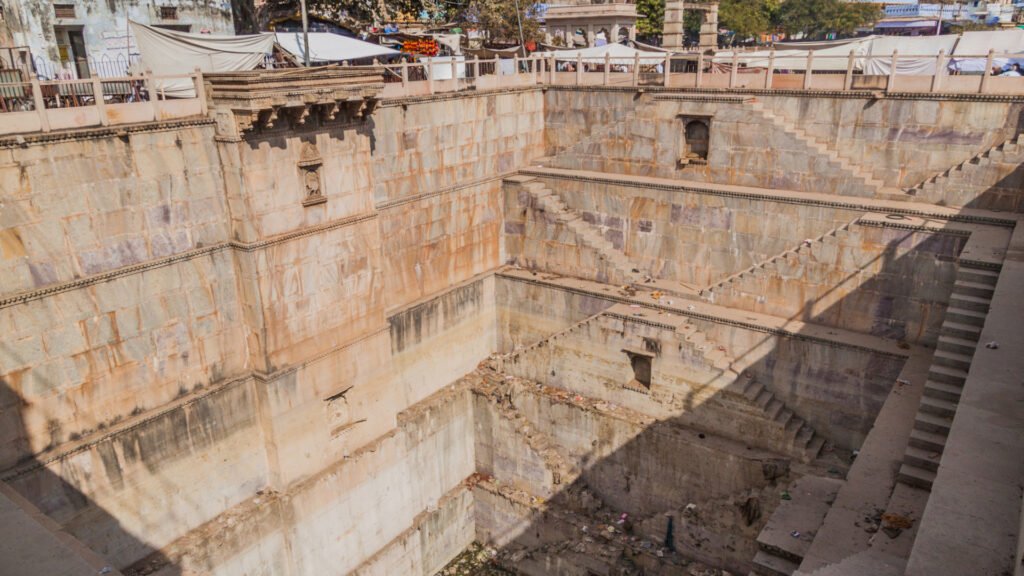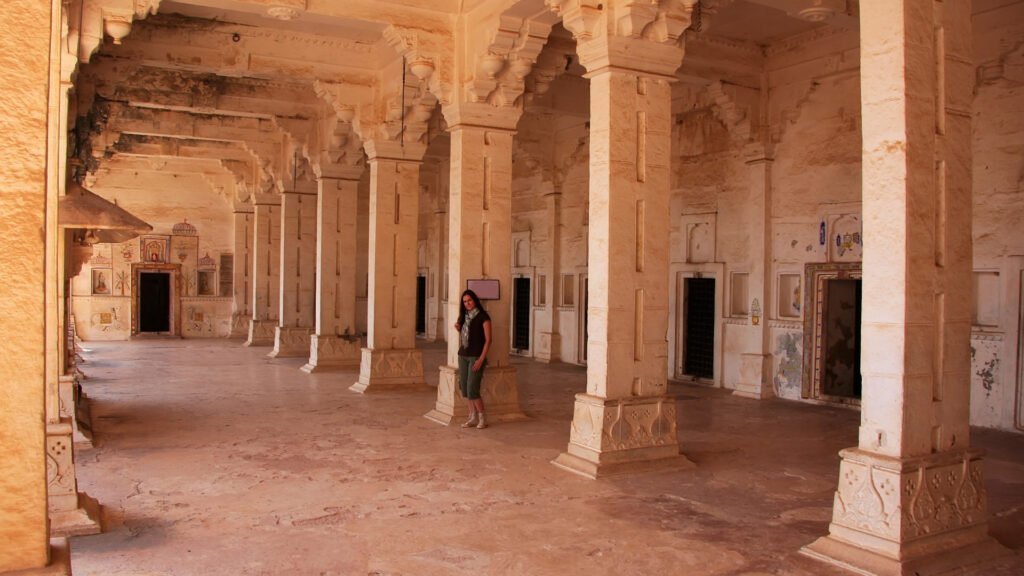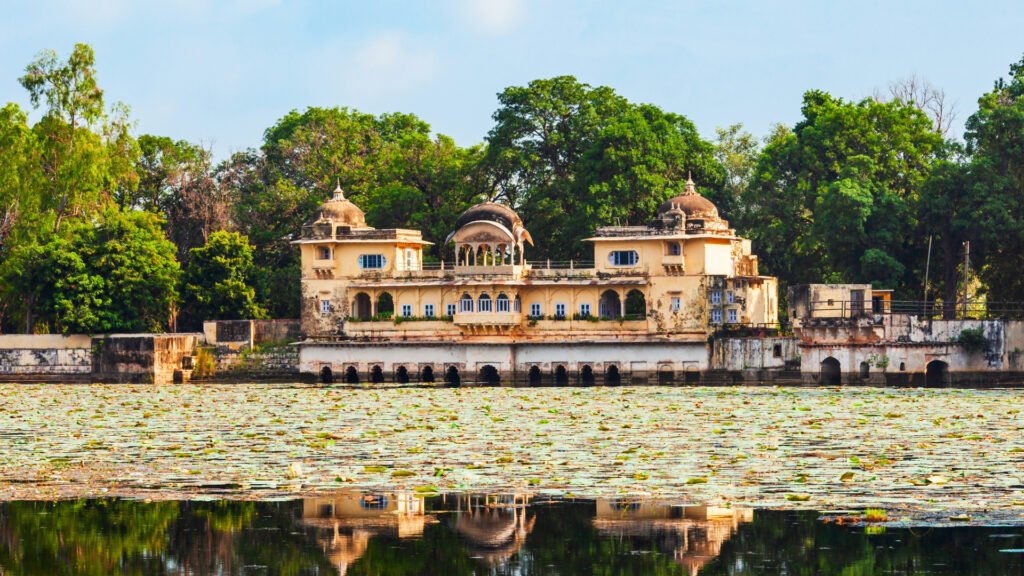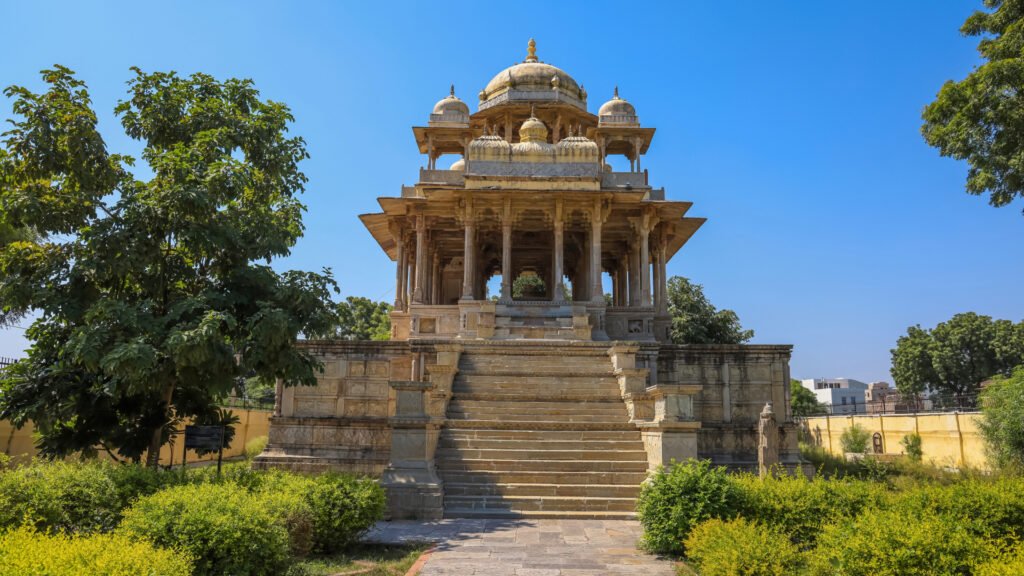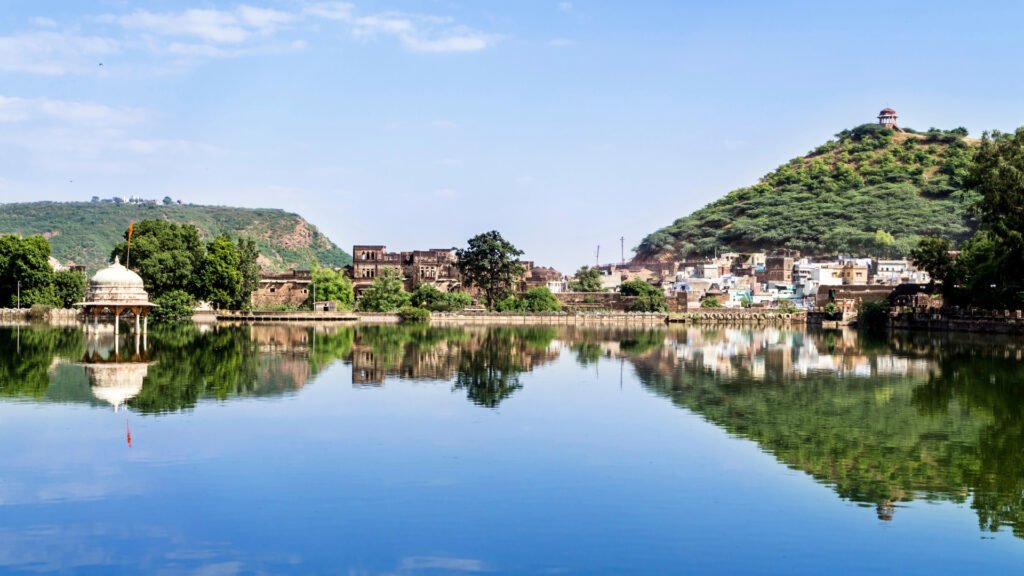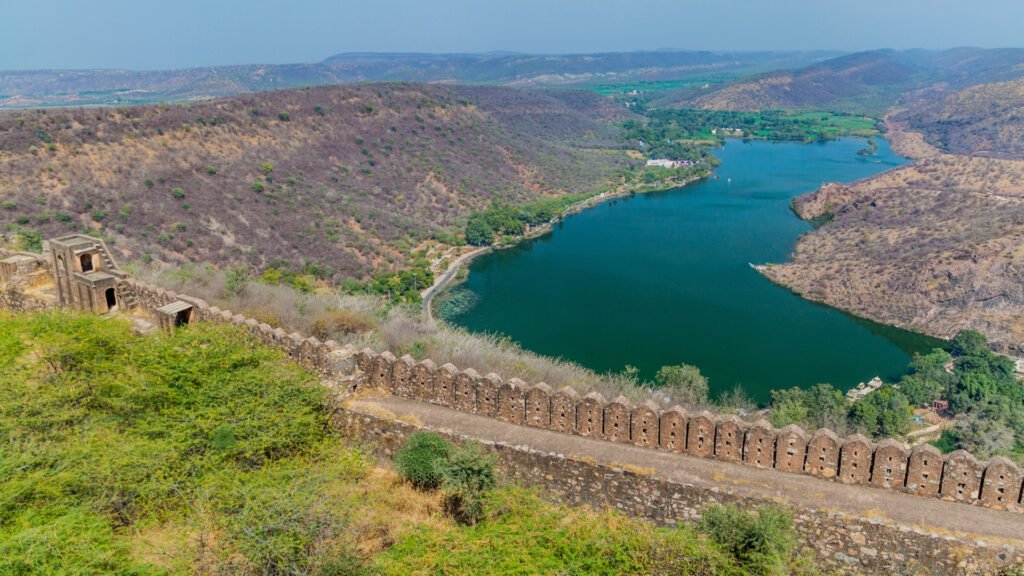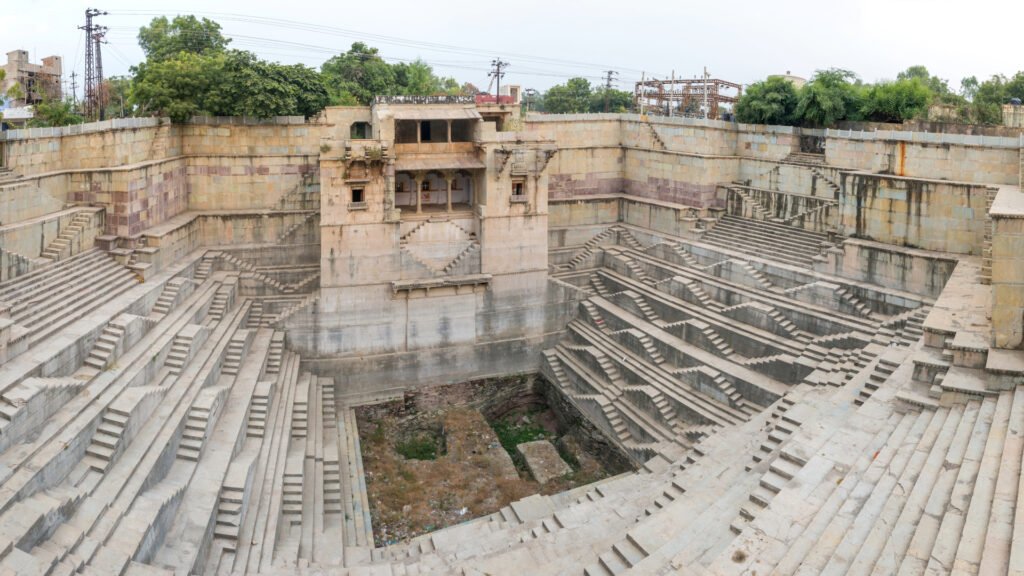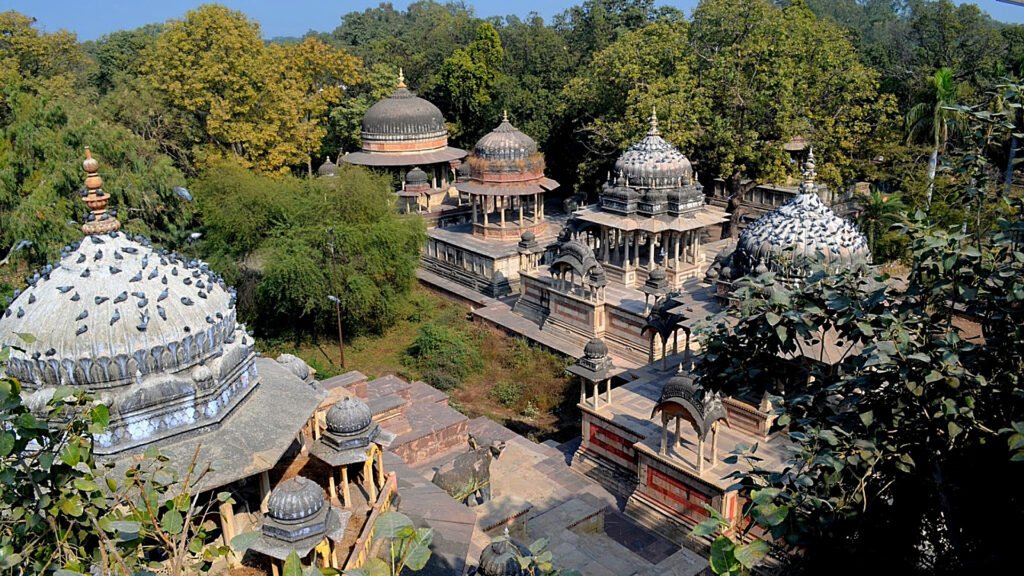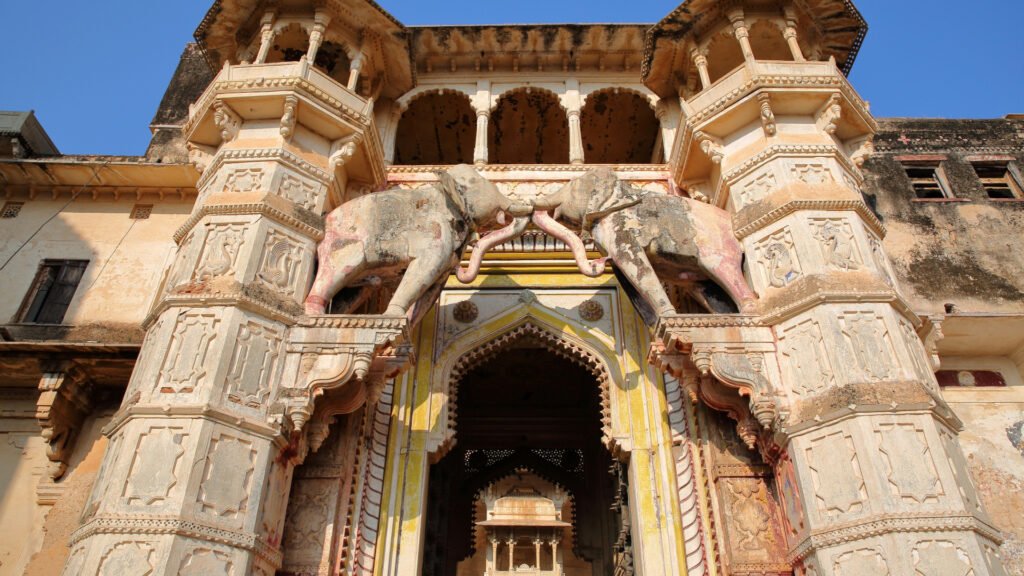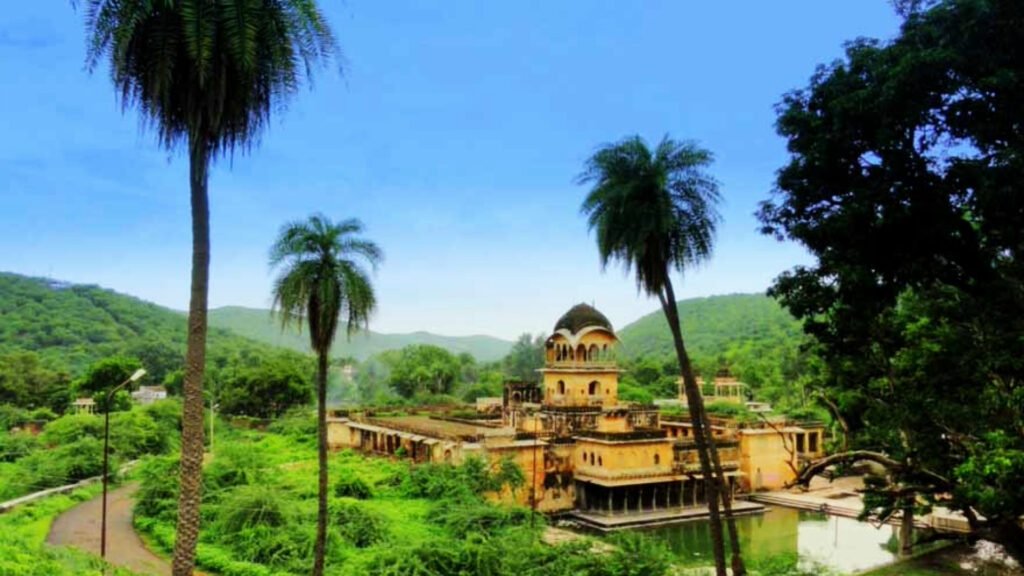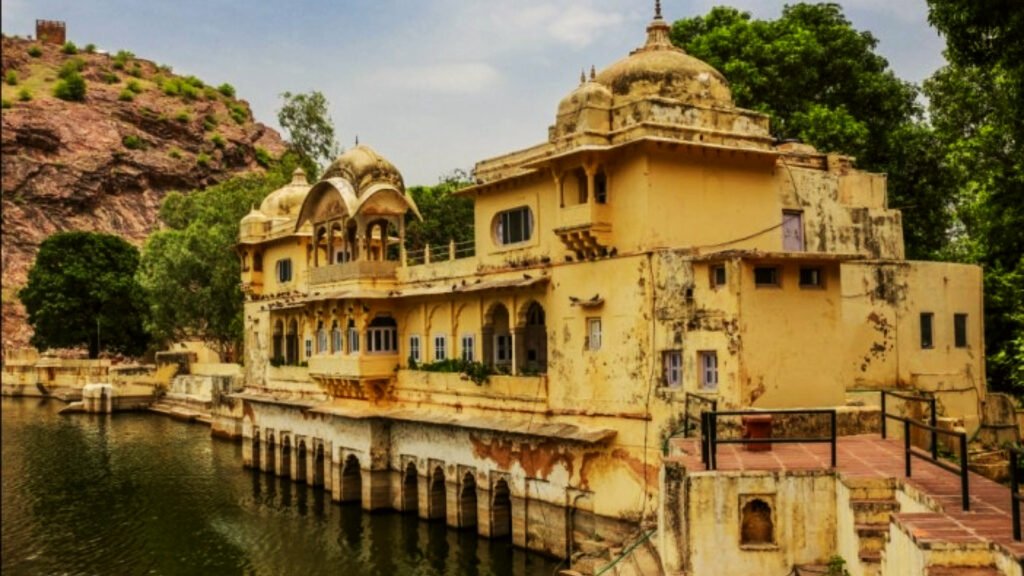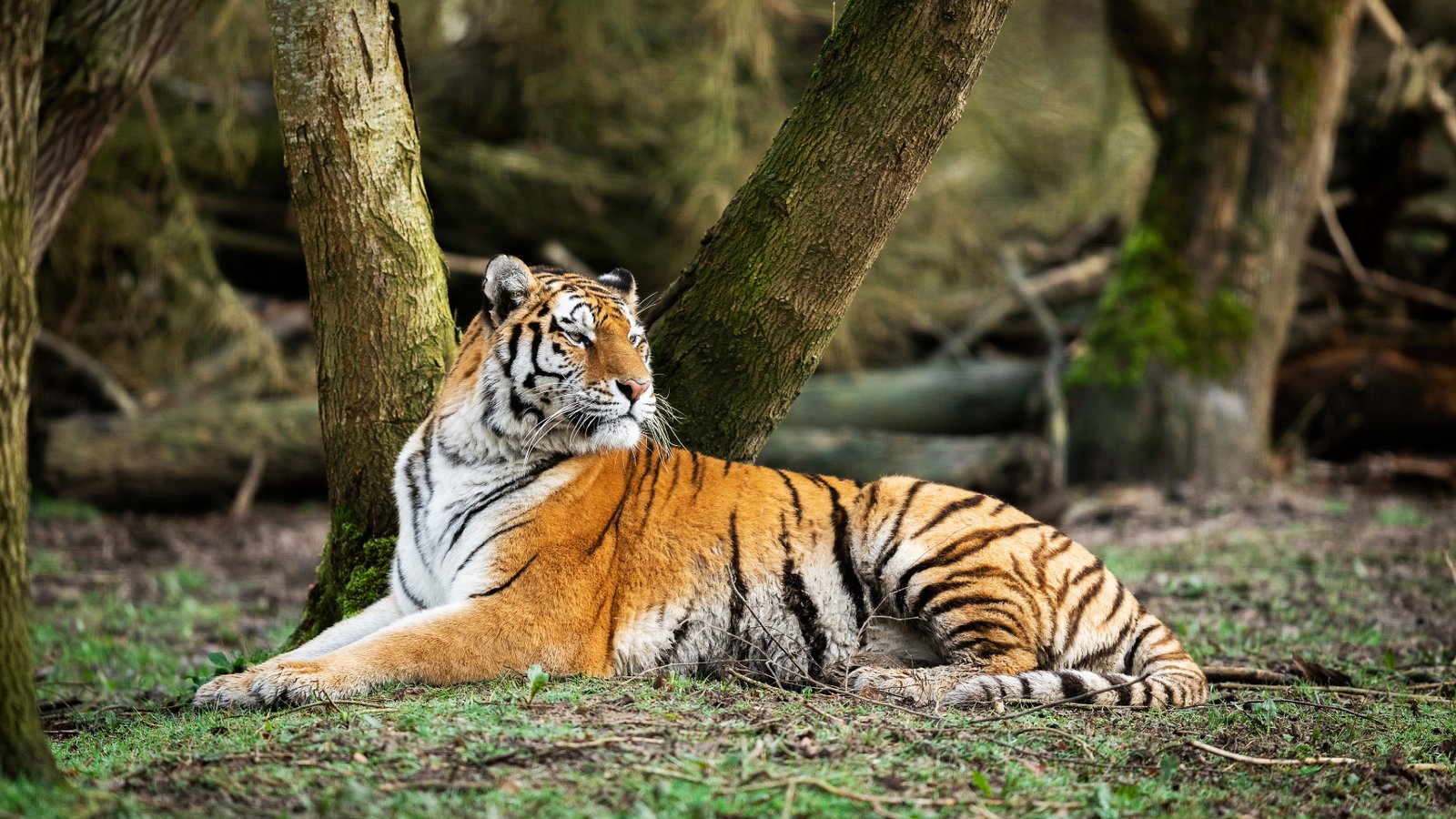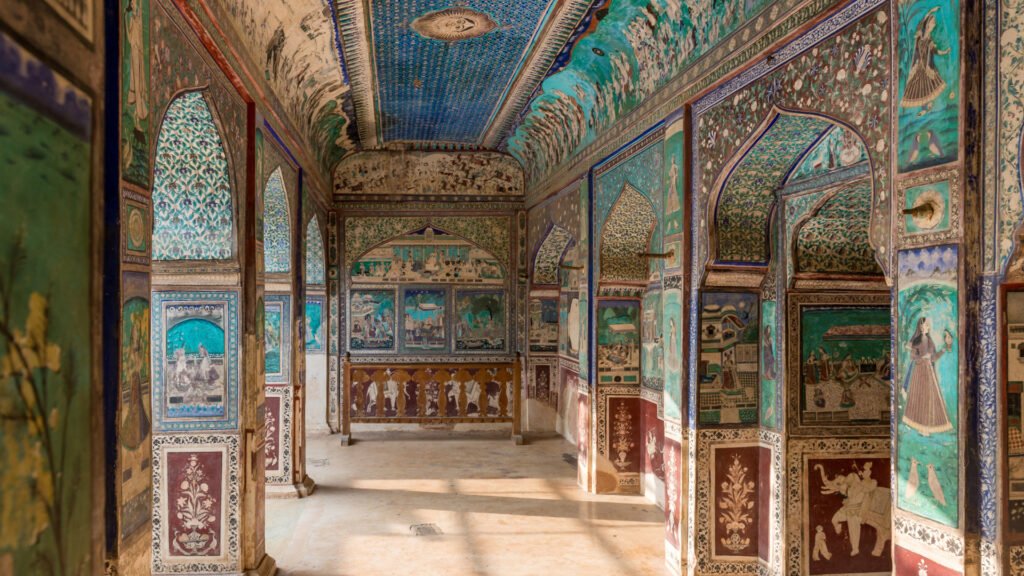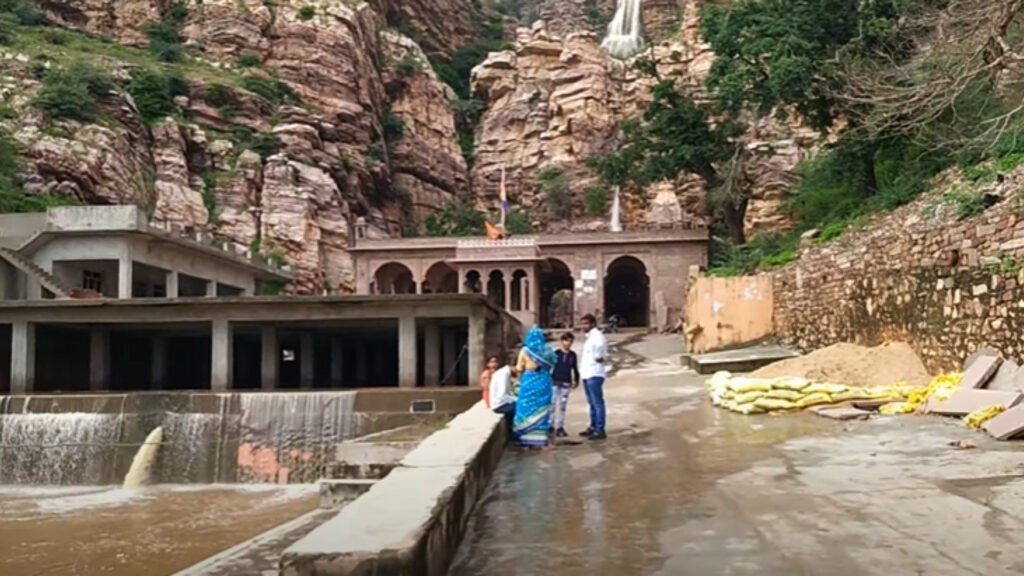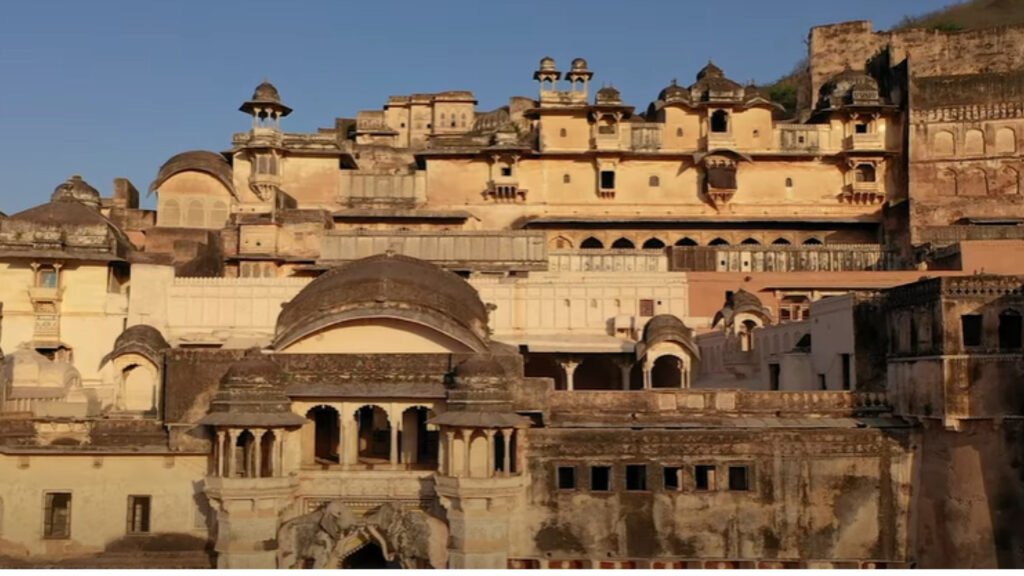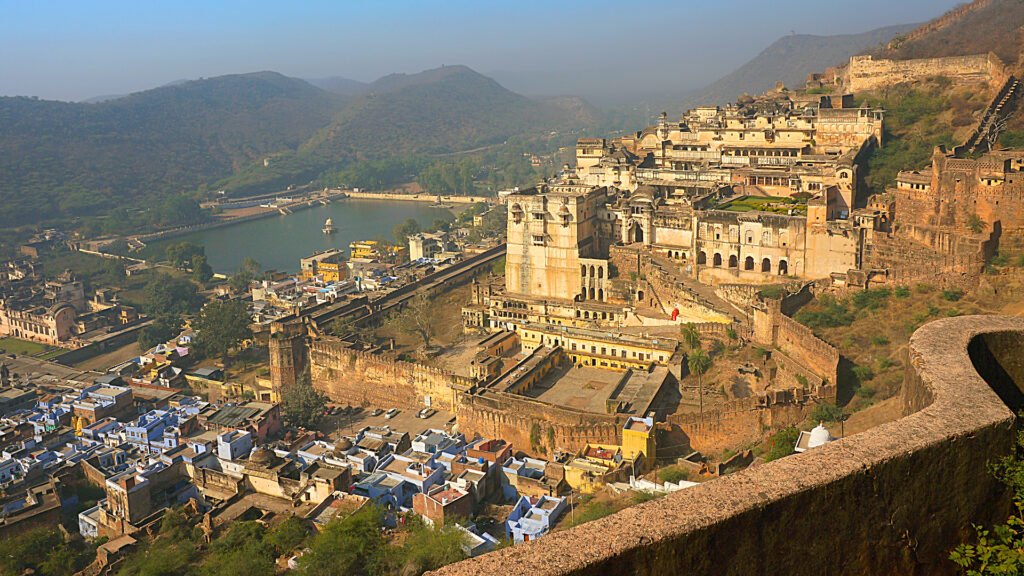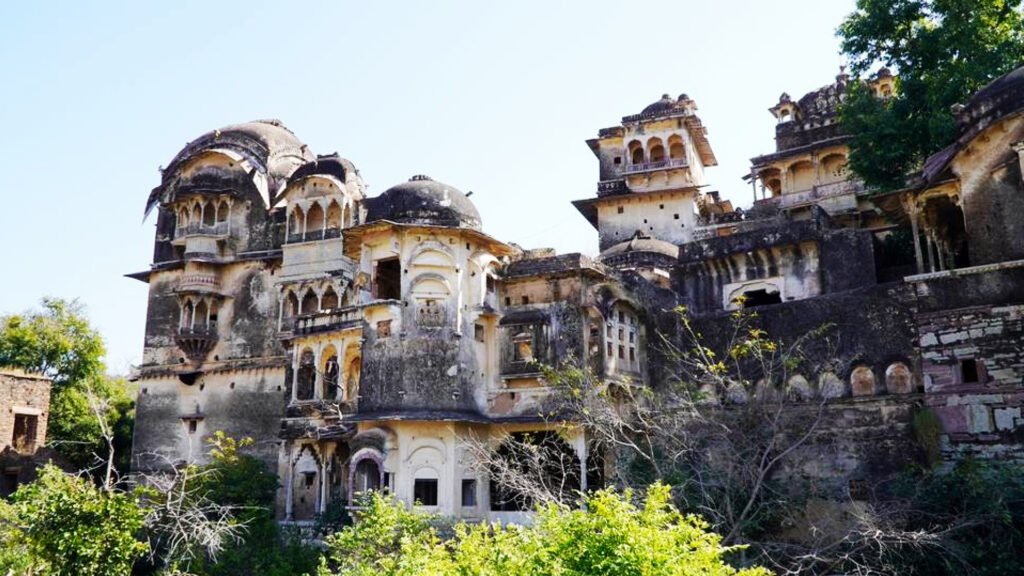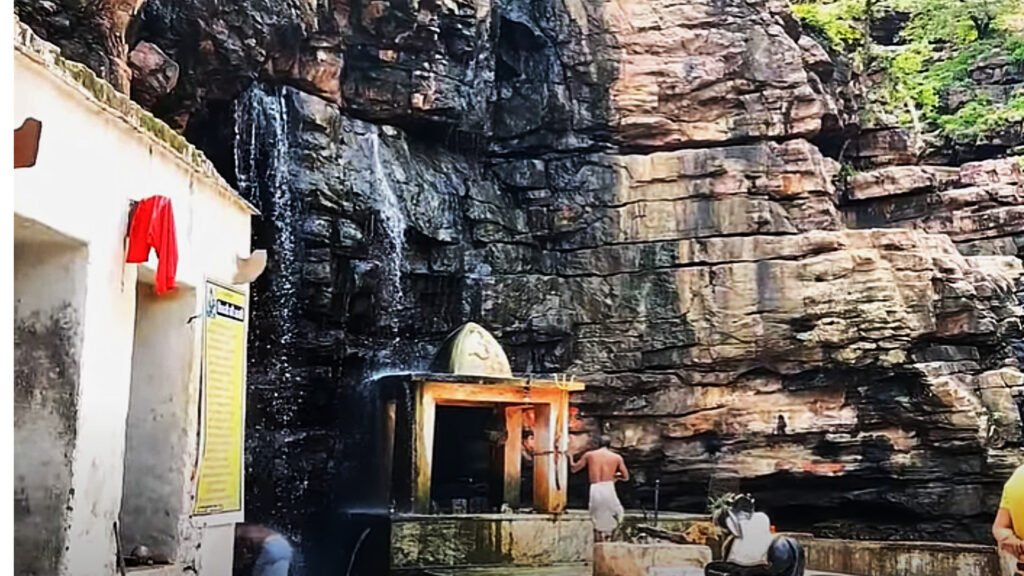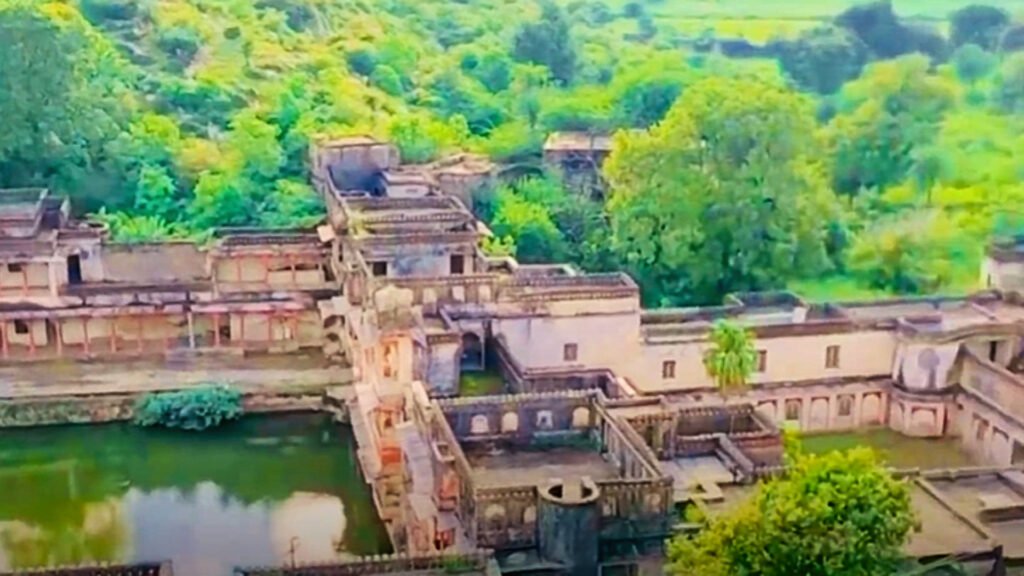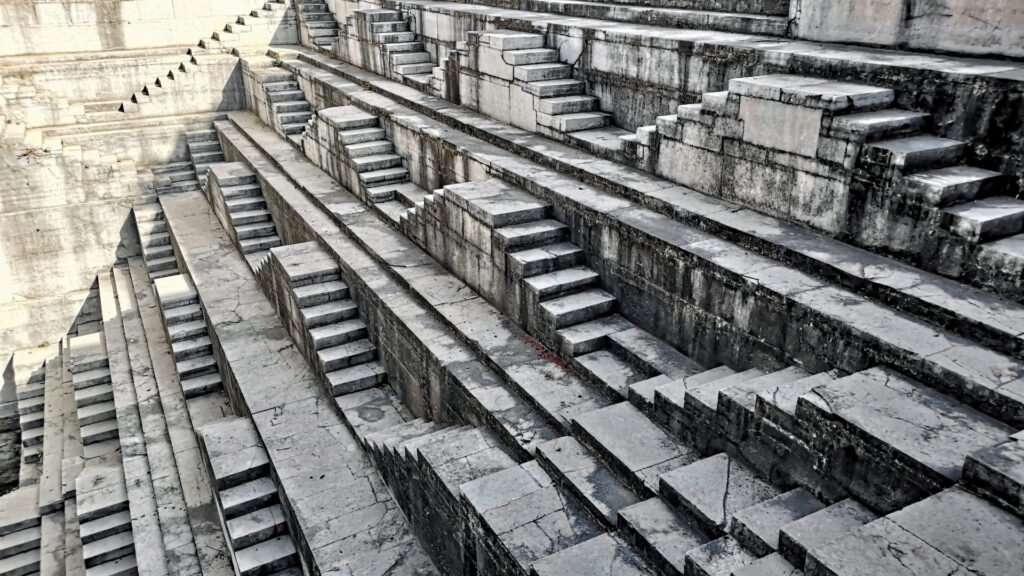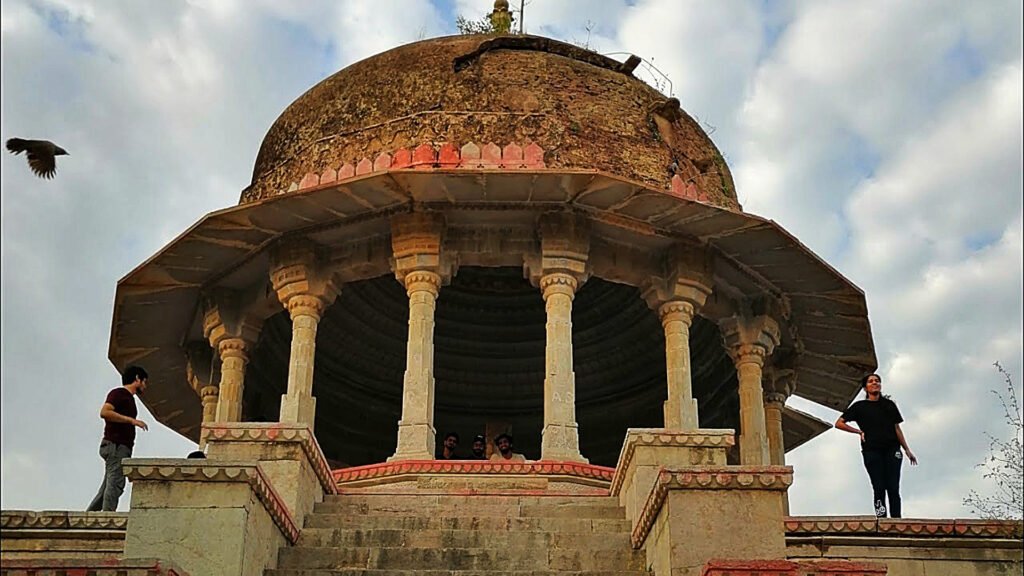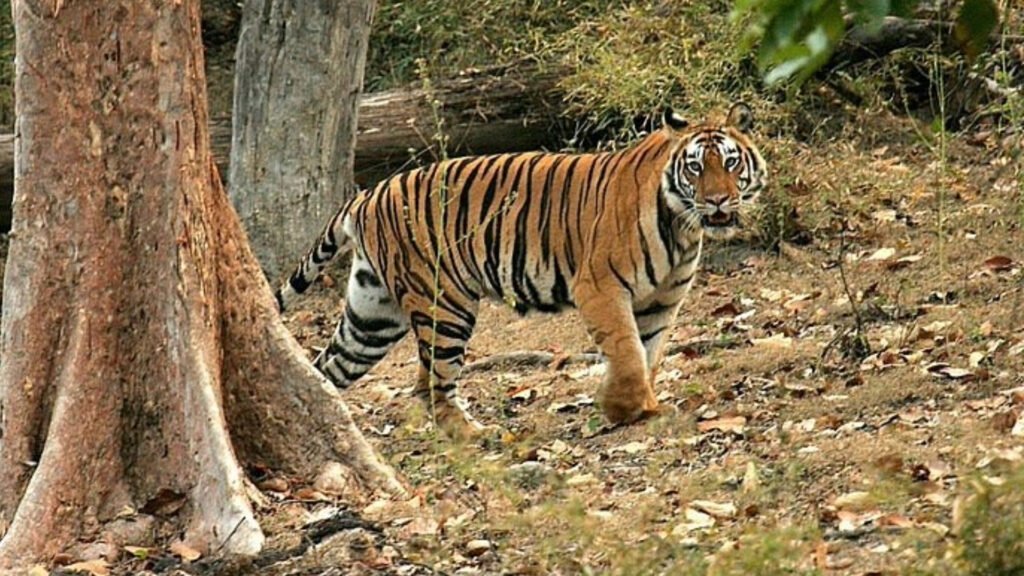Ajmer: Popular For Ajmer Sharif | Top 33 Places To Visit | Complete Tour Guide
Ajmer, a historic city in Rajasthan, India, nestled in the Aravalli Mountains, was established by a Chauhan king in the 7th century and served as the Chauhan dynasty’s capital until the 12th century. Renowned for the Ajmer Sharif Dargah, the shrine of Sufi saint Khwaja Moinuddin Chishti, the city attracts pilgrims from diverse faiths. Apart from its spiritual significance, Ajmer boasts a rich cultural heritage, esteemed educational institutions, and natural beauty. The city’s rich blend of spirituality, history, and culture makes it a captivating destination for travelers. It has been a center of culture, religion, and politics for centuries. Ajmer has a historical significance for Hinduism, Jainism, and Buddhism, as it has many sacred places and heritage sites associated with these faiths. Here are some examples.
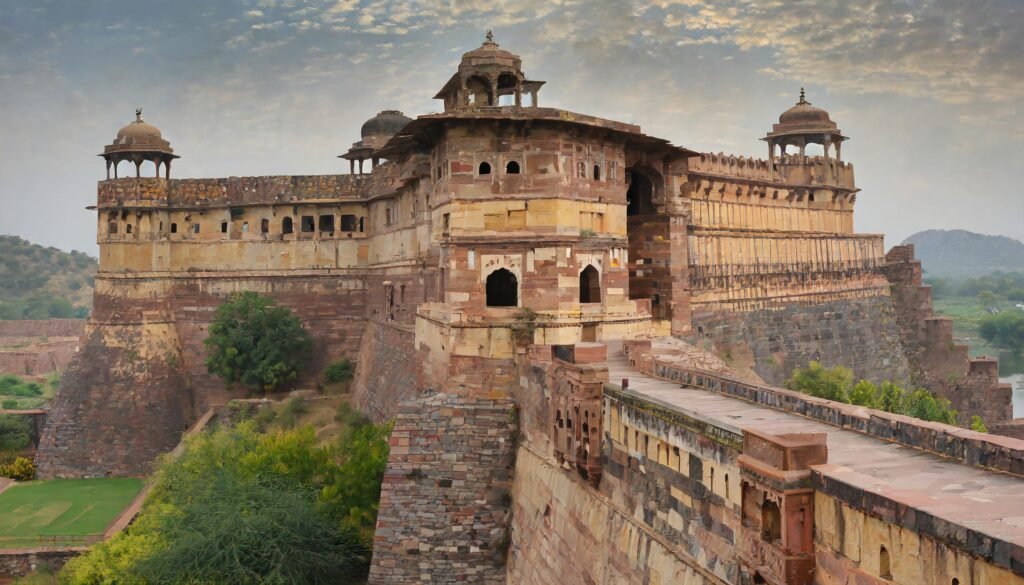
Best Places To Visit In Ajmer
Ajmer is home to the famous Brahma Temple in Pushkar, one of the few temples dedicated to Lord Brahma, the creator god in Hinduism. It is also the site of the Pushkar Lake, which is considered to be one of the five sacred lakes of Hinduism. Ajmer also hosts the annual Pushkar Fair, a colorful and vibrant festival that attracts millions of pilgrims and tourists. Ajmer is also known for the Dargah Sharif, the tomb of the Sufi saint Moinuddin Chishti, who is revered by both Hindus and Muslims. The Dargah is visited by people of all faiths, who seek blessings and miracles from the saint. Ajmer also has many temples dedicated to various Hindu deities, such as Lord Shiva, Lord Rama, and Goddess Durga.
Here is some places to visit in Ajmer:
1. Taragarh Fort
Taragarh Fort, situated in Ajmer, Rajasthan, is a historic fortress that holds a commanding position atop a hill. Built in the 12th century by King Ajaypal Chauhan, it is one of the oldest hill forts in India. The fort offers panoramic views of Ajmer and its surroundings. Known for its rugged architecture and strategic location, Taragarh Fort has several gateways, reservoirs, and cannons. The fort also houses structures like the Rani Mahal, Miran Saheb ki Dargah, and the Bhim Burj. Visitors to Taragarh Fort can explore its ancient charm, walk through its imposing gates, and witness the remnants of its storied past, making it a significant historical attraction in Ajmer.
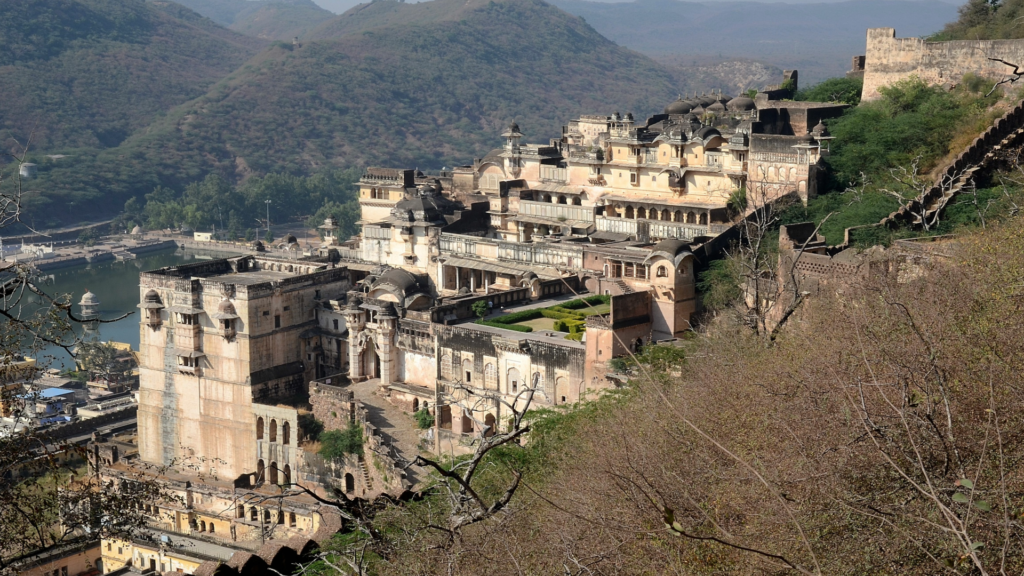
2. Khwaja Gharib Nawaz Dargah Sharif
Khwaja Gharib Nawaz Dargah Sharif, commonly known as Ajmer Sharif Dargah, is a revered Sufi shrine located in Ajmer. It is dedicated to the venerated Sufi saint Khwaja Moinuddin Chishti, a spiritual leader known for his teachings of love, peace, and unity. The Dargah, constructed in the early years of the 13th century, attracts millions of devotees and pilgrims from various faiths. The complex includes the tomb of Khwaja Moinuddin Chishti, a mosque, and several other structures. Pilgrims visit the Dargah to seek blessings, offer prayers, and participate in the spiritually charged atmosphere. The annual Urs festival, commemorating the death anniversary of Khwaja Moinuddin Chishti, is a major event drawing devotees from far and wide. The Ajmer Sharif Dargah stands as a symbol of religious harmony and is an integral part of Ajmer’s cultural and spiritual heritage.
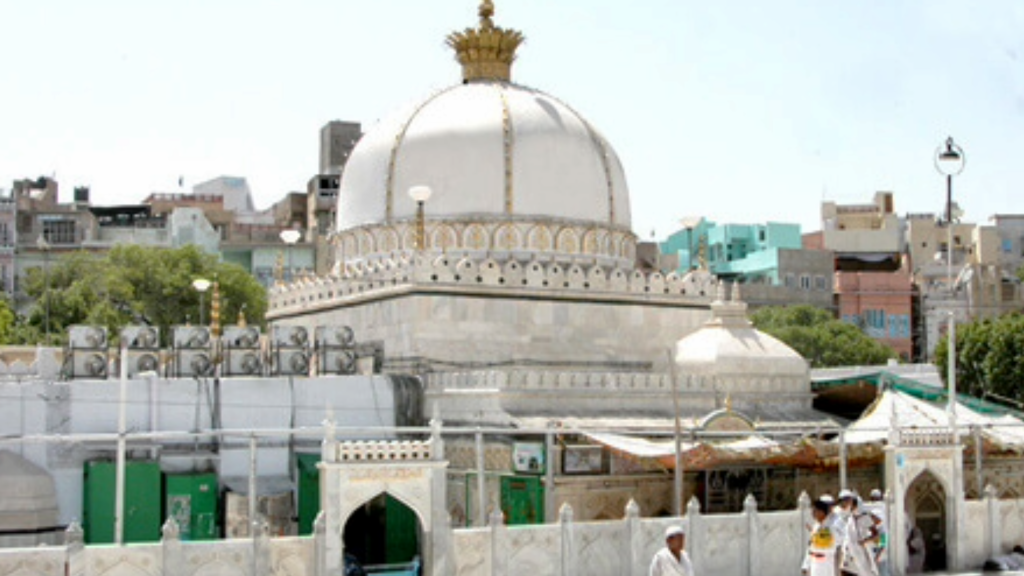
3. Ana Sagar Lake
Ana Sagar Lake is a picturesque artificial lake. Constructed in the 12th century by Anaji Chauhan, the grandfather of Prithviraj Chauhan, it is one of the largest lakes in the region. Surrounded by scenic views and marble pavilions, Ana Sagar Lake offers a serene and tranquil environment. The lake has been a popular spot for both locals and tourists to relax, enjoy boat rides, and admire the beautiful Mughal-style gardens along its shores. The presence of Daulat Bagh, a well-maintained garden built by Emperor Jahangir, adds to the charm of Ana Sagar Lake. Visitors can appreciate the historical significance, architectural beauty, and peaceful ambiance while exploring this iconic water body in Ajmer.

4. Nareli Jain Temple
Nareli Jain Temple is a stunning marble marvel dedicated to the Jain faith. This architectural gem stands out with its intricate carvings, elegant design, and white marble construction. Built recently, Nareli Jain Temple is known for its unique blend of traditional and contemporary Jain temple architecture. The temple complex includes multiple shrines, each adorned with ornate sculptures and finely crafted marble. The main deity worshipped here is Lord Adinath, the first Tirthankara of Jainism. Surrounded by the Aravalli Hills, the temple offers a peaceful and spiritual atmosphere. Visitors can appreciate the intricate craftsmanship, experience tranquility, and enjoy panoramic views of the surrounding landscape from the temple premises.
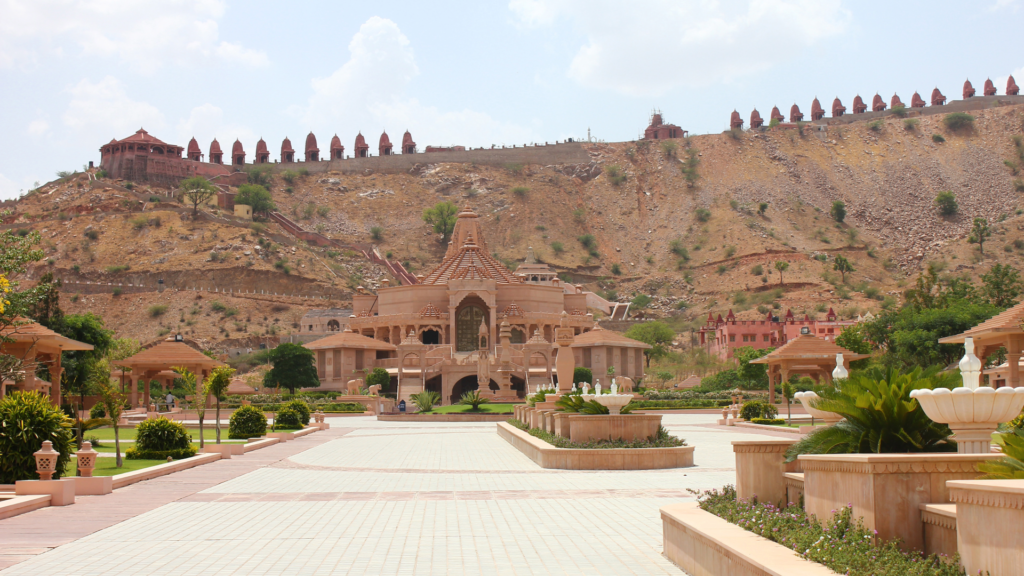
5. Adhai-din ka Jhonpra Mosque
Adhai-din ka Jhonpra Mosque is an ancient mosque with a unique history and distinctive architectural features. The name “Adhai-din ka Jhonpra” translates to “shed of two and a half days,” suggesting the legend behind its construction. Originally a Sanskrit college, the mosque was transformed into a Muslim place of worship in just two and a half days during the 12th century by Sultan Ghori’s orders. The mosque exhibits a blend of Indo-Islamic architecture, featuring intricate carvings, arches, and pillars that reflect both Hindu and Islamic artistic influences. The exterior is adorned with detailed Arabic inscriptions, while the interior showcases a spacious prayer hall with a central courtyard. Adhai-din ka Jhonpra Mosque stands as a testament to the historical and cultural confluence in Ajmer.
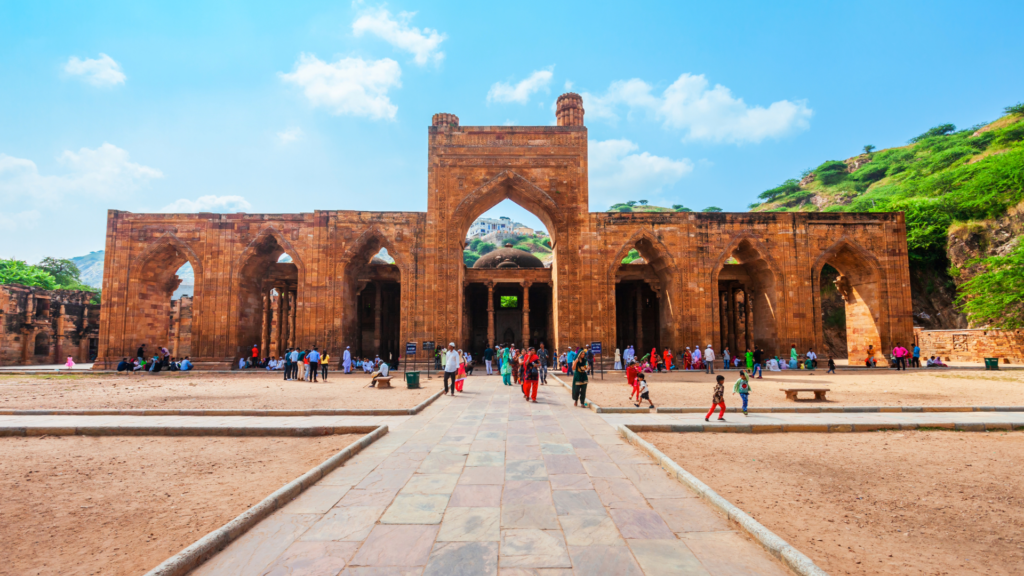
6. Rangji Temple
Rangji Temple is a significant Hindu temple dedicated to Lord Rangji, an incarnation of Lord Vishnu. Built in the South Indian style of architecture, the temple stands out with its vibrant and ornate structure. The temple features a high rising ‘Gopuram’ (entrance tower) adorned with intricate sculptures and carvings, creating a visually stunning façade. Inside, the sanctum sanctorum houses the idol of Lord Rangji, attracting devotees and tourists alike. The temple’s serene atmosphere and artistic grandeur make it a noteworthy religious and cultural site in Ajmer.
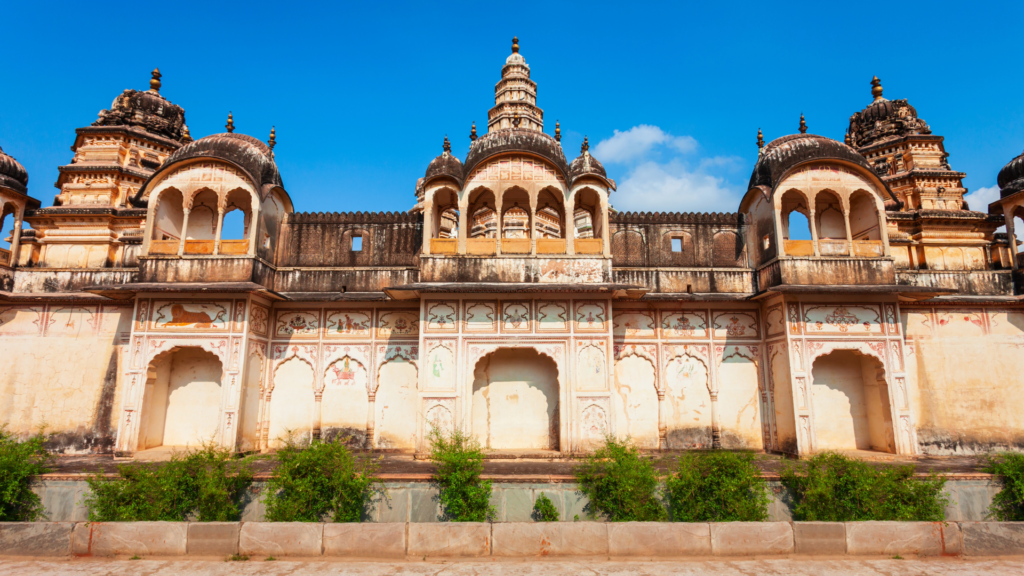
7. Savitri Temple
Savitri Temple is a Hindu temple dedicated to Goddess Savitri, the first wife of Lord Brahma, the creator of the universe. The temple is located on the top of Ratnagiri Hill, behind the Brahma Temple, in Pushkar, Ajmer. The temple is one of the most sacred and ancient temples in India, dating back to the 7th century. The temple offers a spectacular view of the Pushkar Lake and the surrounding city. The temple can be reached by a cable car or by climbing 970 steps. The temple is open from 5 am to 9 pm, and there is no entry fee. The temple is a popular pilgrimage site for devotees of Savitri, who is believed to be the source of all knowledge and wisdom.
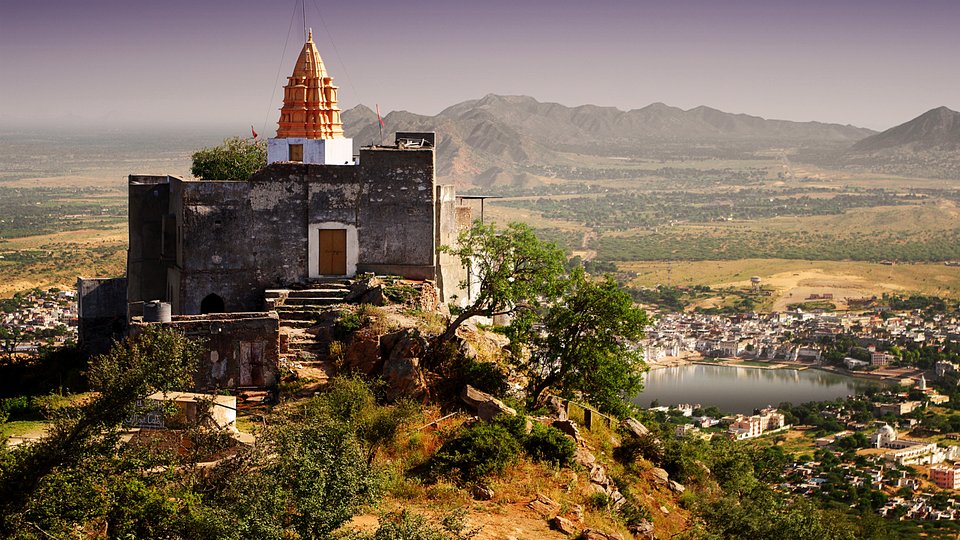
8. Shah Jahan’s Mosque
Shah Jahan’s Mosque, also known as Shahjahan Masjid, is a beautiful and historic mosque in Ajmer. It was built by the Mughal emperor Shah Jahan in the 17th century, inside the complex of the Ajmer Sharif Dargah. The mosque is made of white marble and has intricate carvings of the names of Allah and verses from the Quran on its walls and ceiling. The mosque also has a wall panel dedicated to the Sufi saint Khwaja Moinuddin Chishti, who is buried in the Dargah. The mosque is a masterpiece of Mughal architecture and a place of worship and reverence for Muslims and people of other faiths.
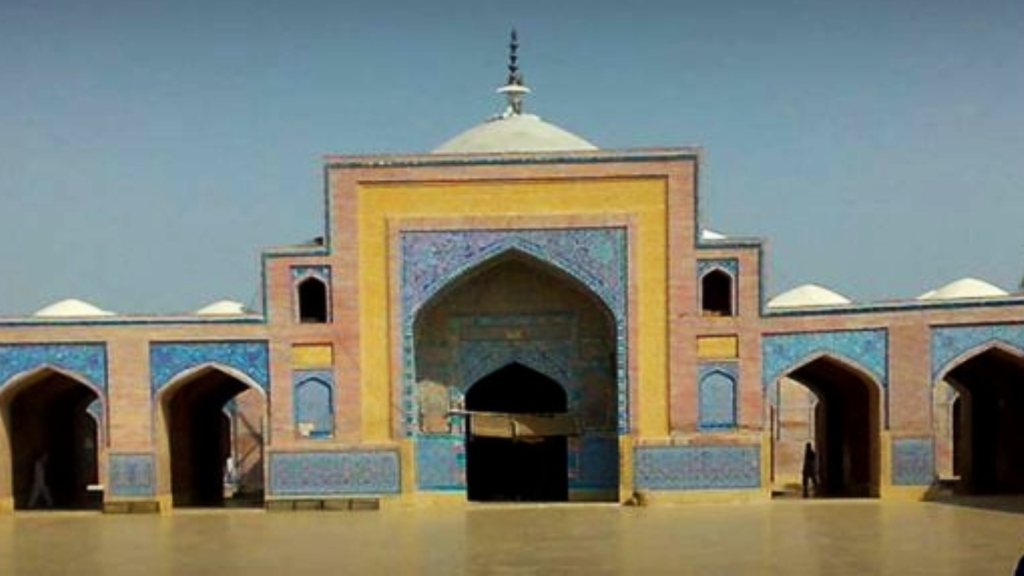
9. Akbar’s Palace & Museum
Akbar’s Palace & Museum is a historical structure with cultural significance. Constructed during the reign of Emperor Akbar in the 16th century, the palace reflects Mughal architectural styles. It has now been converted into a museum, showcasing artifacts and exhibits that provide insights into the history and lifestyle of the Mughal era. Visitors can explore the museum to witness a collection of art, weaponry, and other items from the bygone era, offering a glimpse into the rich heritage of Ajmer.
- Timings: 10 AM – 5 PM, Closed on Fridays
- Light & Sound Show: 7.30 PM – 8.15 PM in English & 8.30 PM – 9.15 PM in Hindi
- Entry Fee: Rs. 10 for Indians, Rs. 50 for Foreigners
- Light & Sound Show Fee: Rs. 50 per person
- Photography: Not Allowed

10. Daulat Bagh Garden
Daulat Bagh Garden in Ajmer is a charming historical garden that dates back to the Mughal era. Built by Emperor Jehangir in the 17th century, the garden is a picturesque retreat adorned with fountains, pavilions, and lush greenery. Daulat Bagh is situated adjacent to the Ana Sagar Lake, offering a serene ambiance and stunning views. The garden’s layout is intricately designed, reflecting the Mughal love for symmetry and beauty. It provides a peaceful escape for visitors seeking relaxation amidst historical splendor in the heart of Ajmer.
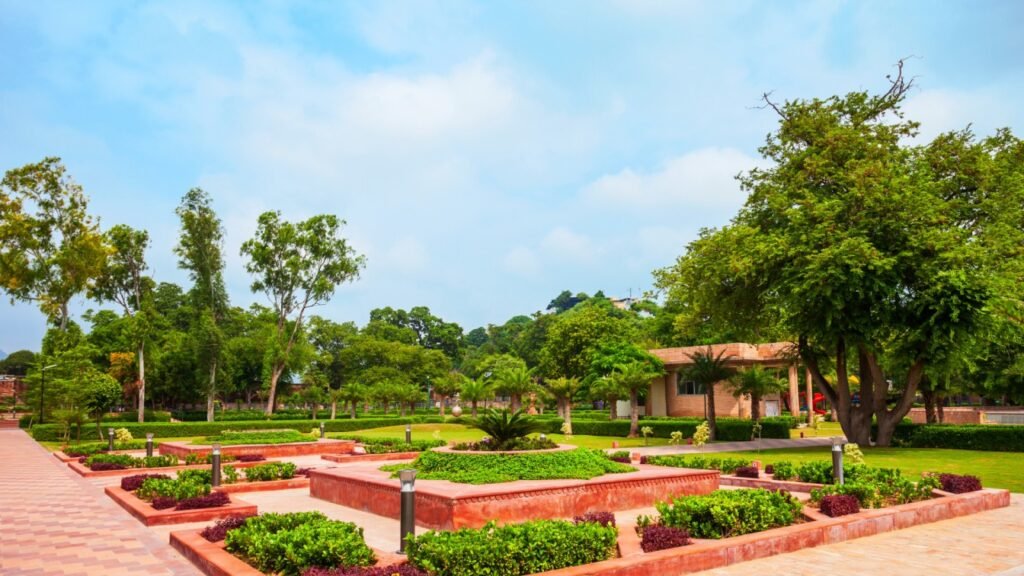
11. Akbari Masjid
Akbari Masjid in Ajmer is a historical mosque commissioned by Emperor Akbar in the 16th century. This architectural marvel reflects the Mughal influence with its grandeur and intricate design. Located near the Dargah Sharif, the mosque features a large courtyard and stunning domes. The central prayer hall is adorned with beautiful arches and calligraphic inscriptions, showcasing the craftsmanship of that era. Akbari Masjid stands as a testament to the cultural and religious diversity of Ajmer, attracting both worshipers and admirers of historical monuments.
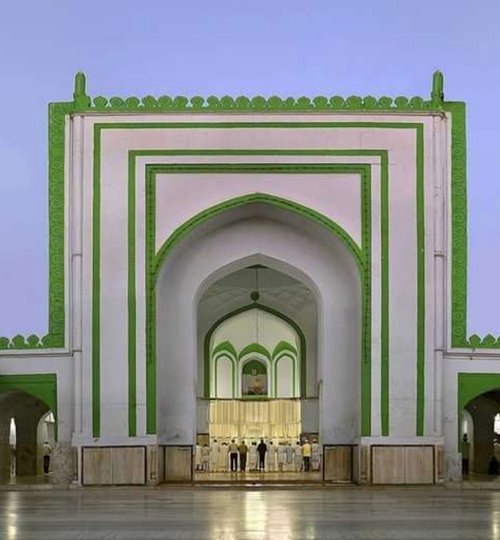
12. Mayo College Museum
Mayo College Museum is a fascinating repository of history and culture, housed within the prestigious Mayo College. Established in 1907, the museum exhibits a diverse collection of artifacts, memorabilia, and historical items. Visitors can explore the rich heritage of Mayo College through displays of traditional weapons, ancient manuscripts, royal attire, and archaeological finds. The museum provides insights into the evolution of Mayo College, one of India’s oldest and most distinguished public schools. It offers a captivating journey through time, showcasing the contributions of Mayo College to education, sports, and Indian heritage. The exhibits are curated to preserve the institution’s legacy and celebrate its cultural significance. Mayo College Museum stands as a testament to the illustrious past and continued excellence of Mayo College in Ajmer.
- Timings: 10:00 AM – 4:00 PM, Closed on Fridays
- Entry Fee: No Entry Fee but Permission is Required from the Administration
- Photography: Not Allowed
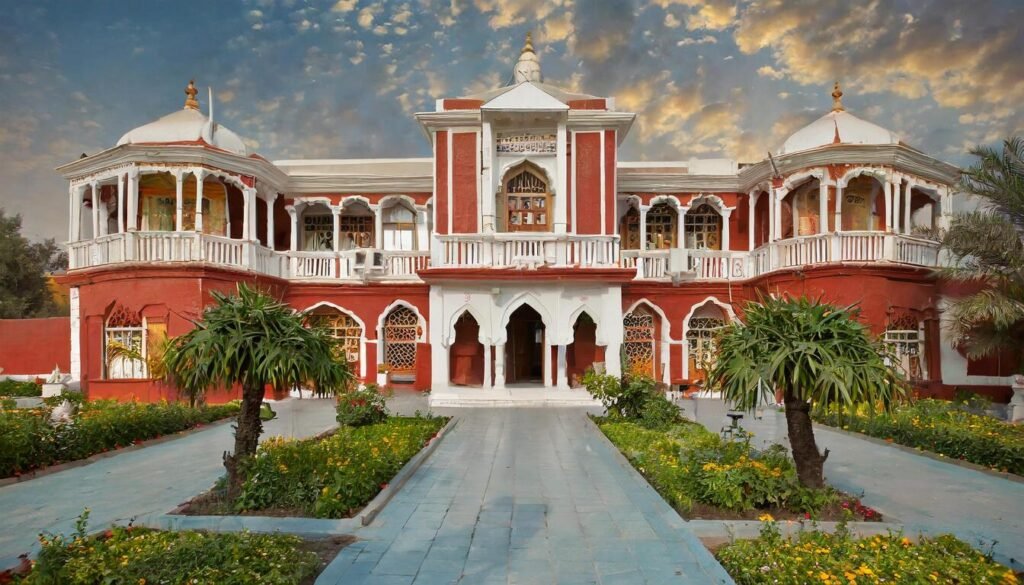
13. Bhagchand Ki Kothi
Bhagchand Ki Kothi is a historic structure that reflects the architectural heritage of the region. Believed to have been built in the 19th century, Bhagchand Ki Kothi stands as a testament to the grandeur and craftsmanship of that era. The kothi, or mansion, features intricate designs, traditional Rajasthani elements, and a unique blend of local architectural styles. While specific historical details about Bhagchand Ki Kothi may vary, its presence adds to the cultural and architectural tapestry of Ajmer. The building may have served various purposes over the years, contributing to the city’s rich history.
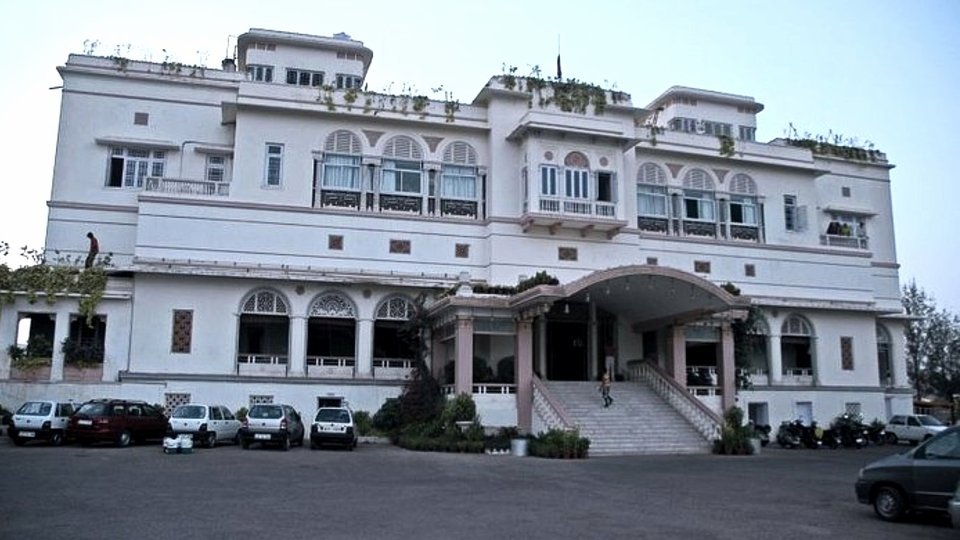
14. Prithviraj Smarak Monument
Prithviraj Smarak Monument pays tribute to the heroic Rajput warrior Prithviraj Chauhan. The monument honors his significant contributions to medieval Indian history, featuring elements like statues and inscriptions depicting scenes from his life and battles. This cultural landmark invites visitors to reflect on the valor and historical legacy of Prithviraj Chauhan, contributing to Ajmer’s cultural narrative and offering insights into the martial history of the region.
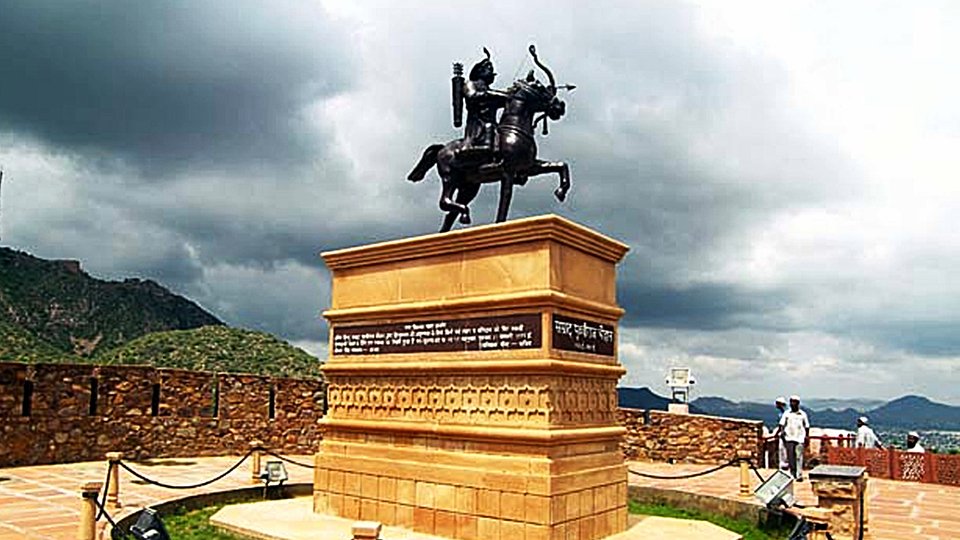
15. Foy Sagar Lake
Foy Sagar Lake, situated near Ajmer, is a captivating artificial lake built in 1892 during a famine relief project by an English engineer named Mr. Foy. Surrounded by scenic hills and lush greenery, the lake offers a tranquil retreat for visitors. The picturesque landscapes and serene waters make Foy Sagar Lake a popular spot for locals and tourists alike, providing a peaceful environment for relaxation and enjoying the natural beauty of the surroundings.
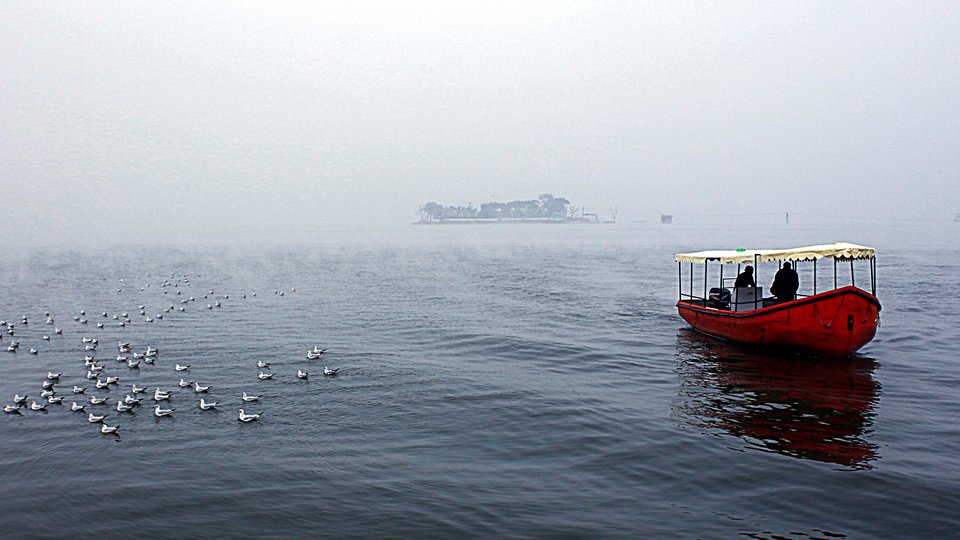
16. Archaeological Museum
The Archaeological Museum is a repository of historical artifacts and antiquities that shed light on the rich cultural and historical heritage of the region. Housed in the Akbari Fort, the museum showcases a diverse collection ranging from sculptures and inscriptions to pottery and coins. These exhibits span various periods, providing visitors with insights into the evolution of art, craftsmanship, and daily life in Ajmer. The Archaeological Museum serves as a valuable resource for those interested in exploring the archaeological and artistic aspects of the city’s past.
- Timings: 10:00 AM – 5:00 PM, Closed on Mondays
- Entry Fee: Rs. 20 for Indians, Rs. 100 for Foreigners (Free Entry for children below 7 years)
- Photography: Not Allowed
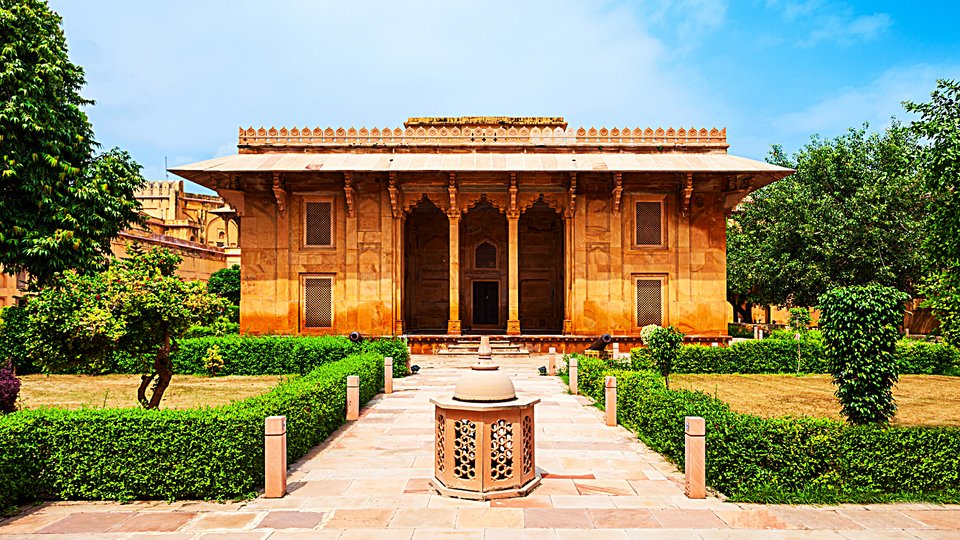
17. Government Museum
The Government Museum is a cultural institution that houses a diverse collection of artifacts reflecting the historical and artistic heritage of the region. Located within the magnificent Akbari Fort, the museum’s exhibits include sculptures, inscriptions, coins, and other archaeological finds. Visitors can explore the evolution of art, crafts, and daily life in Ajmer through the various items on display. The Government Museum serves as an educational and informative destination for those interested in delving into the cultural tapestry of Ajmer.
- Timings: 10:00 AM – 5:00 PM, Closed on Mondays
- Entry Fee: Rs. 20 for Indians, Rs. 100 for Foreigners (Free Entry for children below 7 years)
- Photography: Not Allowed
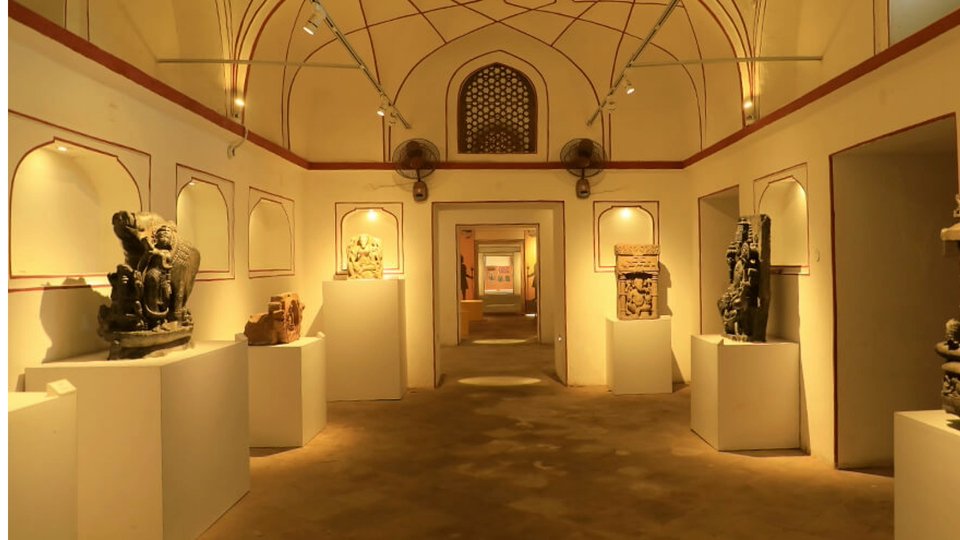
18. Ajmer Stupa:
Ajmer was once a flourishing center of Buddhism, as it was part of the Mauryan Empire, which was ruled by Emperor Ashoka, a patron of Buddhism. Ajmer has many ancient Buddhist relics and monuments, such as the Ajmer Stupa, which is believed to be built by Ashoka himself. The stupa is located near the Ana Sagar Lake, and is a circular mound of bricks, covered with lime plaster. The stupa is surrounded by stone pillars, which have inscriptions in Brahmi script. The stupa is a symbol of the spread of Buddhism in India and its influence on the local culture.
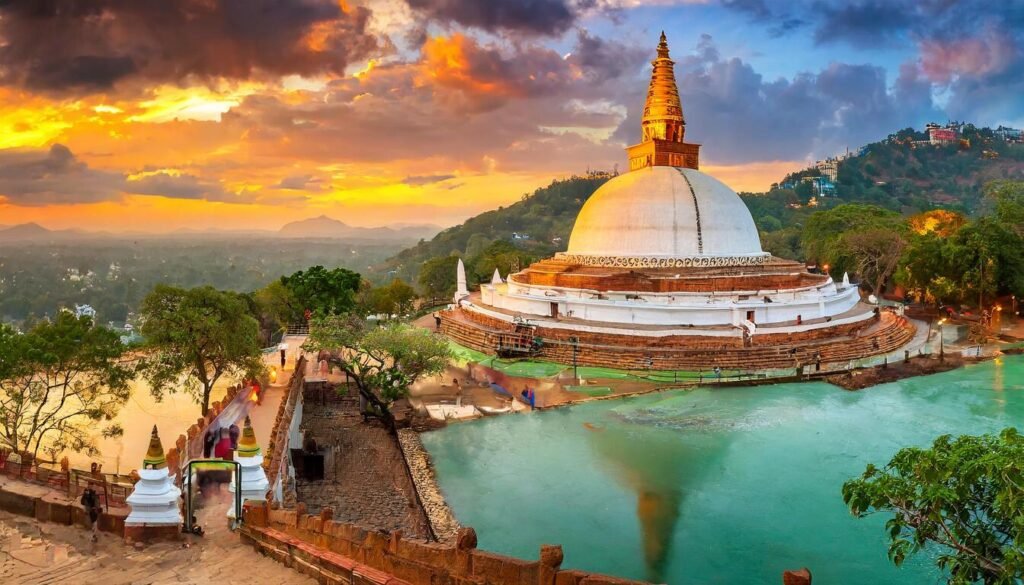
19. Daulat Khana
Daulat Khana is a historic palace and museum in Ajmer. It was built by the Mughal emperor Akbar in the 16th century and served as his residence during his visits to the Ajmer Sharif Dargah. The palace is now converted into a government museum that displays a large collection of Mughal and Rajput armoury, sculptures, paintings, and other artefacts. The museum also has a black marble statue of Goddess Kali and a light and sound show in the evening. Daulat Khana is a place of historical and cultural significance and a must-see attraction in Ajmer
Timings: 10 am to 5 pm
Entry Fee: Nominal Entry Fee
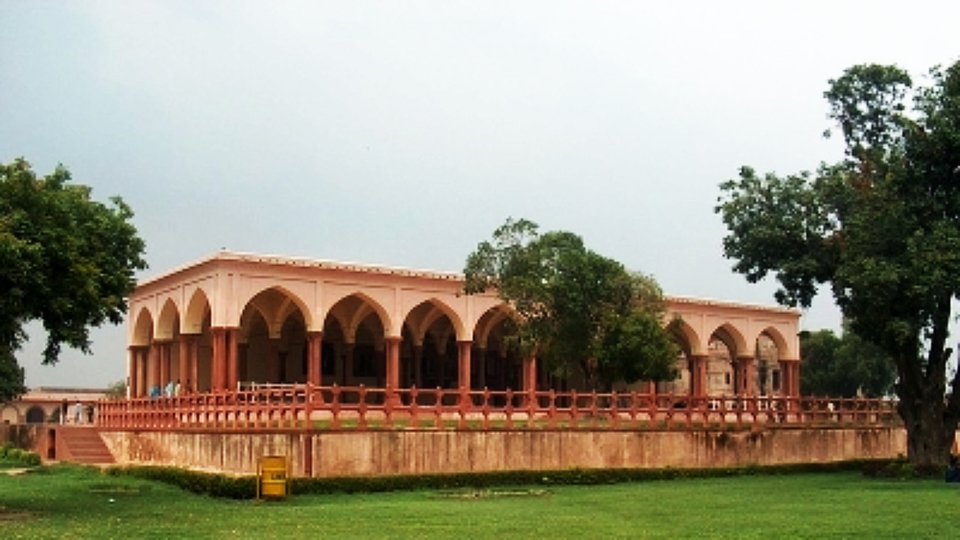
20. St. Mary’s Graveyard
St. Mary’s Graveyard is a historic cemetery in Ajmer, where many British officers and their families were buried during the colonial era. It is located near the Nasirabad railway station and the St. Mary’s Church, which has a relic of the cross of Jesus Christ. The graveyard has several pavilions and monuments that reflect the architectural style of the 19th century. It is a place of interest for history buffs and visitors who want to pay their respects to the departed souls.
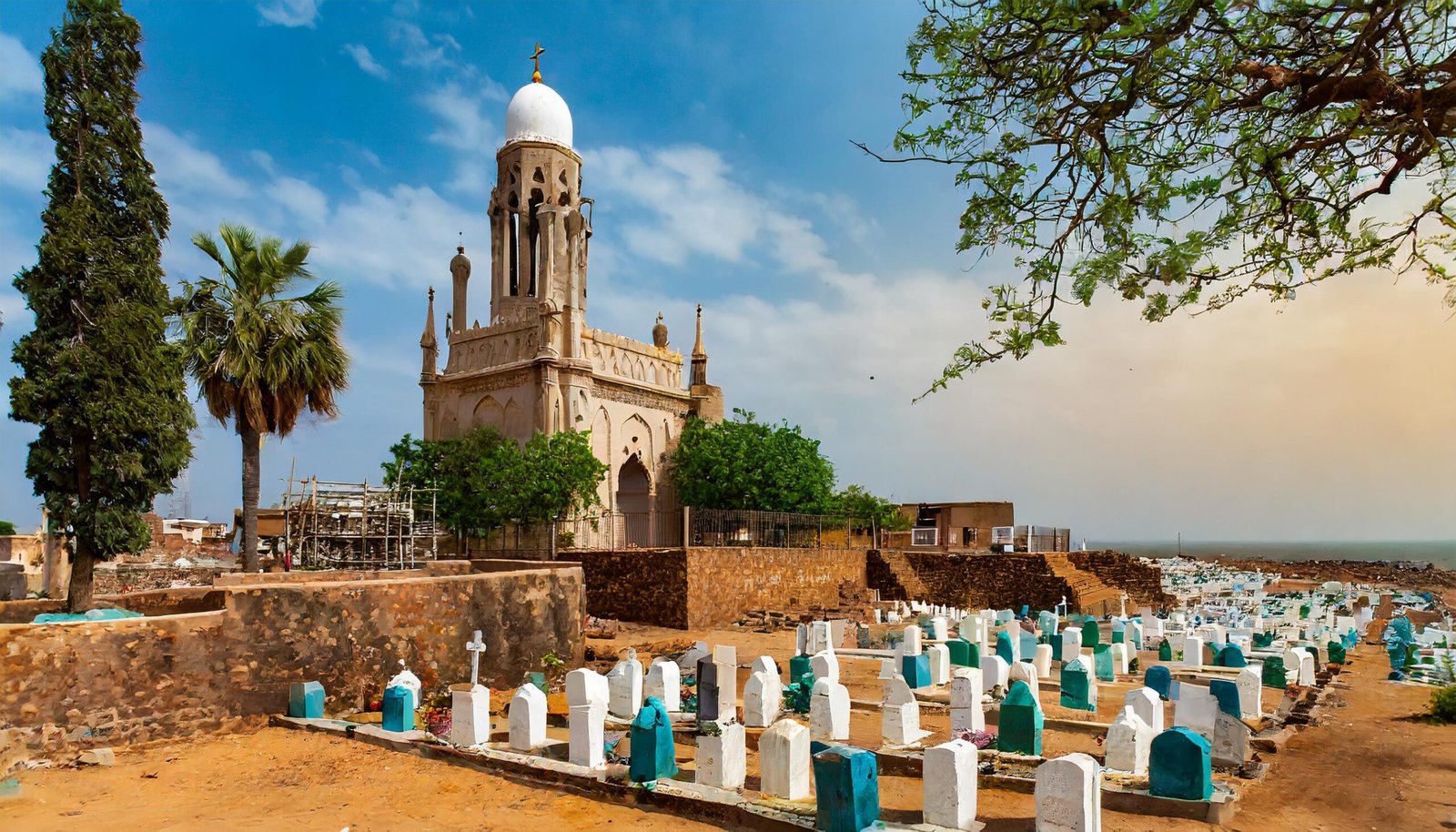
21. Abdullah Khan’s Tomb
Abdullah Khan’s Tomb is a historical monument. This tomb is dedicated to Abdullah Khan, a nobleman during the Mughal era. The structure reflects Mughal architecture and design, featuring intricate carvings and detailing. The tomb holds historical significance, offering visitors a glimpse into the cultural and architectural heritage of the region. It stands as a testament to the rich history of Ajmer during the Mughal period.
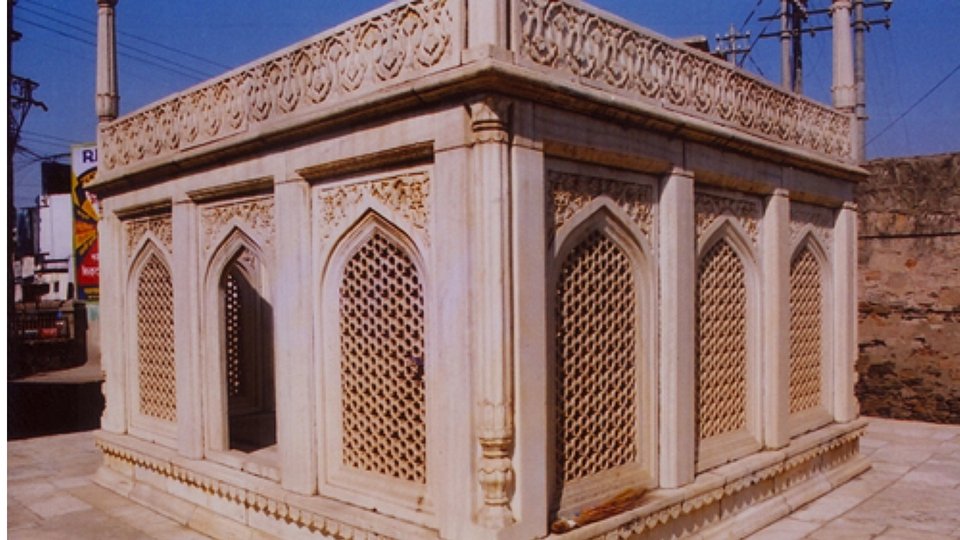
22. Anted ki Mata Temple
Ajmer is adorned with numerous religious sites catering to both Hindus and Muslims, and Anted-Ki-Mata temple holds significance among them. Dedicated to Jain Digambar, it stands out as a prominent Jain temple in Ajmer. The temple gains added importance during Rakshabandhan, a major Hindu festival, marked by a grand fair held annually in August. Beyond its religious appeal, the temple is renowned for its picturesque location amidst lush green surroundings. Visitors are captivated by the exquisite carvings adorning the temple walls, adding to its allure.
23. Subhash Park
Subhash Park is a popular public park. Named after the Indian freedom fighter Subhash Chandra Bose, the park offers a serene and green environment for locals and tourists. It features well-maintained gardens, walking paths, and seating areas, providing a peaceful retreat from the hustle and bustle of the city. Subhash Park serves as a recreational space for families, joggers, and nature enthusiasts. The park’s landscaping and ambiance make it a delightful place to spend leisure time and enjoy the natural surroundings in Ajmer.
Timings: 9:00 Am To 5:00 Pm
Entry Fee: 6 Rupees
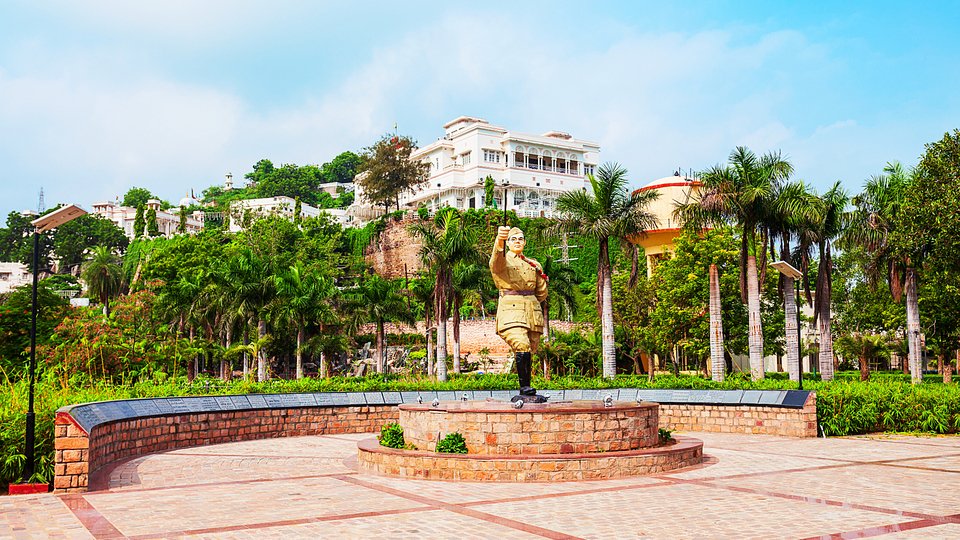
24. Rani Mahal
Rani Mahal is a historic palace that reflects the rich architectural and cultural heritage of the region. Constructed during the reign of Maharaja Ajit Singh, the palace served as the residence for the queens of the royal family. Rani Mahal boasts exquisite Rajput and Mughal architectural elements, adorned with intricate carvings, colorful frescoes, and ornate design patterns. The palace provides a glimpse into the royal lifestyle of bygone eras and stands as a testimony to the opulence and grandeur of Rajasthani royalty. Visitors can explore the various rooms, courtyards, and artwork within Rani Mahal, immersing themselves in the regal charm of Ajmer’s history.
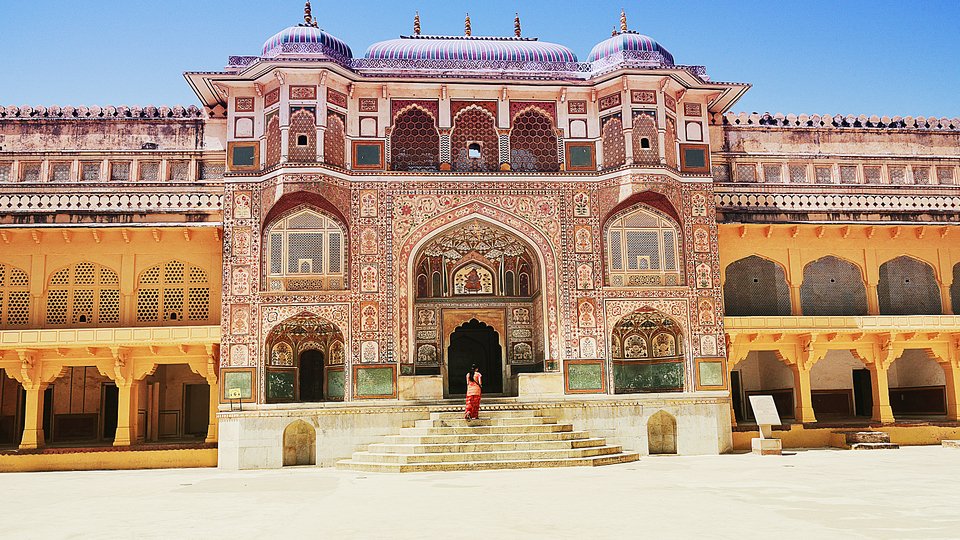
25. Luni River
The Luni River, flowing near Ajmer, is a significant watercourse in the region. Originating in the Aravalli Range, the river meanders through the landscape, contributing to the local ecosystem and providing water for agricultural purposes. Luni River plays a vital role in sustaining the flora and fauna of the area, and its banks are often dotted with lush vegetation. The river’s course also adds to the scenic beauty of the surrounding countryside. Luni River holds cultural and historical significance, as it has witnessed the development and growth of settlements along its banks over the centuries. Visitors to Ajmer may appreciate the natural beauty and tranquility offered by the Luni River as it winds its way through the picturesque landscape.
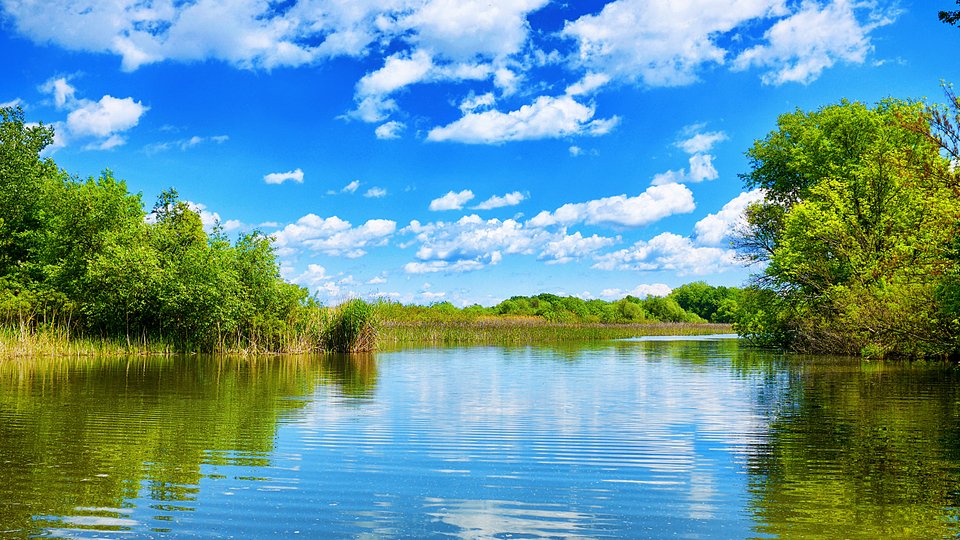
26. Mandir Shri Nimbark Peeth
Mandir Shri Nimbark Peeth is a sacred Hindu temple associated with the Nimbarka Sampradaya, a Vaishnavism tradition. Dedicated to Lord Krishna, this temple follows the teachings of the saint Nimbarka, who emphasized devotion to Radha and Krishna. The temple architecture reflects traditional Hindu design, and it serves as a spiritual and cultural center for followers of the Nimbarka Sampradaya. Devotees visit Mandir Shri Nimbark Peeth to participate in religious ceremonies, prayers, and to seek spiritual guidance in accordance with the Nimbarka tradition.
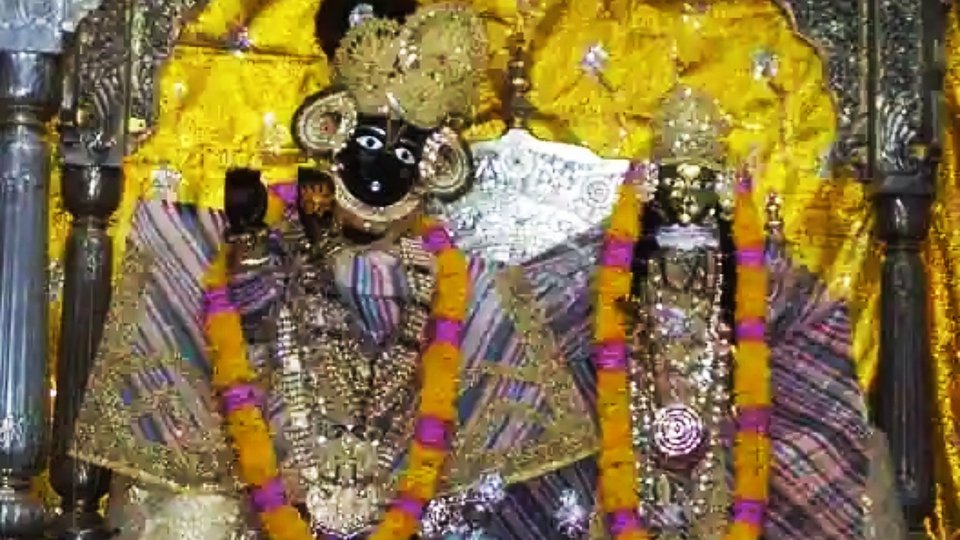
27. Shaheed Smarak
Shaheed Smarak is a memorial dedicated to the martyrs who sacrificed their lives for the nation. This poignant monument stands as a tribute to the bravery and valor of those who fought for India. Shaheed Smarak serves as a place of reflection and remembrance, providing a solemn space for locals and visitors to honor the sacrifices made by the heroes of the nation. The memorial likely includes plaques, inscriptions, or statues commemorating the martyrs and their contributions to the country’s freedom and security.
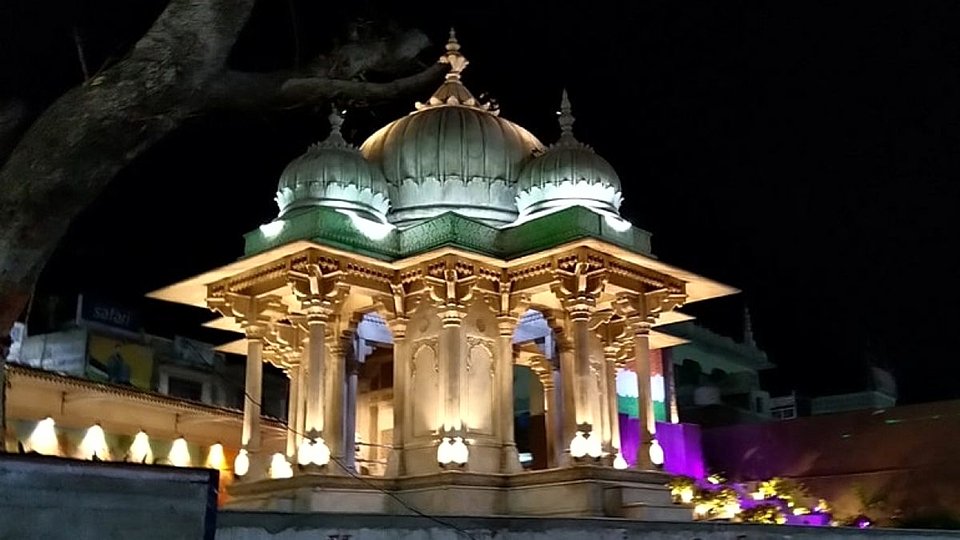
28. Lake Front Bird Park
Lake Front Bird Park is a scenic attraction near Ana Sagar Lake in Ajmer. It is a haven for bird lovers, as it hosts a variety of avian species, such as ducks, geese, swans, pelicans, and flamingos. The park also has a boating facility, a children’s play area, and a cafeteria. Visitors can enjoy the serene views of the lake and the surrounding hills, as well as the colorful and lively birds. Lake Front Bird Park is a perfect place to relax and unwind with nature.
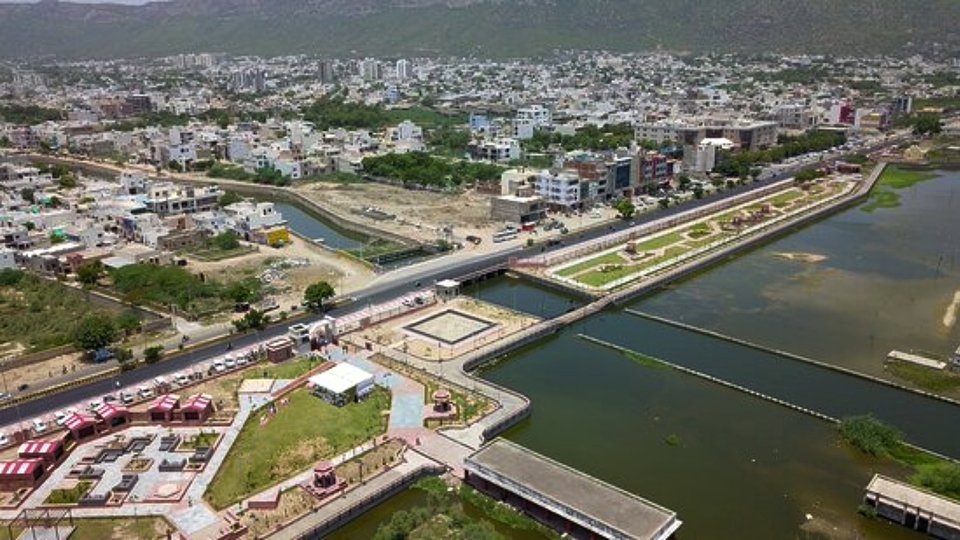
29. Shree Rama Baikunth Kailesh Mandir
Shree Rama Baikunth Kailesh Mandir is a Hindu temple complex in Ajmer. It is dedicated to Lord Vishnu, Lord Shiva, and other deities. It was established by Shri Rama Baikunth Baloo Ram Dharmarth Trust in 1947. The temple is located near Ana Sagar Lake and has a statue of Subhash Chandra Bose, a freedom fighter. The temple is open from 6:00 AM to 12:00 PM and 4:00 PM to 9:00 PM. You can visit the temple to worship, meditate, and enjoy the peaceful atmosphere.
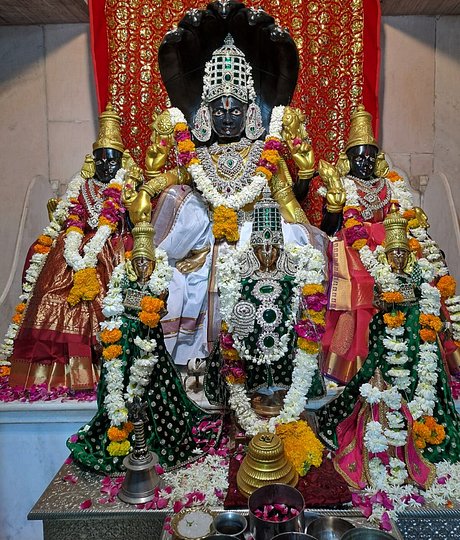
30. Soni ji ki Haveli And Soni ji Ki Nasiyan
Soni Ji ki Haveli is significant historical and religious landmarks associated with the influential Soni family. The haveli, built by Seth Moolchand Soni in the 19th century, showcases Rajasthani architecture and houses a museum detailing the family’s history and Jain community culture. Nasiyan Jain Temple, also known as Soni ji Ki Nasiyan, is a prominent Jain temple in Ajmer. Built in the late 19th century, it is dedicated to Lord Adinath, the first Tirthankara of Jainism. The temple is renowned for its stunning architecture, intricate carvings, and a fascinating exhibition hall known as the Swarna Nagari (City of Gold). The Swarna Nagari exhibits a unique depiction of the Jain concept of the cosmos using gold and precious stones. Nasiyan Jain Temple stands as a significant religious and architectural landmark in Ajmer, attracting both pilgrims and tourists.
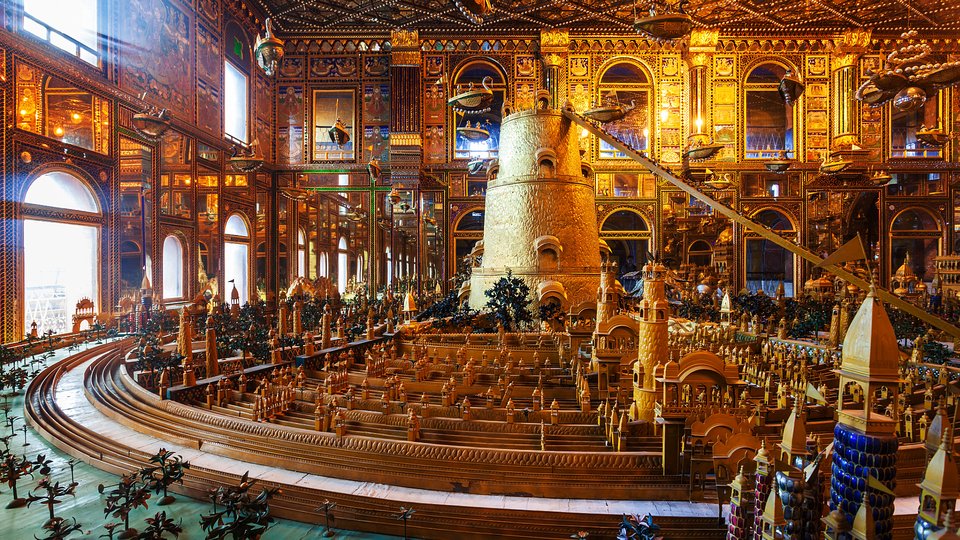
31. Victoria Jubilee Clock Tower
Victoria Jubilee Clock Tower, also known as Clock Tower, is a historical monument in Ajmer. It was built in 1887 to mark the 50th anniversary of Queen Victoria’s reign. The tower is made of red sandstone and marble, and has four clock faces, one on each side. It is located opposite the Ajmer Railway Station, and is a prominent landmark of the city. The tower is a fine example of Indo-Islamic architecture, which blends elements of Indian and Islamic styles.
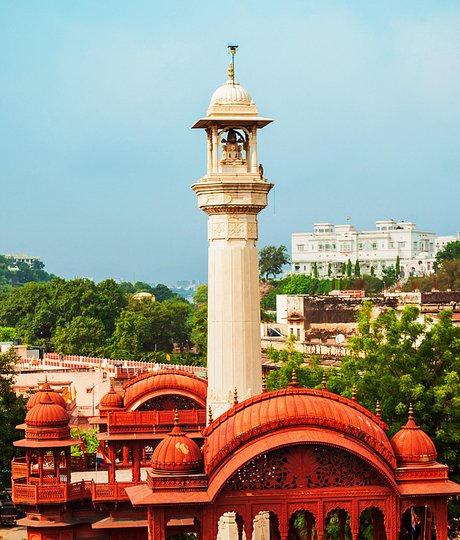
32. Maharana Pratap Smarak
Maharana Pratap Smarak is a monument dedicated to the brave Rajput king Maharana Pratap, who fought against the Mughal empire in the 16th century. The monument is located near Ana Sagar Lake, on the way to Pushkar. It depicts Maharana Pratap on his horse Chetak, ready for battle. The monument is a symbol of courage and patriotism, and offers a scenic view of the lake and the city.
- Timings: Monday-Sunday: 09:00 AM-09:00 PM
- Entry fee: Free
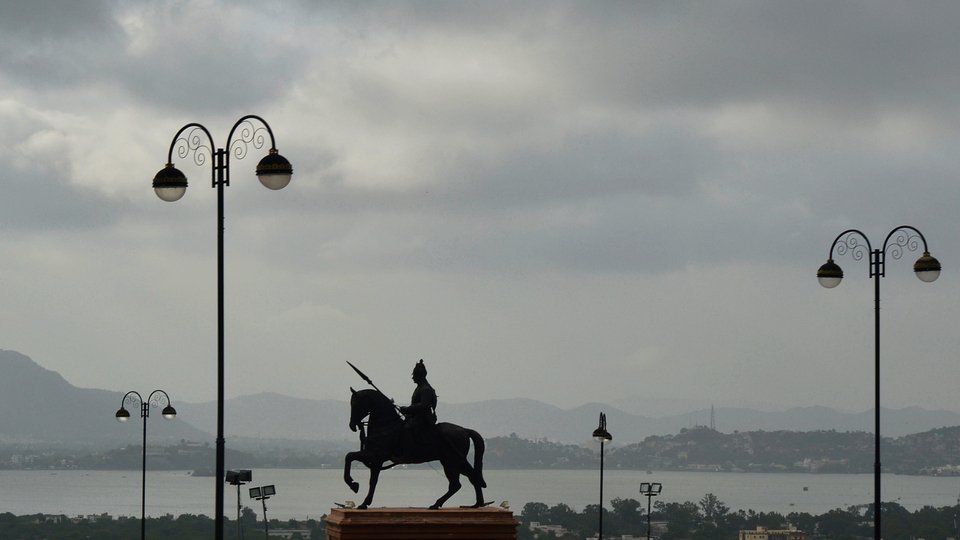
33. Durga Bagh Gardens
Durga Bagh Gardens is a beautiful garden on the banks of the Ana Sagar Lake in Ajmer, Rajasthan. It was built by Maharaja Shiv Dan in 1868 AD. The garden has a marble pavilion (Baradari) built by Emperor Shah Jahan, a fountain, and many trees and flowers. It is a good place to relax and enjoy the nature.
- Timings: Monday to Sunday: 9:00 AM – 6:00 PM
- Entry fee: Free
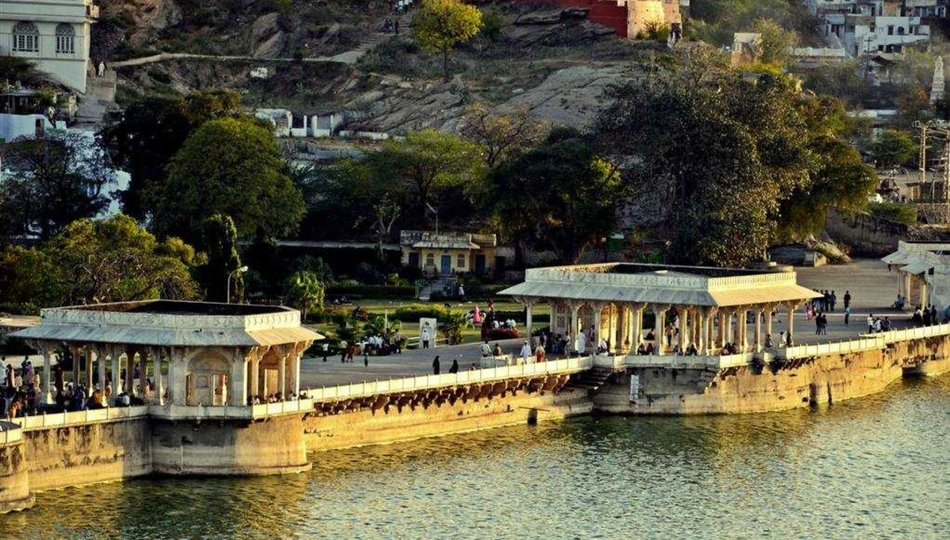
These were places to visit in Ajmer. Hope you liked it. Have a safe journey!
How To Reach Ajmer from Delhi
By Train:
- Ajmer is well-connected by train, and the Ajmer Junction (AII) is a major railway station.
- Trains from Delhi to Ajmer run regularly, and you can find a variety of options.
- The journey takes approximately 6-7 hours by train.
Here are some trains from Delhi to Ajmer along with their names, numbers, and charges in a table format:
| Train Name | Train Number | Departure Station | Arrival Station | Departure Time | Arrival Time | Duration | Fare |
|---|---|---|---|---|---|---|---|
| Vande Bharat Express | 20978 | Delhi Cantt | Ajmer Jn | 18:40 | 23:55 | 5 H 15 M | ₹ 1,300 |
| Swarna Jayanti Rajdhani Express | 12958 | New Delhi | Ajmer Jn | 19:55 | 01:35 | 5 H 40 M | ₹ 1,300 |
| Jan Shatabdi Express | 12066 | Delhi Sarai Rohilla | Ajmer Jn | 16:15 | 22:15 | 6 H 0 M | ₹ 240 |
| Chetak SF Express | 20473 | Delhi S Rohilla | Ajmer Jn | 19:40 | 02:00 | 6 H 20 M | ₹ 240 |
| Shatabdi Express | 12015 | New Delhi | Ajmer Jn | 06:10 | 12:55 | 6 H 45 M | ₹ 1,300 |
| Garib Rath Express | 12215 | Delhi Sarai Rohilla | Ajmer Jn | 08:55 | 15:40 | 6 H 45 M | ₹ 600 |
| Yoga Express | 19032 | Old Delhi | Ajmer Jn | 22:25 | 05:35 | 7 H 10 M | ₹ 240 |
| Ashram Express | 12916 | Old Delhi | Ajmer Jn | 14:55 | 22:20 | 7 H 25 M | ₹ 240 |
You can find more details about these trains and book your tickets online from the following websites: IRCTC. I hope this helps you plan your trip. Have a safe journey! 😊
By Bus:
- Several state-run and private buses operate between Delhi and Ajmer.
- The distance is around 400 kilometers, and the journey by bus usually takes around 8-9 hours, depending on the route and traffic.
By Air:
- The nearest airport to Ajmer is the Jaipur International Airport (JAI), which is approximately 135 kilometers away.
- From Jaipur, you can hire a taxi or take a bus to reach Ajmer.
By Car:
- You can also drive from Delhi to Ajmer, and the journey takes around 6-7 hours, depending on traffic and road conditions.
- The route typically involves taking National Highway 48 (NH48) towards Jaipur and then connecting to NH448 towards Ajmer.
Best Time To Visit Ajmer
The best time to visit Ajmer is between October and March, which comprises the monsoons and winter season. The weather is pleasant unlike the scorching heat of summer during April and June. Hence, summer is a big no unless you’re planning to visit during the Urs months, plan your visit in May. The city is lush green and refreshing during monsoons with picturesque surroundings. Most festivals, both religious and cultural, take place during October and November with the beautiful weather as a cherry on top, making it an ideal time to visit Ajmer.
Nearest Places To Ajmer
Here is a table of these tourist attraction cities near Ajmer and some of the places you can visit there:
| City | Distance from Ajmer | Places to Visit |
|---|---|---|
| Pushkar | 14 km | Brahma Temple, Pushkar Lake, Savitri Temple, Varaha Temple, Pushkar Camel Fair |
| Jaipur | 135 km | Hawa Mahal, Amber Fort, City Palace, Jantar Mantar, Nahargarh Fort |
| Jodhpur | 200 km | Mehrangarh Fort, Umaid Bhawan Palace, Jaswant Thada, Mandore Garden, Balsamand Lake |
| Udaipur | 265 km | Lake Pichola, City Palace, Jagdish Temple, Fateh Sagar Lake, Saheliyon Ki Bari |
| Pali | 151 km | Jawai Dam, Ranakpur Jain Temple, Parshuram Mahadev Temple, Om Banna Temple, Surya Narayan Temple |


